Are you interested in exploring historic homes? Here are the must-see historic houses in Germany:
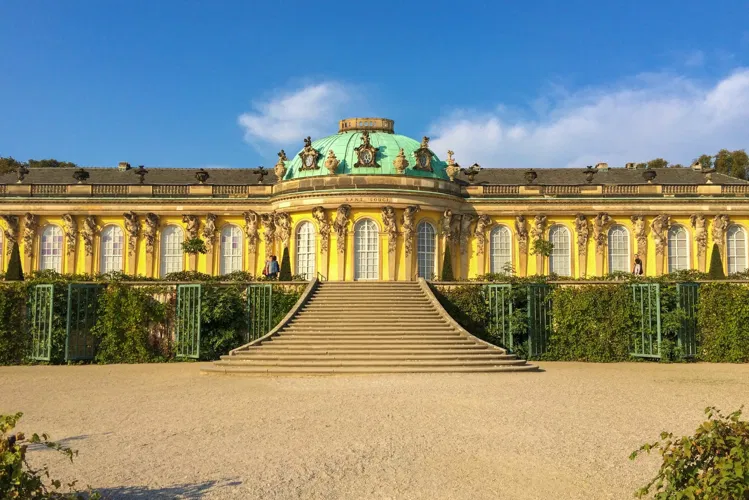
Sanssouci Palace
PotsdamSanssouci, also known as Vanangur, is a summer palace of Frederick II, King of Prussia, located in Potsdam, near Berlin. It is considered the most beautiful rococo palace in Germany and is a landmark of the city of Potsdam. The palace is listed as a UNESCO World Heritage Site and is often referred to as the German version of Versailles.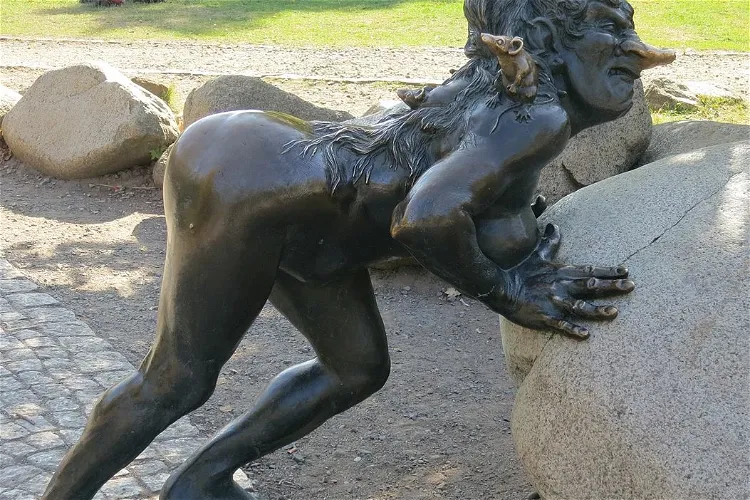
Hexentanzplatz Zoo
ThaleAbove the Hexentanzplatz, visitors can find the remains of the Sachsenwall. This wall, made of granite rocks, is believed to be part of a larger fortification that is over 1,500 years old. This historical site provides a glimpse into the past and the rich history of the area.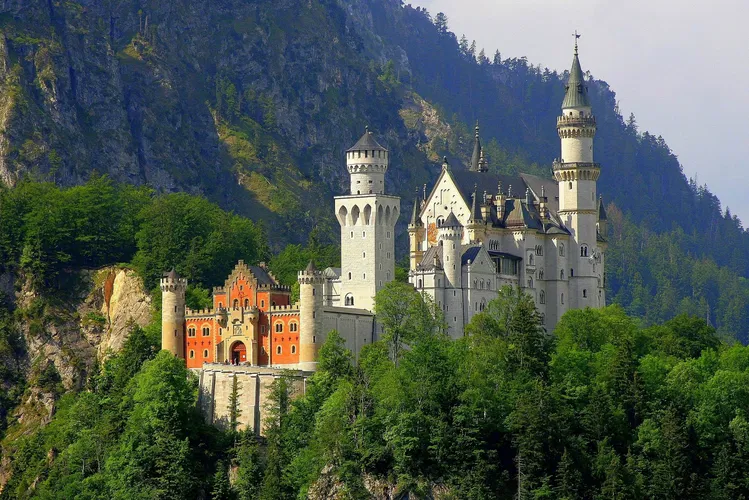
Neuschwanstein Castle
SchwangauNeuschwanstein Castle, a 19th-century palace, is located on a hilltop above the village of Hohenschwangau near Füssen in southwest Bavaria, Germany. The castle was built in a neo-romantic style, which is a revival of medieval architecture. The location of the castle offers a panoramic view of the surrounding landscape, making it a picturesque spot for visitors.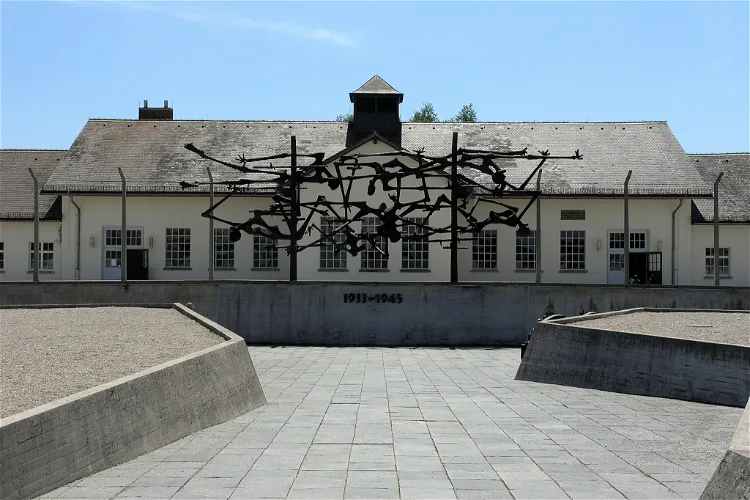
Dachau concentration camp
DachauDachau, the first Nazi concentration camp, is located near the town of Dachau, approximately 16 kilometers northwest of Munich. The camp was established in a disused gunpowder factory and was put into operation on March 22, 1933, the same year that Hitler came to power in Germany. This historical site provides a glimpse into the grim past of the Nazi era.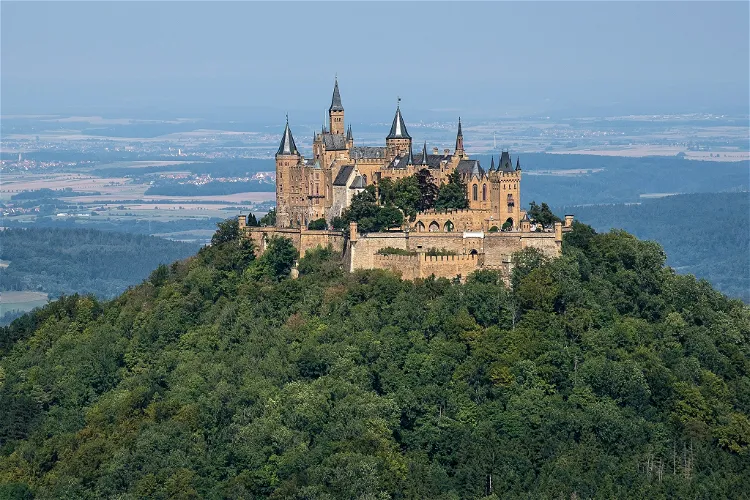
Hohenzollern Castle
ZimmernBurg Hohenzollern, a castle of the princely Hohenzollern family, is situated between the municipalities of Hechingen and Bisingen in Germany. The castle stands on an 855-meter high mountain, colloquially known as Zollernberg or Zoller. This location offers visitors a unique and breathtaking view of the surrounding landscape.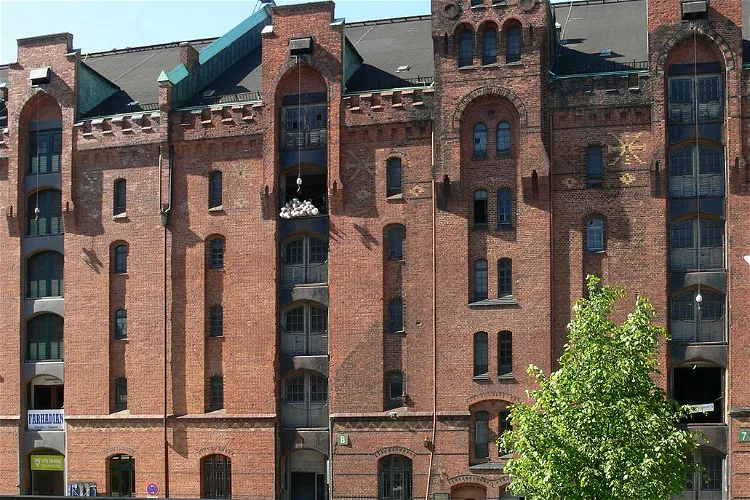
Hamburg Dungeon
HamburgThe Hamburg Dungeon is a unique tourist attraction that was established in the year 2000. It is part of a chain that includes the London Dungeon and Berlin Dungeon, making it the first of its kind to be built in mainland Europe. This attraction offers a unique perspective on history, providing an interactive experience led by actors.
Würzburg Residence
WürzburgThe Würzburg Residence is a former episcopal palace and a combination of rococo and baroque architecture. This historical building, which was built on the orders of the two prince-bishops von Schönborn, is a testament to the architectural prowess of the 18th century. The construction lasted from 1720 to 1744 and was designed by Johann Balthasar Neumann. The late baroque residence is considered one of the most important of its kind.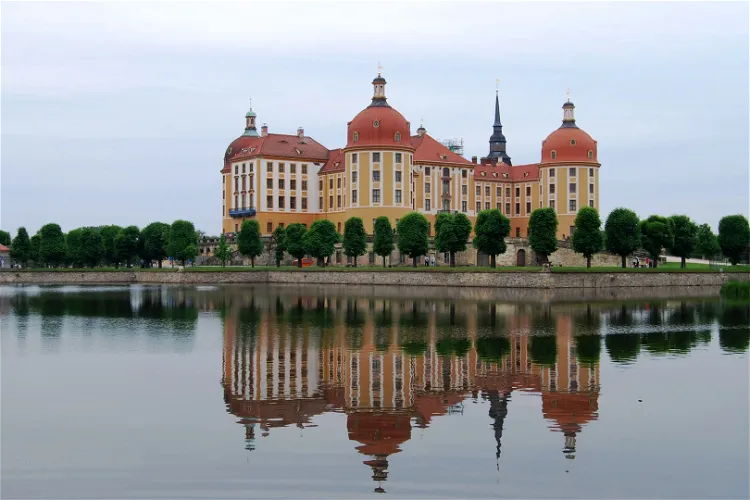
Moritzburg Castle
MoritzburgSchloss Moritzburg, a baroque hunting lodge, is located in the municipality of Moritzburg, near Dresden in the Free State of Saxony, Germany. The castle was built in the 16th century by Elector Moritz of Saxony and was later remodeled by Augustus the Strong. This historical monument is a testament to the architectural prowess of the time and offers a glimpse into the lives of the nobility who once resided here.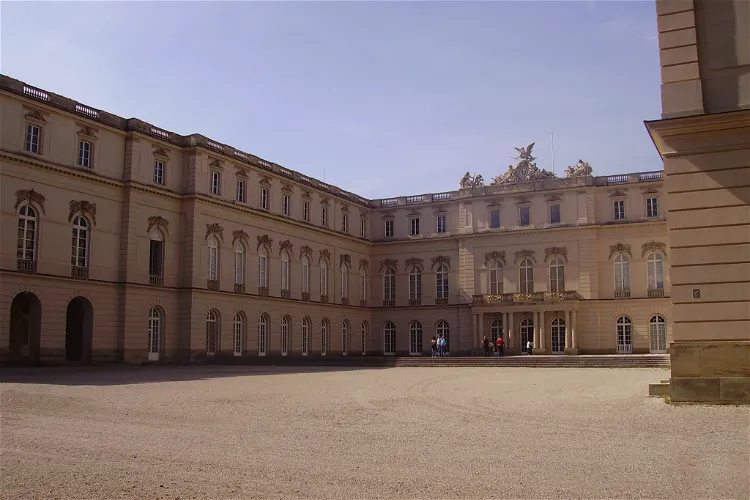
Herrenchiemsee
ChiemseeHerrenchiemsee is a castle located on an island in Lake Chiem, approximately 80 kilometers east of Munich. This grand structure was commissioned by King Louis II of Bavaria, a monarch known for his extravagant architectural projects. The castle's location on an island adds to its allure, offering visitors a unique experience of exploring a historical monument surrounded by the natural beauty of a lake.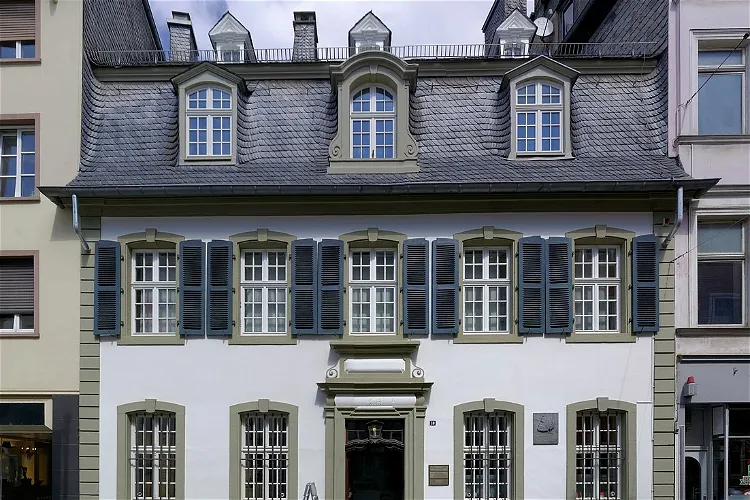
Karl Marx House
TrierThe Karl Marx House museum, located in Trier, Germany, is a biographical and writer's house museum. It is the birthplace of Karl Marx, the father of Marxism, who was born in the house in 1818. The museum is dedicated to the life and writings of Marx, as well as the history of communism.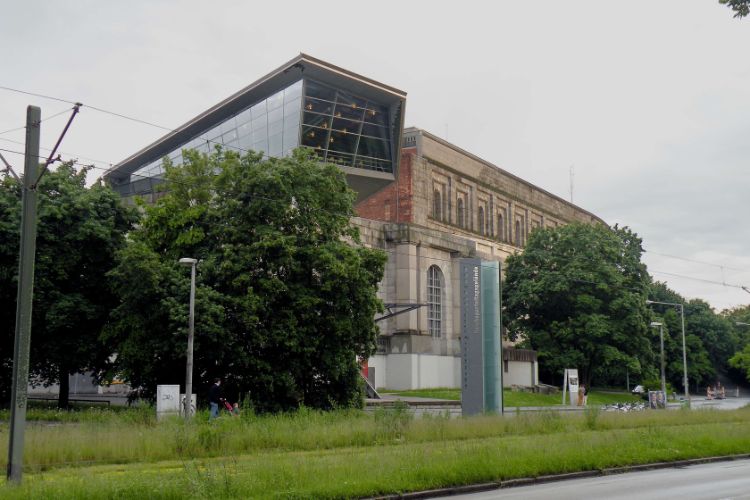
Documentation Center Nazi Party Rally Grounds
NurembergThe Documentation Center Nazi Party Rally Grounds is a museum in Nuremberg housed in the remains of the Congress Hall of the former Nazi party rallies. The museum features a permanent exhibition called "Fascination and Terror" on the causes, connections, and consequences of Nazi Germany and National
Marienberg Fortress
WürzburgMarienberg Fortress, the oldest structure in the city of Würzburg, Germany, stands on a hill by the Main River. This historic site was once the residence of counts before becoming the seat of prince-bishops. Its strategic location and rich history make it a fascinating destination for tourists interested in history and architecture.
City Castle in Weimar
WeimarSchloss Weimar, also known as Stadtschloss, is a significant historical site in Weimar, Thuringia, Germany. It served as the residence of the dukes of Saxe-Weimar and Eisenach, adding to its historical importance. The palace is a part of the World Heritage Site 'Classical Weimar', which highlights Weimar's cultural significance during the late 18th and 19th centuries.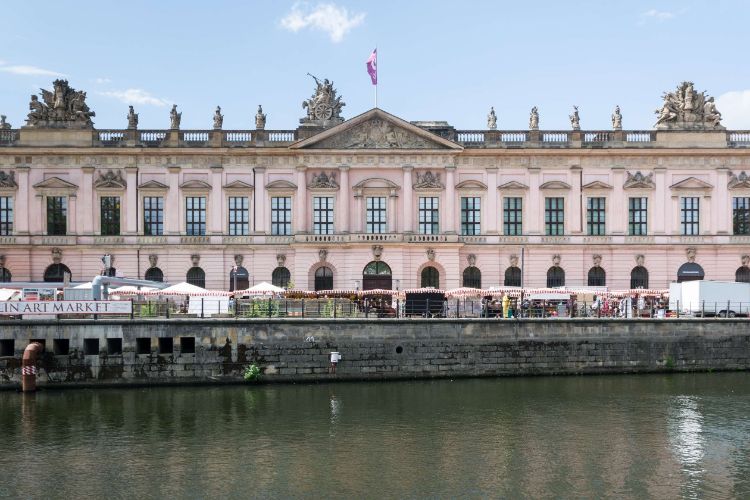
German Historical Museum
BerlinOpened in 1987, as part of the celebration of 750 years since the founding of Berlin, the German Historical Museum follows the long history of the German nation, as well as that of entire Europe. The museum is located in two main buildings, one modernist, other Baroque, which were erected some 250 y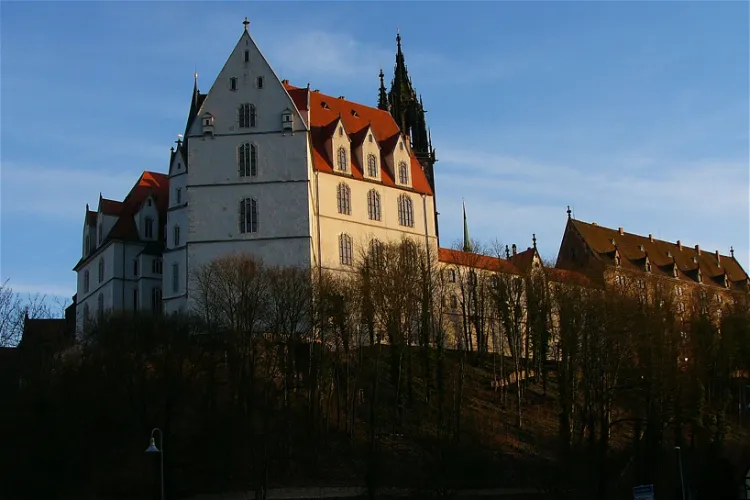
Albrechtsburg Castle
MeissenAlbrechtsburg is a late Gothic castle situated in the heart of Meissen, in the federal state of Saxony, Germany. This historic castle, with its rich history and architectural beauty, offers a unique glimpse into the past. It was built in the late Gothic period and has since been a significant landmark in the city. The castle's location in the city center makes it easily accessible for tourists.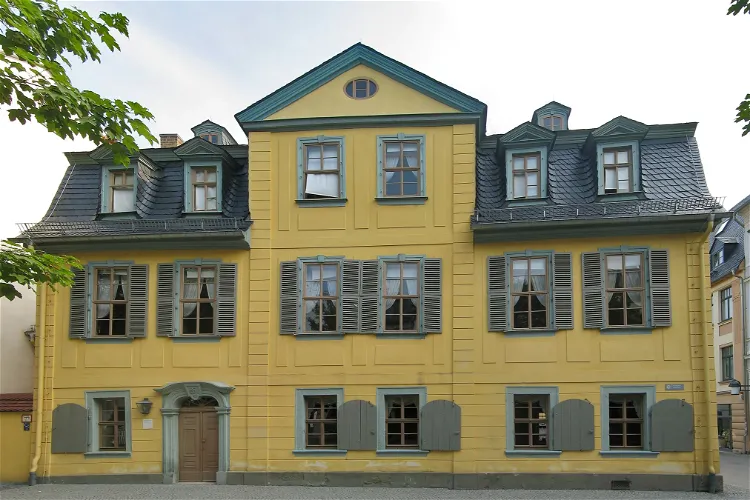
Schiller's House
WeimarSchiller's House, also known as Schillerhaus, is a museum located in Weimar. It is managed by the Klassik Stiftung Weimar and was once the home of the renowned German poet, philosopher, physician, historian, and playwright Friedrich Schiller. The museum offers a unique opportunity to explore the life and works of Schiller in the very place he once lived.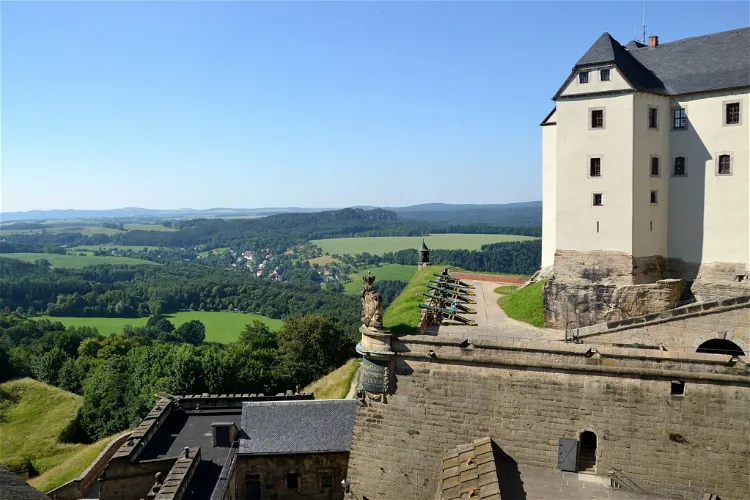
Königstein Fortress
KönigsteinKönigstein Fortress, located in the German state of Saxony, is one of the largest mountain fortresses in Europe. It is situated in Sächsische Schweiz, a part of the Elbe Sandstone Mountains. The fortress is built on a plateau named after it, standing 352 meters above sea level and to the west of the town of Königstein on the left bank of the Elbe in the district of Sächsische Schweiz-Osterzgebirge.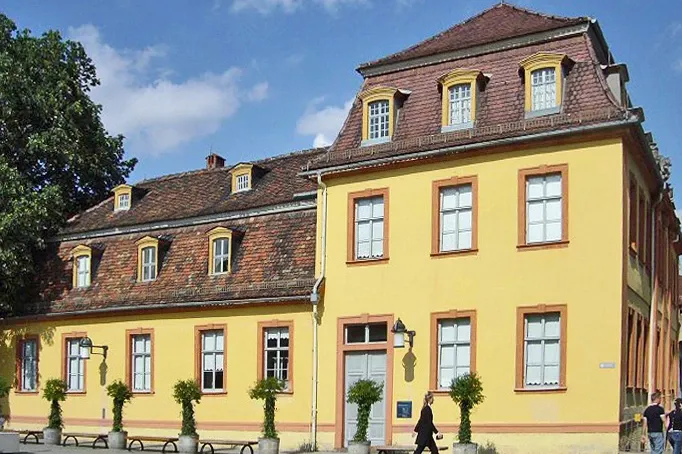
Wittumspalais
WeimarThe Wittumspalais is a museum located in Weimar, Germany. It is operated by the Klassik Stiftung Weimar, a foundation dedicated to preserving and promoting the cultural heritage of Weimar. The museum offers a glimpse into the historical and cultural life of the city.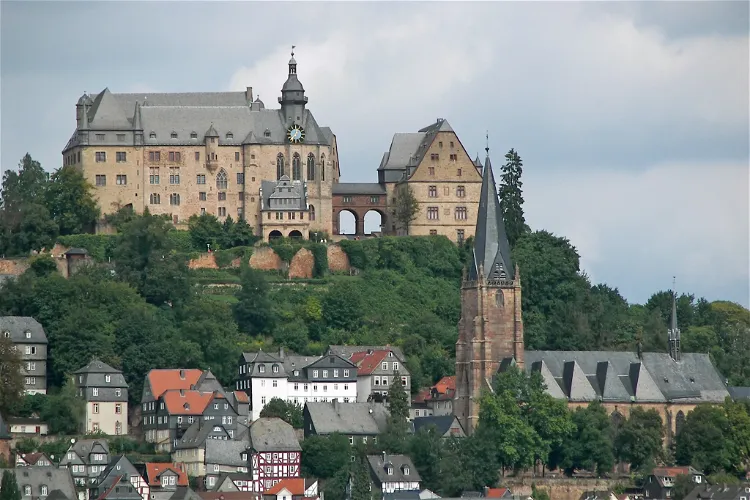
Marburger Schloss
MarburgMarbach Castle, located in the German city of Marburg, is a significant historical site. The city of Marburg originally formed around this fortress, which was constructed in stages starting from the 11th century. This castle has witnessed numerous historical events and changes, making it a fascinating destination for those interested in history and architecture.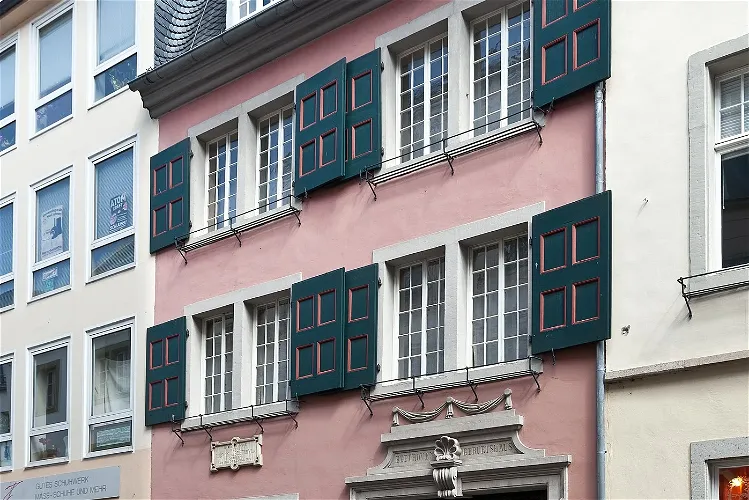
Beethoven House
BonnThe Beethoven-Haus is a music museum situated in Bonn, Germany. It is dedicated to the life and works of the renowned composer Ludwig van Beethoven. The museum is located at Bonngasse 20, the birthplace of the composer, making it a significant site for music enthusiasts and historians alike.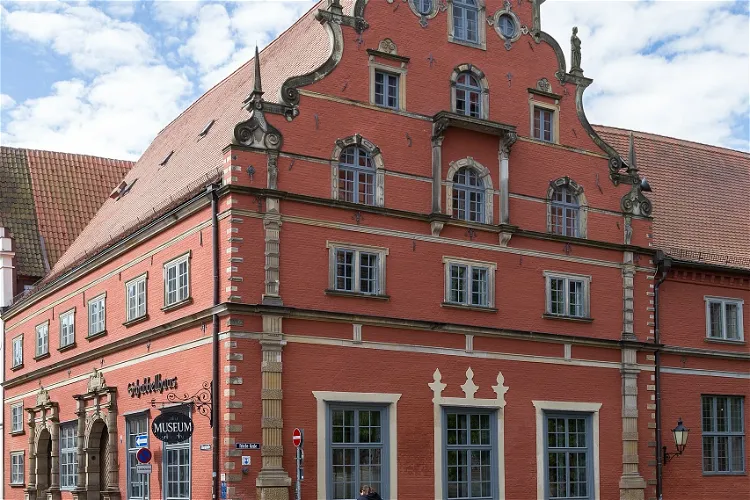
City History Museum of Wismar
WismarThe City History Museum of the Hanseatic City of Wismar is situated in the historic Schabbellhaus, located at Schweinsbrücke No. 6 and 8 in Wismar-Altstadt. This building is a protected monument, adding to its historical significance and charm.
Hospital of the Holy Spirit
LübeckThe Hospital of the Holy Spirit, or Heiligen-Geist-Hospital, is a significant historical landmark in Lübeck. Constructed between 1227 and 1286, it stands as one of the best-preserved medieval hospices in Germany and is recognized as one of the oldest social institutions in Europe. Its rich history and architectural grandeur make it a fascinating destination for tourists interested in history, architecture, and social institutions.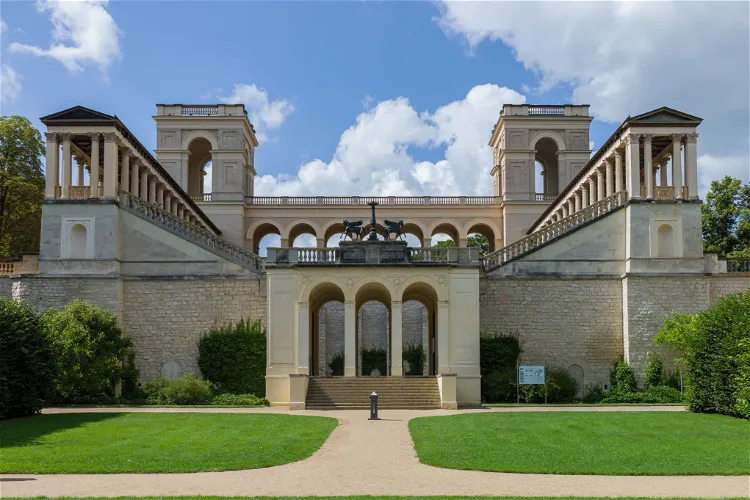
Belvedere on the Pfingstberg
PotsdamThe Belvedere on the Pfingstberg is a palace situated in Potsdam, Germany. It is located north of the New Garden, at the summit of Pfingstberg hill. This location offers a unique vantage point over the surrounding area, making it a popular spot for visitors.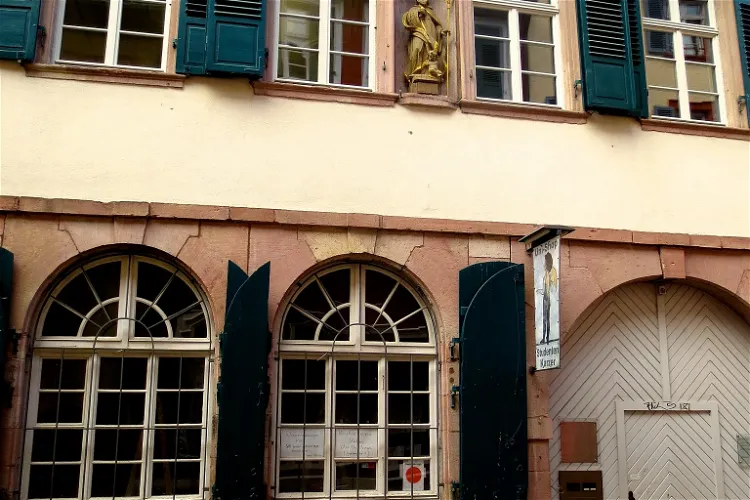
Studentenkarzer
HeidelbergToday, the Studentenkarzer is part of the museum of the history of the Old University of Heidelberg. It offers visitors an opportunity to explore the university's past and understand the unique student culture that existed. The museum is a testament to the university's rich academic history and the evolution of its disciplinary practices.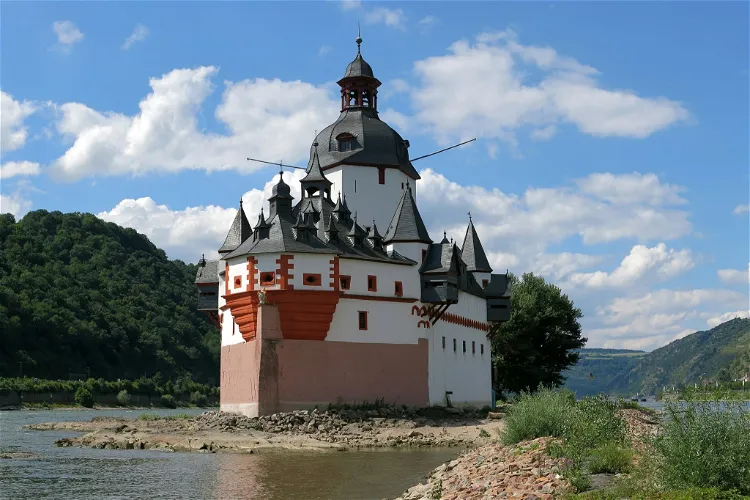
Pfalzgrafenstein Castle
KaubPfalzgrafenstein Castle, also known as 'the Pfalz', is located on Falkenau Island in the River Rhine near Kaub, Germany. This former toll castle is renowned for its unique and picturesque setting. The castle's keep, a pentagonal tower with its point upstream, was built between 1326 and 1327 by King Ludwig the Bavarian. The castle is accessible to the public and can be reached via a ferry service from nearby Kaub, depending on river conditions.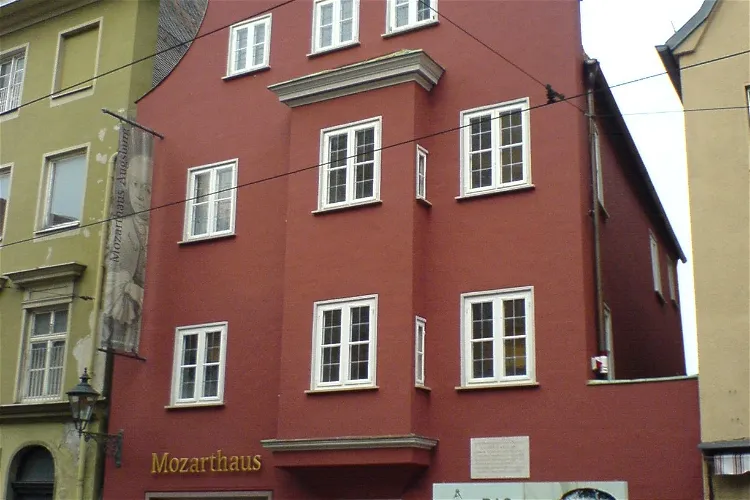
Mozarthaus Augsburg
AugsburgThe Leopold Mozart House Augsburg is a museum that holds significant historical value. It is situated in a 17th-century craftsman's house where Leopold Mozart, the father of the renowned composer Wolfgang Amadeus Mozart, was born in 1719. This location provides a unique insight into the early life and environment of the Mozart family.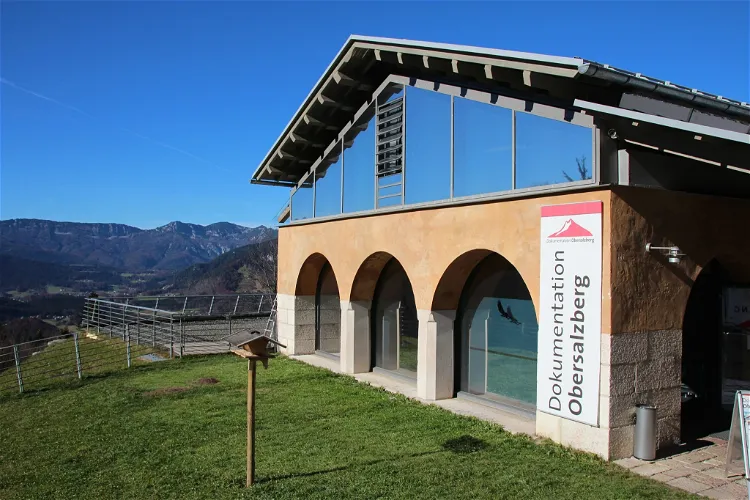
Dokumentationszentrum Obersalzberg
BerchtesgadenDokumentation Obersalzberg is a museum located in the Obersalzberg resort near Berchtesgaden. The museum provides detailed information about the use of the mountainside retreat by Nazi leaders, particularly Adolf Hitler. This location was a frequent retreat for Hitler, making it a significant site for understanding the history of Nazi Germany.
Veste Oberhaus
PassauVeste Oberhaus is a historic castle located on the left side of the Danube River, directly opposite the old town of Passau. The castle was established in 1219 and served as the residence of the prince-bishop of the Hochstift Passau for a significant period of time. This castle is a symbol of the city's rich history and offers a unique insight into the past.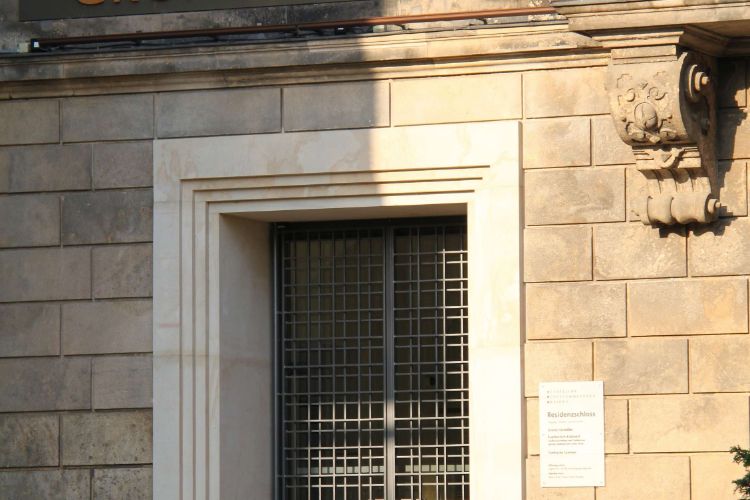
Green Vault
DresdenThe Green Vault (Grünes Gewölbe) is a museum in Dresden that holds the largest collection of treasures in Europe and contains many exhibits from the Baroque to Classicism. The Green Vault is named after the formerly malachite green painted column bases and capitals of the main rooms. The museum open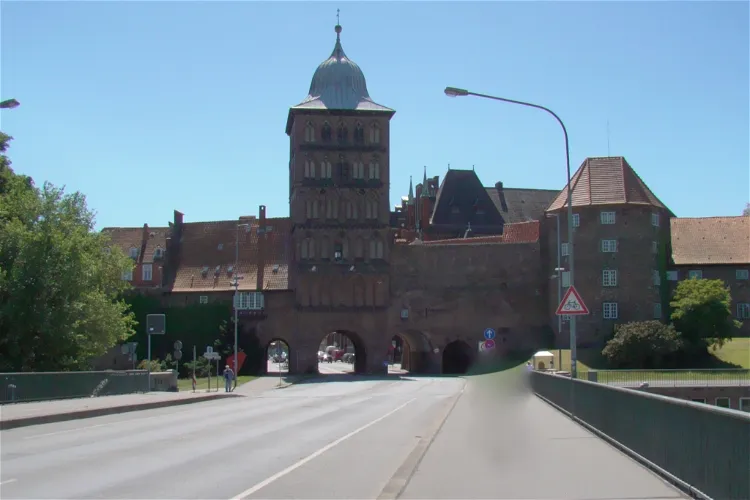
Burgtor
LübeckBurgtor, along with Holstentor, is one of the two medieval city gates that still stand in Lübeck. These gates are a testament to the city's rich history and architectural prowess. They have withstood the test of time and provide a glimpse into the city's past. Tourists visiting Lübeck can explore these gates and learn about their historical significance.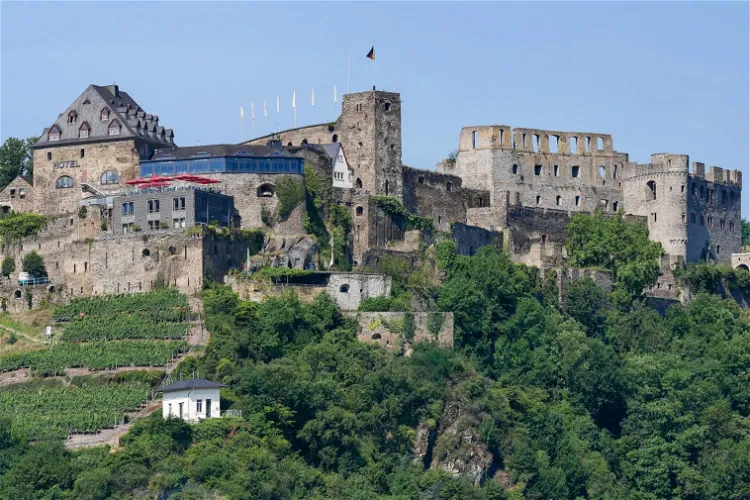
Rheinfels Castle
Sankt GoarRheinfels Castle, located in Sankt Goar, Germany, is a historic castle ruin that dates back to 1245. It was initiated by Count Diether V of Katzenelnbogen and stands majestically above the left bank of the Rhine. This castle offers a glimpse into the rich history of the region and is a significant landmark.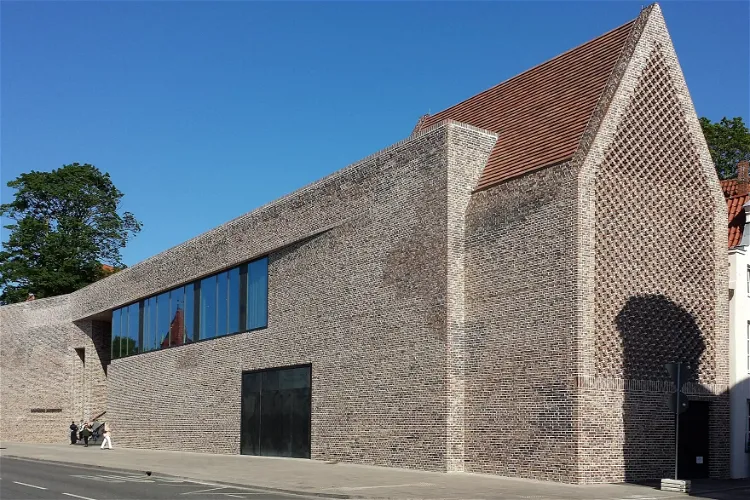
European Hansemuseum
LübeckThe European Hansemuseum, located in Lübeck, Germany, is a museum dedicated to the history of the Hanseatic League. This museum provides a comprehensive overview of the Hanseatic League's history, making it a valuable resource for those interested in learning more about this significant period in European history.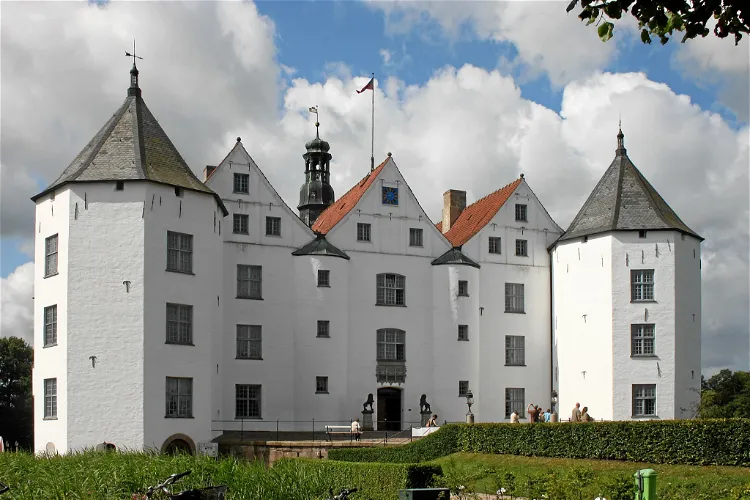
Glücksburg Castle
Glücksburg (Ostsee)Lyksborg Slot, also known as Schloss Glücksburg in German, is a castle located in northern Germany. It was constructed between the years 1582 and 1587 by Hans the Younger, who was the son of Christian 3. This castle is recognized as one of the most significant Renaissance castles in the North.
New Palace, Bayreuth
BayreuthThe New Palace in Bayreuth, known as Das Neue Schloss Bayreuth in German, was constructed from 1753. This construction was initiated after a fire in January 1753 had largely destroyed the previous residence, which is now referred to as the Old Palace. The New Palace stands as a testament to the architectural prowess of the time and the resilience of the people in rebuilding after the fire.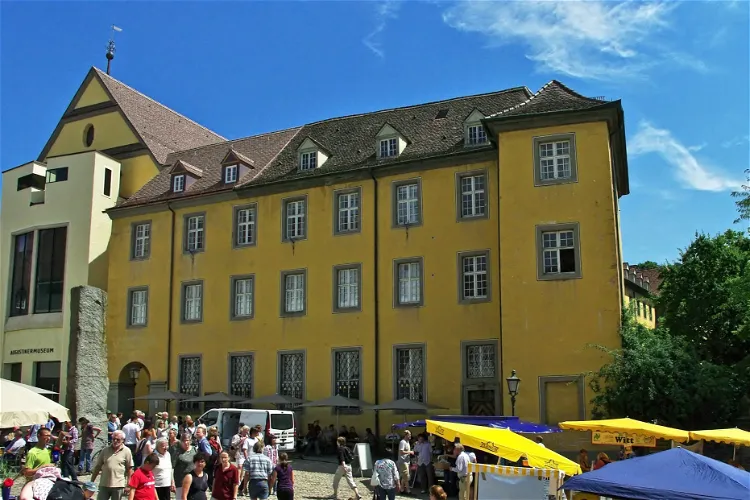
Augustiner Museum
Freiburg im BreisgauThe Augustinermuseum is the principal museum of Freiburg im Breisgau, located in the Baden-Württemberg region of Germany. It is a significant cultural institution in the city, offering a wide range of exhibits and collections for visitors to explore.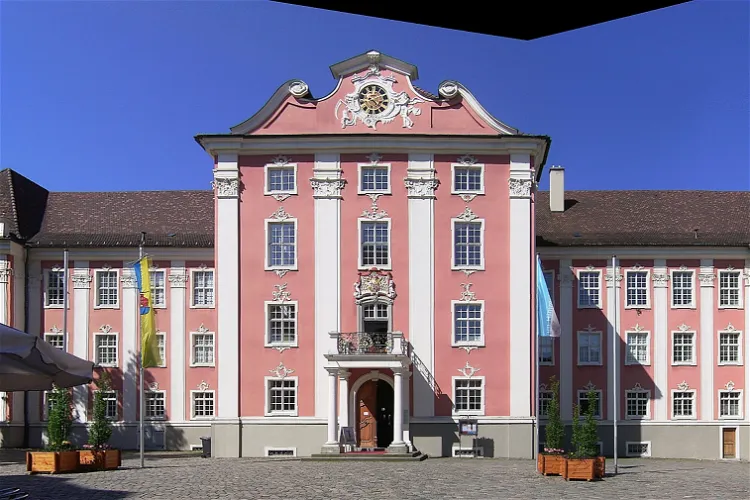
New Castle
MeersburgToday, the Neues Schloss Meersburg houses several museums, providing a diverse range of exhibits for tourists to explore. The Town Gallery (Städtische Galerie) and the Dornier Museum occupy the 2nd floor, while the Palace Museum of the Prince Bishops (Fürstbischöfliche Schlossmuseum) is located on the 3rd floor. The latter offers visitors the chance to view the residential and representation rooms of the prince bishops, refurnished with contemporary appointments from that era.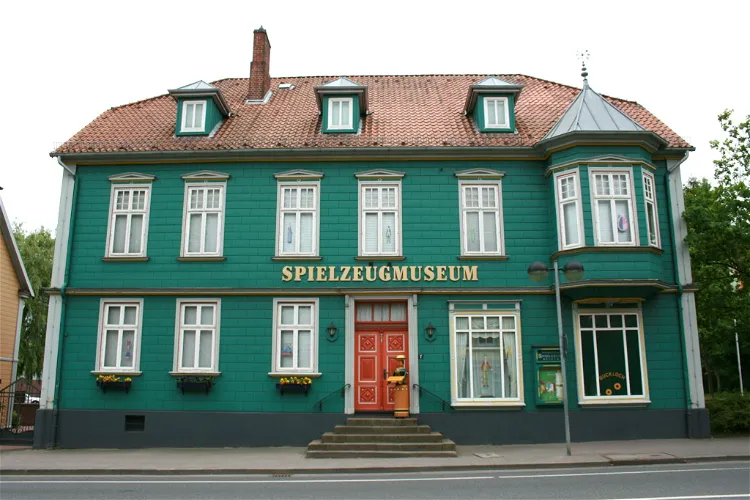
Soltau Toy Museum
SoltauThe Soltau Toy Museum, previously known as the North German Toy Museum, is located in the city of Soltau in Lower Saxony. The museum was born out of a private collection from the Ernst family of Soltau and now draws up to 40,000 visitors each year.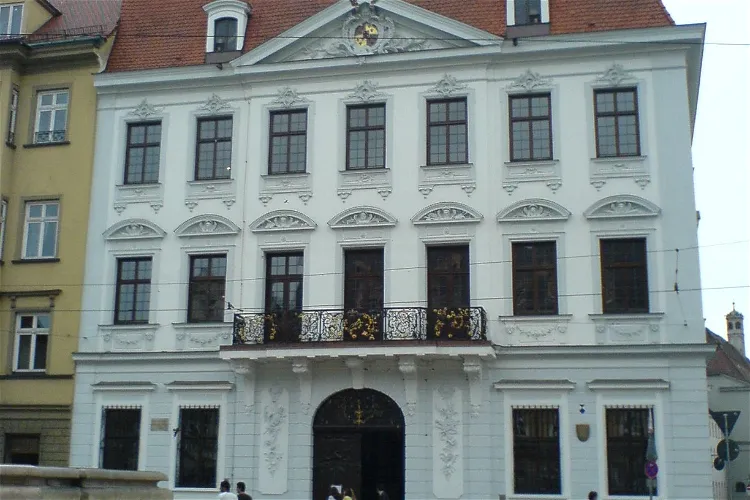
Schaezlerpalais
AugsburgThe Schaezlerpalais in Augsburg is a significant location for art enthusiasts as it houses both city and state art collections. This provides visitors with a unique opportunity to explore a wide range of artworks under one roof. The collections include various periods and styles, offering a comprehensive overview of the art history.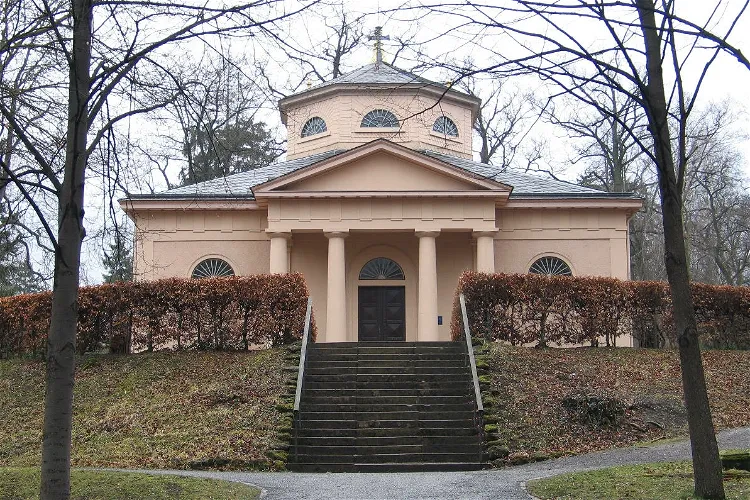
Classical Foundation Weimar
WeimarThe Klassik Stiftung Weimar, or Classical Foundation Weimar, is a major cultural institution in Germany. It boasts an impressive collection of over 20 museums, palaces, historic houses, and parks, along with a vast array of literary and art collections. This makes it a significant destination for those interested in exploring Germany's rich cultural history.
Goethe's garden house (
WeimarGoethe's Garden House, nestled in the Park an der Ilm in Weimar, served as the primary residence and workspace of the renowned German writer, Johann Wolfgang von Goethe. This historical site offers a unique insight into the life and work of one of Germany's most celebrated literary figures.
Armory house
AugsburgThe Armory, locally known as Das Zeughaus, is a significant historical building located in the old town of Augsburg. It was constructed between the years 1602 and 1607 by the renowned architect Elias Holl. This period piece of architecture offers a glimpse into the city's rich history and is a notable landmark in Augsburg.
International Artists Villa Concordia
BambergThe Villa Concordia is not just a residence for artists, but also a vibrant cultural venue. It regularly hosts exhibitions, readings, and concerts featuring the work of the artists in residence. These events provide an opportunity for visitors to engage with contemporary art and culture, and to gain insights into the creative processes of the artists.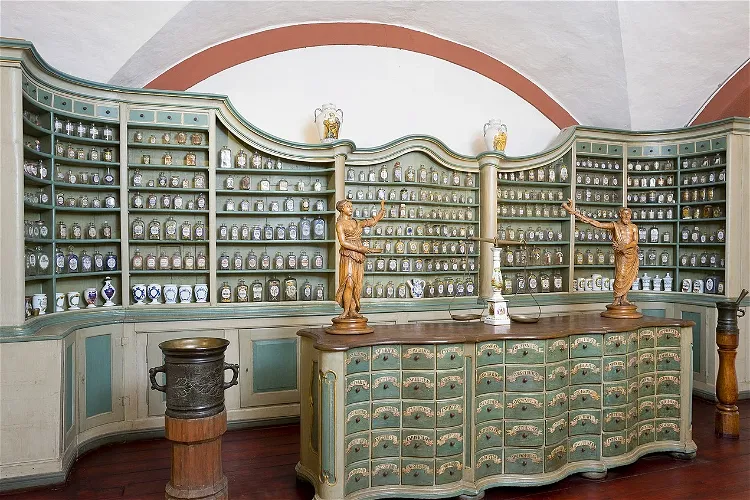
German Pharmacy Museum
HeidelbergThe German Pharmacy Museum in Heidelberg is a unique institution dedicated to the history of pharmacy. It boasts extensive collections that cover the entire German-speaking region from antiquity to the 21st century. This museum provides a comprehensive overview of the evolution of pharmacy and medicine, making it a fascinating destination for anyone interested in history, science, or medicine.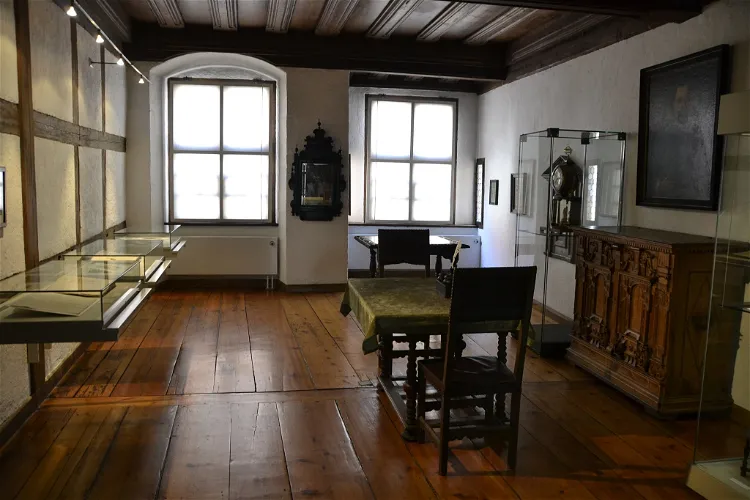
Kepler's Last Residence & Museum
RegensburgThe Kepler Memorial House in Regensburg is a significant historical site as it is the place where the renowned astronomer Johannes Kepler passed away. This house provides a unique opportunity for visitors to step into the past and explore the life and work of one of the most influential figures in the history of astronomy.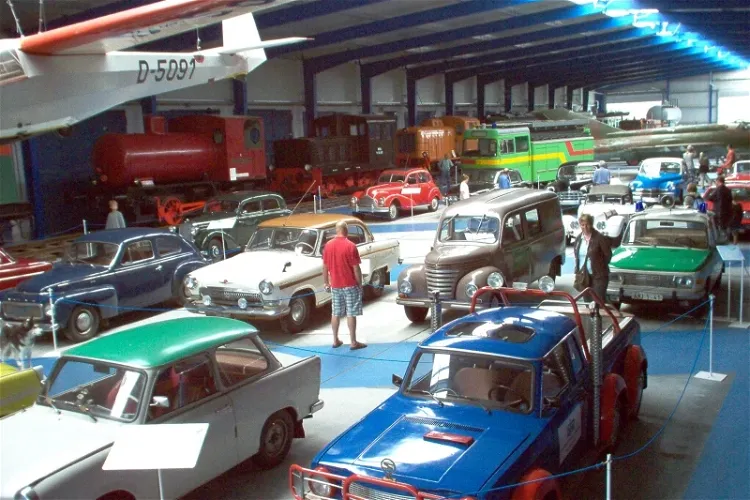
Oldtimer Museum Rügen
BinzThe Oldtimer Museum Rügen, formerly known as the Rügen Railway and Technology Museum, is a unique destination for railway enthusiasts and history buffs. Located on the picturesque Baltic Sea island resort of Rügen in Mecklenburg-Western Pomerania, Germany, the museum offers a deep dive into the history and evolution of railway technology in Germany.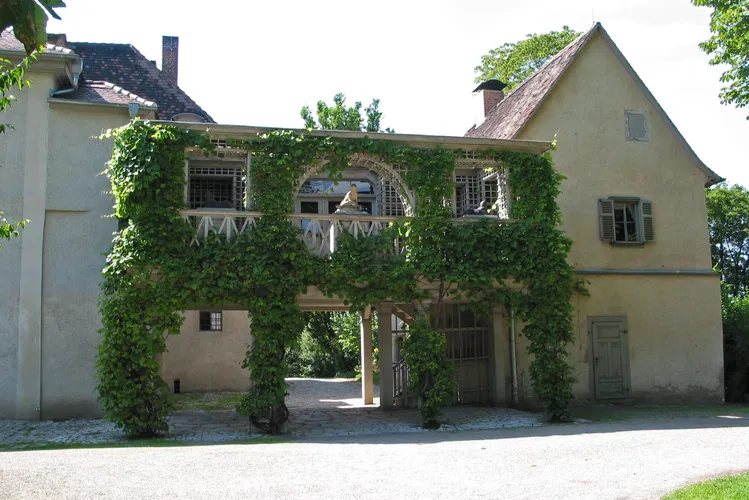
Tiefurt House
WeimarTiefurt Castle is a quaint castle situated on the banks of the Ilm River. It is nestled in the village of Tiefurt, which is approximately four kilometers away from the heart of the city of Weimar. This location makes it a peaceful retreat away from the bustling city center, yet close enough for easy access.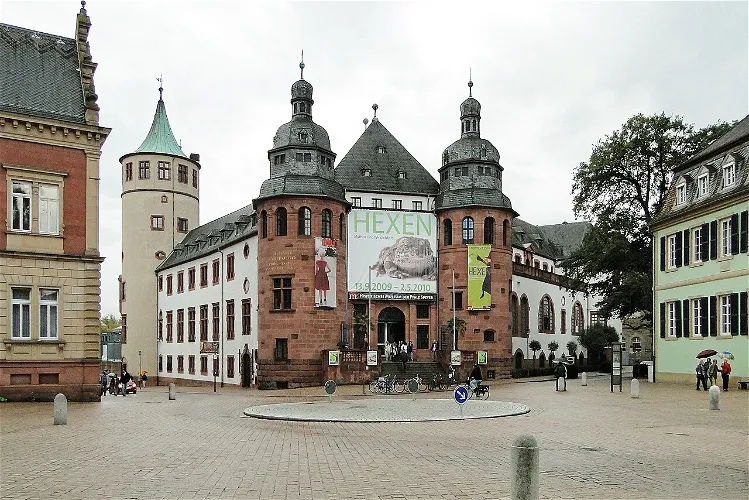
Historical Museum of the Palatinate
SpeyerThe Historical Museum of the Palatinate is conveniently located in the city of Speyer, just across the square from the iconic Speyer Cathedral. This makes it an easy addition to any itinerary that includes a visit to the cathedral. The museum's location in the heart of the city also means it is easily accessible by public transportation or on foot.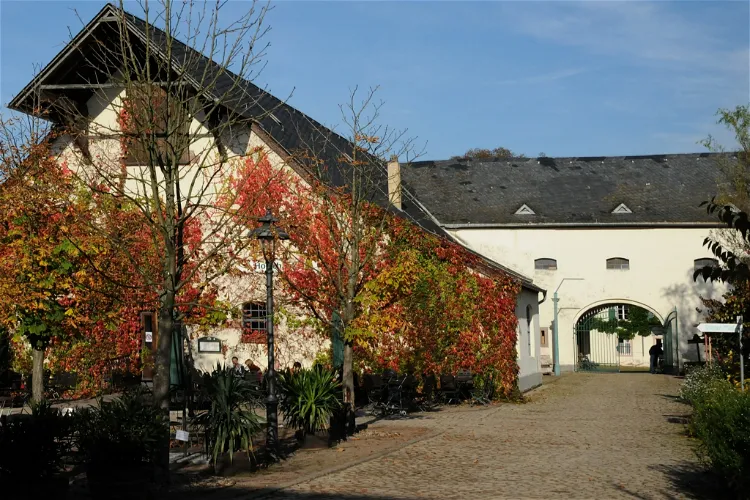
Roscheider Hof Open Air Museum
KonzThe Roscheider Hof Folklore and Open Air Museum, established in 1976, is situated in the city of Konz, in the Rheinland-Pfalz region of Germany. This museum is one of the largest German folklore museums, with an exhibition area of 4000 square meters and a total land area of 20 hectares.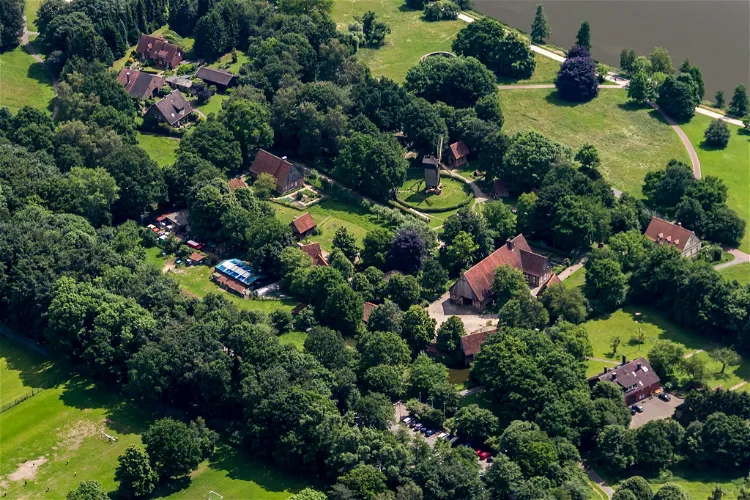
Mühlenhof Freilichtmuseum
MünsterThe Mühlenhof Open Air Museum Münster is conveniently located in the Sentrup district, making it easily accessible for tourists. Its proximity to other attractions such as the Aasee, the All-weather Zoo, and the LWL Museum of Natural History makes it an ideal stop for those looking to explore the cultural and natural history of the region.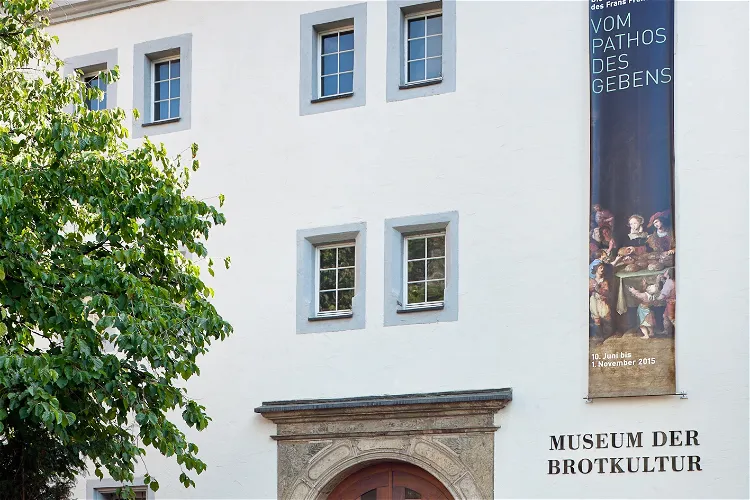
Museum Bread and Art
UlmThe Museum Brot und Kunst – Forum Welternährung in Ulm is a unique knowledge museum that showcases the importance of grain, bread, and culture in human development. It provides a comprehensive understanding of the natural, technical, and social historical aspects of bread production, as well as the symbolism of bread as a metaphor for life in Jewish-Christian thought.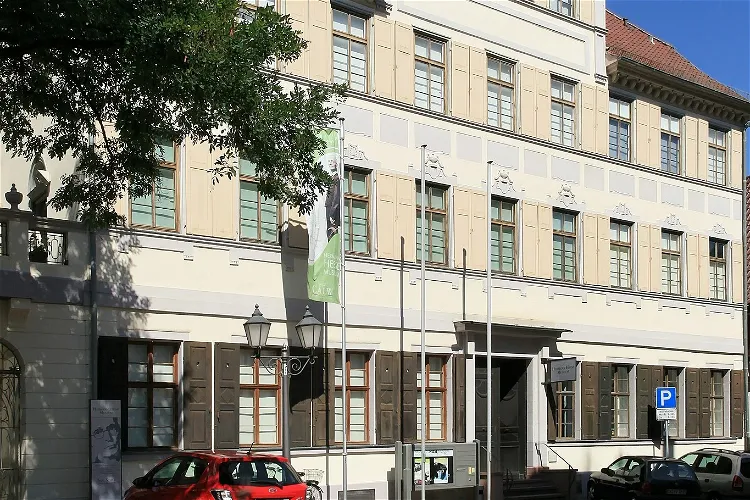
Hermann-Hesse-Museum
CalwThe Hermann-Hesse-Museum in Calw is dedicated to documenting the life and work of the renowned writer and Nobel laureate in Literature, Hermann Hesse. The museum offers a comprehensive insight into Hesse's life, his literary works, and his significant contributions to literature. It is an ideal destination for literature enthusiasts and those interested in learning more about this influential figure.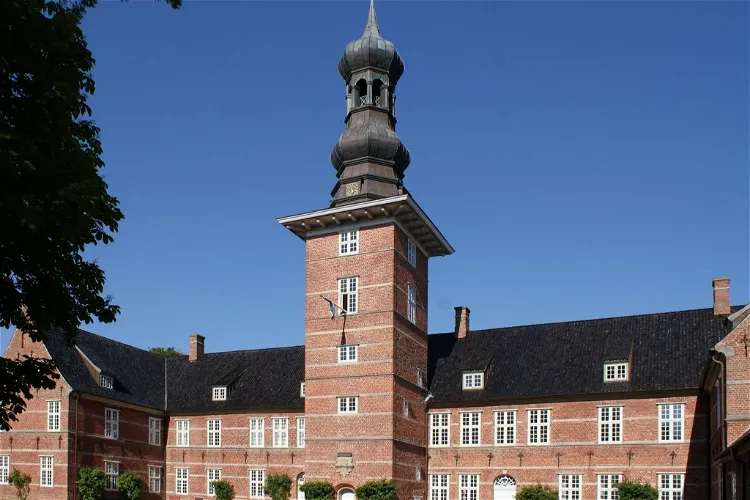
Schloss vor Husum
HusumSchloss vor Husum, also known as Husum Castle, is a historic building that stands as a testament to Dutch Renaissance architecture. Located in the town of Husum, in the Schleswig-Holstein region of northwestern Germany, the castle was constructed between the years 1577 and 1582. The man behind its creation was Duke Adolf von Schleswig-Holstein-Gottorf, who commissioned the building as his temporary residence during his stay on the west coast.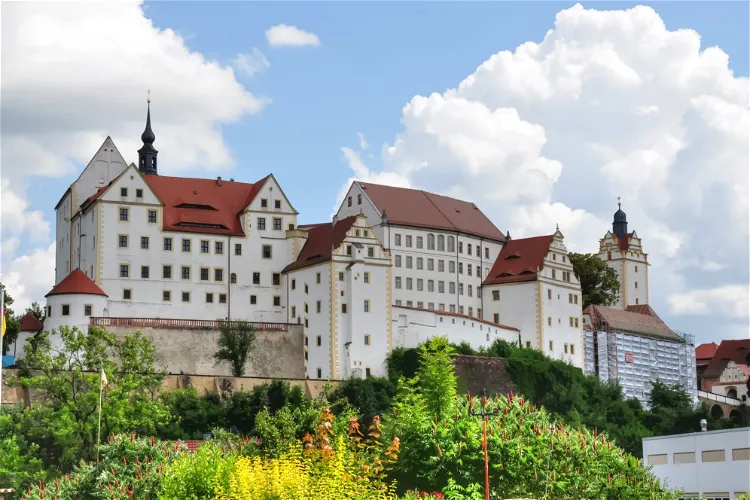
Colditz Castle
ColditzColditz Castle, a historical monument with origins dating back to the 11th century, is situated in the town of Colditz, nestled between Leipzig and Dresden in Saxony. The castle was built under the permission of Emperor Henry IV by Margrave Wiprecht of Groitzsch. It was strategically placed on a hill, providing a commanding view over the left bank of the Mulde river.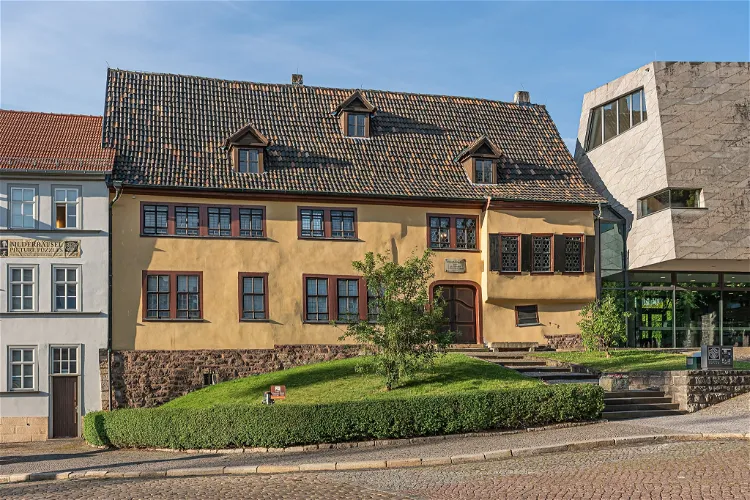
Bach House
EisenachThe Bach House in Eisenach, Germany, is a significant site for music enthusiasts and history buffs alike. This 15th-century manor-style house-museum is where the renowned composer Johann Sebastian Bach was born and spent part of his childhood. Visitors can step back in time and explore the environment that nurtured one of the world's greatest composers.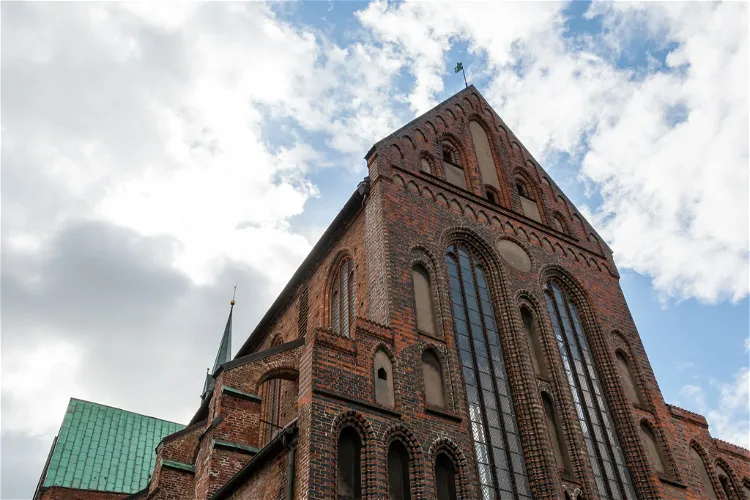
St. Catherine's Church
LübeckSt. Catherine Church in Lübeck is a significant historical site, originally serving as a Brick Gothic church that was part of a Franciscan monastery. The church was dedicated to Saint Catherine of Alexandria, a revered Christian saint and martyr. Its architectural style and historical significance make it a point of interest for visitors.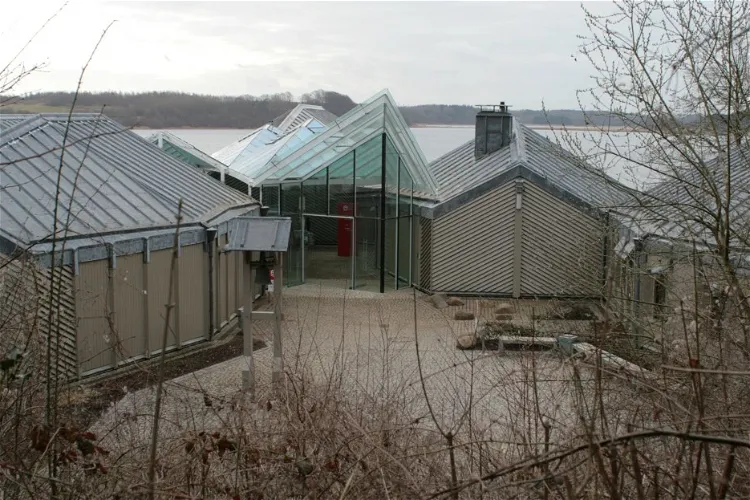
Hedeby Viking Museum
BusdorfThe Hedeby Viking Museum, located near the historic settlement of Hedeby in the state of Schleswig-Holstein, Germany, offers visitors a unique opportunity to delve into Viking history. The museum is situated in what was once Denmark's oldest city, providing a rich historical context for the exhibits and reconstructions on display.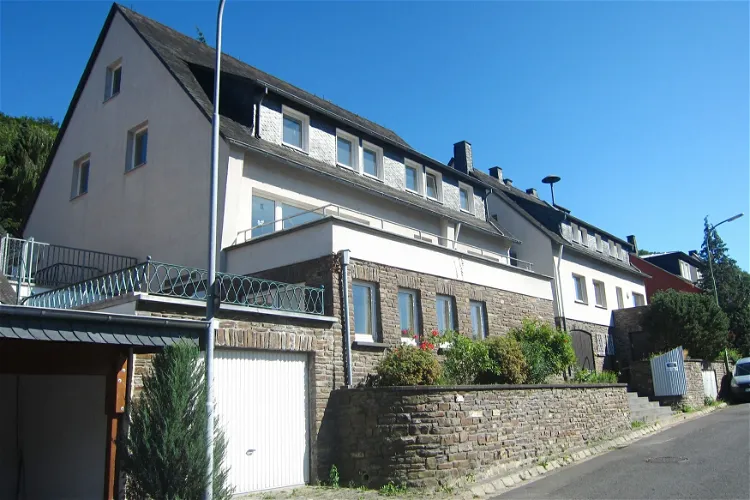
Bundesbank bunker
CochemThe Bundesbank Bunker in Cochem, located in Rhineland-Palatinate, was a significant historical site during the Cold War. It was used by the Deutsche Bundesbank for the storage of emergency currency. This bunker was part of the security measures taken by the Federal Republic of Germany during the Cold War, and it stored up to 15 billion Marks from 1964 to 1988.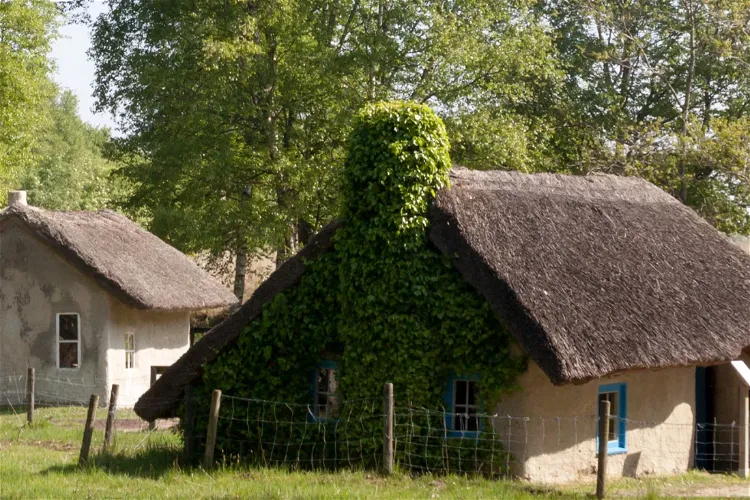
Moormuseum Moordorf
MoordorfThe Moormuseum Moordorf is an open-air museum located in Moordorf, a district of the municipality of Südbrookmerland. This East Frisian museum offers a unique insight into the history and culture of the region, making it a fascinating destination for tourists interested in history and culture.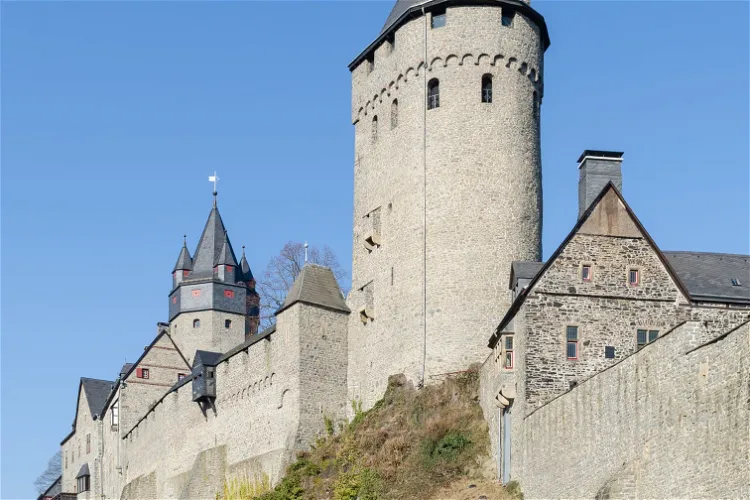
Altena Castle
AltenaAltena Castle is a significant historical site located in the town of Altena in North Rhine-Westphalia. The castle, which is a medieval hill castle, is situated on a spur of Klusenberg hill, near the Lenne in the Märkischer Kreis. This location offers visitors a unique opportunity to explore a piece of history while enjoying the beautiful surrounding landscape.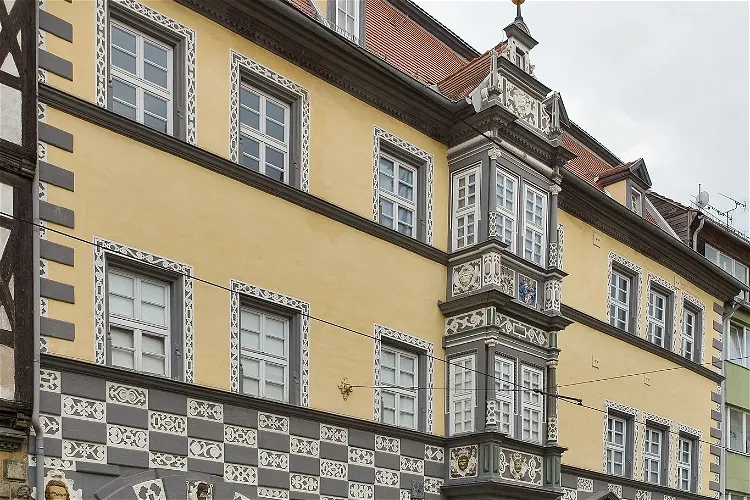
Stadtmuseum
ErfurtThe Stadtmuseum Erfurt is a museum dedicated to the history of the city of Erfurt. It is located in the Haus zum Stockfisch, a historic building in the city. The museum is an institution of the state capital Erfurt and is part of its history museums. It provides a comprehensive overview of the city's history, making it an ideal destination for those interested in learning more about Erfurt's past.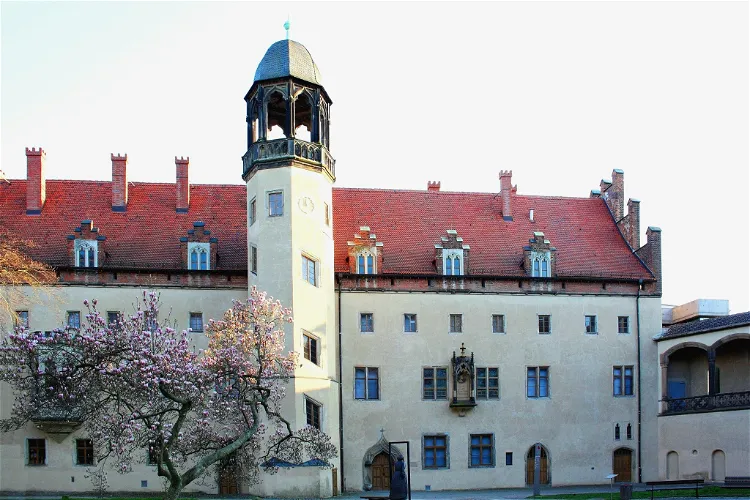
Luther Hall
WittenbergThe Luther House, or Lutherhaus in German, is a significant historical site in Wittenberg, Germany. It served as the home of Martin Luther, the Protestant reformer and founder of Lutheranism, for over 35 years. Today, it stands as a museum, offering visitors a glimpse into the life and work of this influential figure.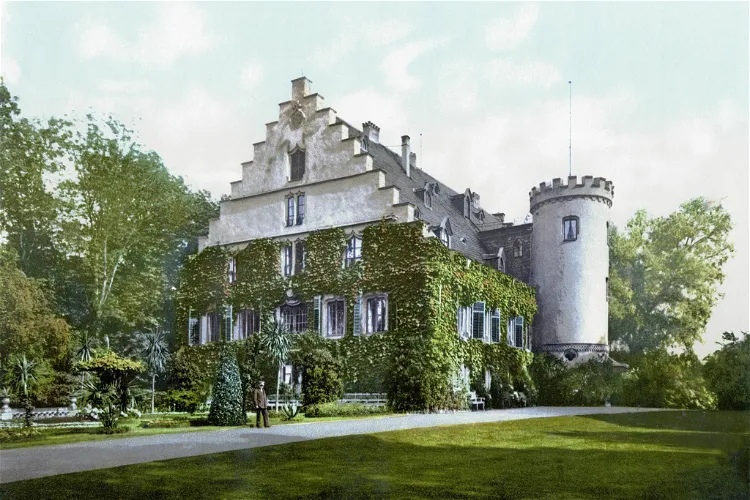
Schloss Rosenau Coburg
RödentalSchloss Rosenau, also known as Palácio Rosenau, is a historical site located between the cities of Coburg and Rödental, in Bavaria, Germany. This former castle, which was later converted into a country house, offers a unique glimpse into the past. Its location makes it easily accessible for tourists visiting either Coburg or Rödental.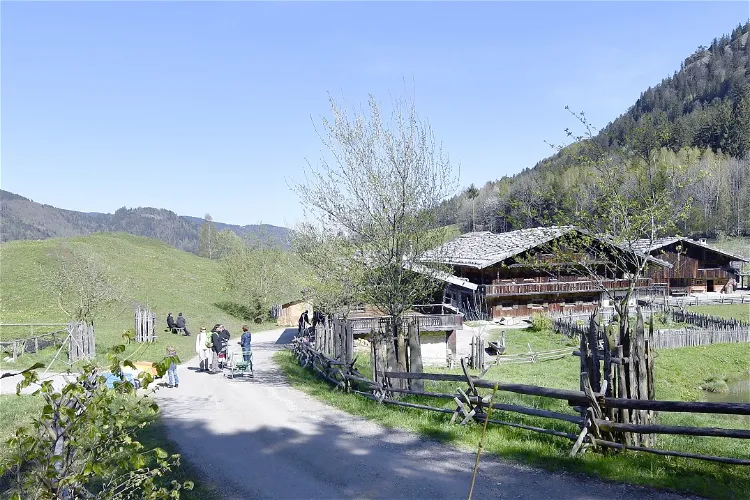
Markus Wasmeier Freilichtmuseum
SchlierseeThe Markus Wasmeier Freilichtmuseum is a privately owned museum situated on the edge of the Neuhaus district in the Upper Bavarian municipality of Schliersee. This location offers visitors a unique blend of cultural history and natural beauty, making it an ideal destination for those interested in exploring the rich heritage of the region.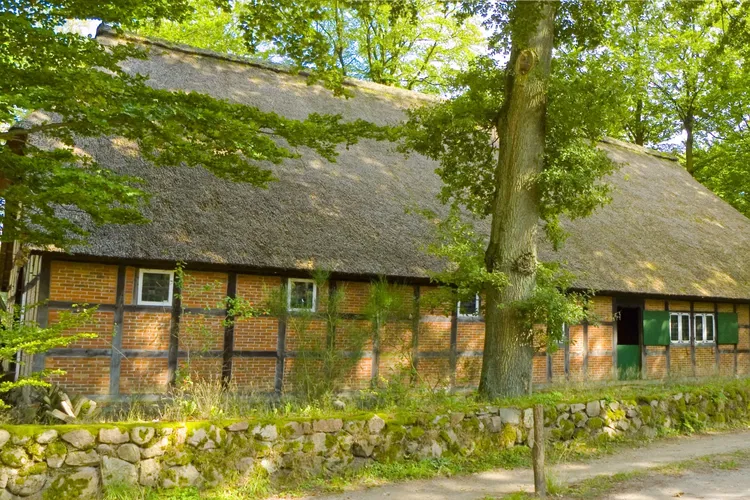
Dat ole Huus
WilsedeHeidemuseum Dat ole Huus, located in Wilsede, Lower Saxony, is a local history museum that was established in 1907. This makes it one of the oldest open-air museums in Germany, offering a unique insight into the country's past. The museum is operated by the Naturschutzpark e. V. (VNP) and its foundation, the Naturschutzpark Lüneburger Heide.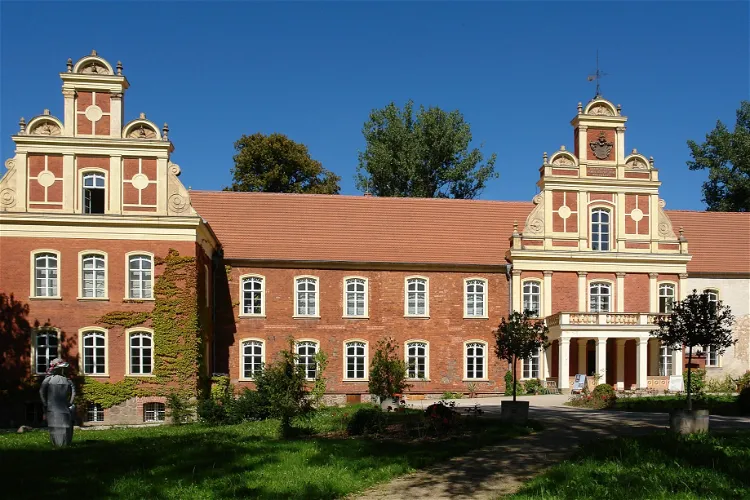
Castle Meyenburg
MeyenburgSchloss Meyenburg, located in the town of Meyenburg in Prignitz, is a former noble seat of the von Rohr family. Today, it is primarily used as a fashion museum. The castle has a rich history dating back to the 14th century when it was owned by the von Rohr family. It remained in their possession until 1945. The building itself is a two-story brick structure with two wings, shaped like an 'L'. It incorporates parts of the medieval city fortification of Meyenburg and dates back to the 15th century, with the rest of the building dating back to the 16th century.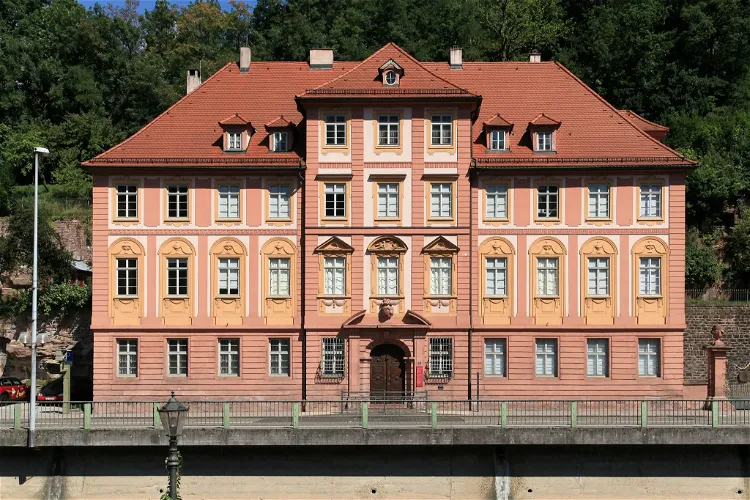
Palais Vischer
CalwPalais Vischer, a neoclassical city palace, is now a museum that showcases the history of the city of Calw in Baden-Württemberg. It provides a unique opportunity for visitors to delve into the rich past of this German city, offering a comprehensive understanding of its historical context and development.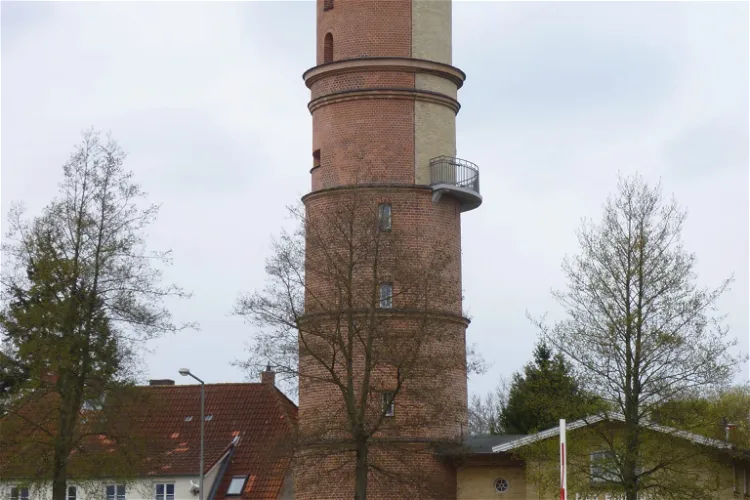
Alter Leuchtturm Travemünde
LübeckThe historic Travemünde Lighthouse, constructed in 1827, is a significant technical and architectural monument. It no longer functions as a sea mark but has been transformed into a museum. The lighthouse, made of red brick and built in a classicist style, stands at a height of 31 meters. It is a symbol of Travemünde, along with the Passat, and is open for visitors to explore.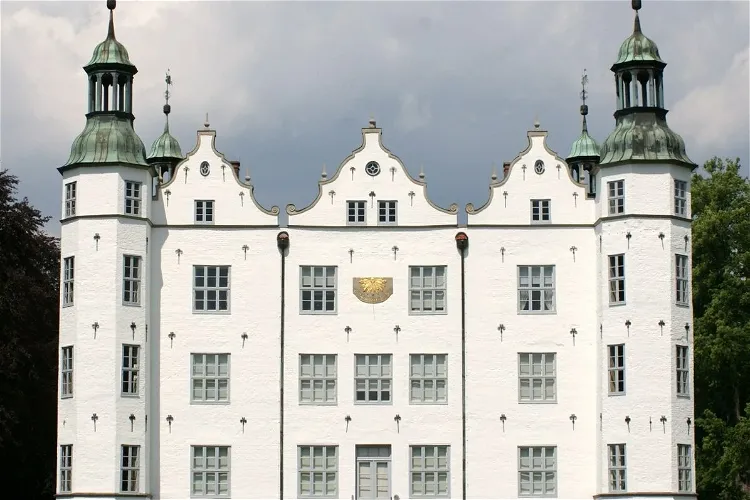
Ahrensburg Palace
AhrensburgSchloss Ahrensburg, also known as Ahrensburg Palace, is a former mansion situated in the southern region of Schleswig-Holstein, Germany. Its location is conveniently close to the city of Hamburg, making it an accessible destination for tourists visiting the area.
DDR MUSEUM THALE
ThaleThe DDR-Museum Thale, located in Thale, Saxony-Anhalt, is a museum that primarily focuses on the living and everyday culture in the DDR (East Germany). It provides a unique insight into the lifestyle and daily routines of the people during the era of East Germany, making it a fascinating destination for those interested in history and culture.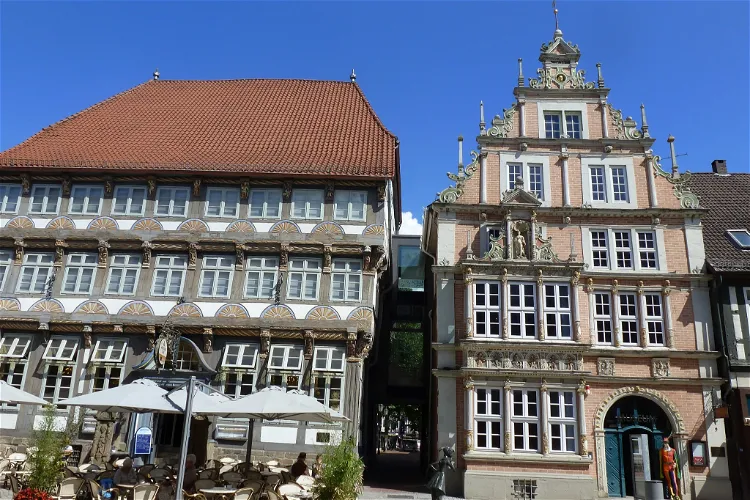
Museum Hameln
HamelinThe Museum Hameln is situated in two significant buildings from the Weser Renaissance period in the historic old town of Hamelin, the Leisthaus and the neighbouring Stiftsherrenhaus. These buildings are not only important for their architectural value but also for the rich history they hold within their walls. Visitors can explore the museum's extensive collection that tells the story of the city and its surrounding region.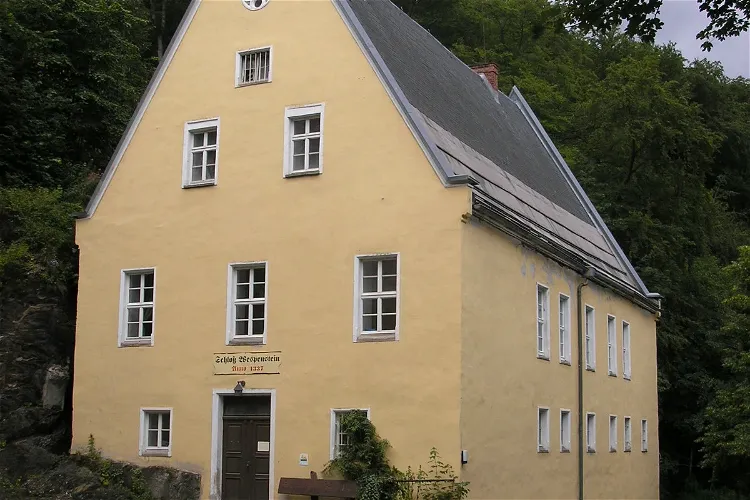
Schloss Wespenstein
GräfenthalSchloss Wespenstein is a historic castle located in the city of Gräfenthal in Thuringia, right on the border with Bavaria. The castle played a significant role in securing the pass section of a medieval army and trade route that stretched from Leipzig via Saalfeld to Nuremberg over the ridge of the Thuringian Slate Mountains. This strategic location underscores the historical importance of the castle.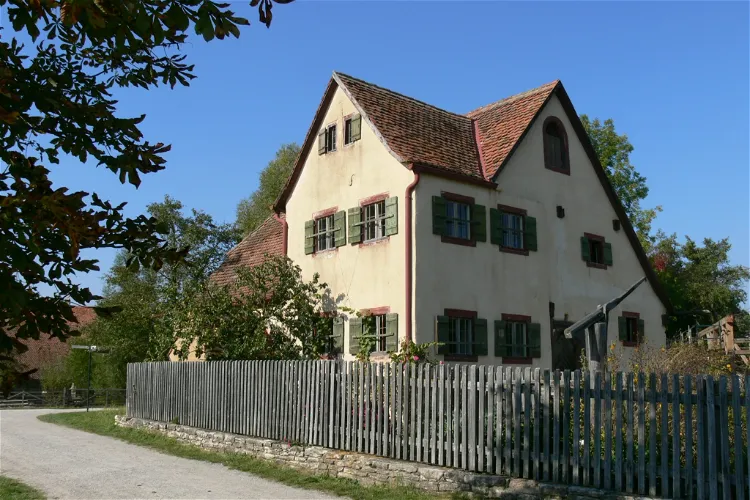
Franconian Open Air Museum
Bad WindsheimThe Franconian Open Air Museum Bad Windsheim is located on the southern edge of the old town of Bad Windsheim. The museum spans a vast area of 45 hectares, providing ample space for visitors to explore and immerse themselves in the rich history and culture of the region.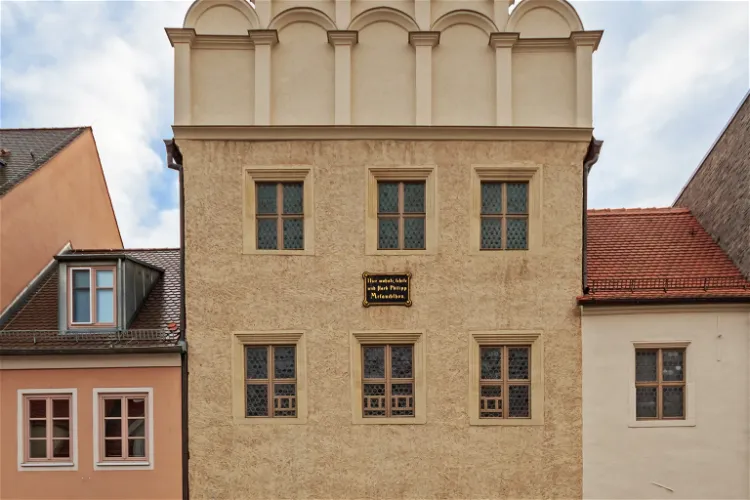
Melanchthon’s House
WittenbergThe Melanchthonhaus in Lutherstadt Wittenberg is a remarkable Renaissance building, known for its late Gothic framed windows and a round-arched tiered gable. Its architectural beauty makes it one of the most attractive townhouses in the city, offering a glimpse into the architectural style of the Renaissance period.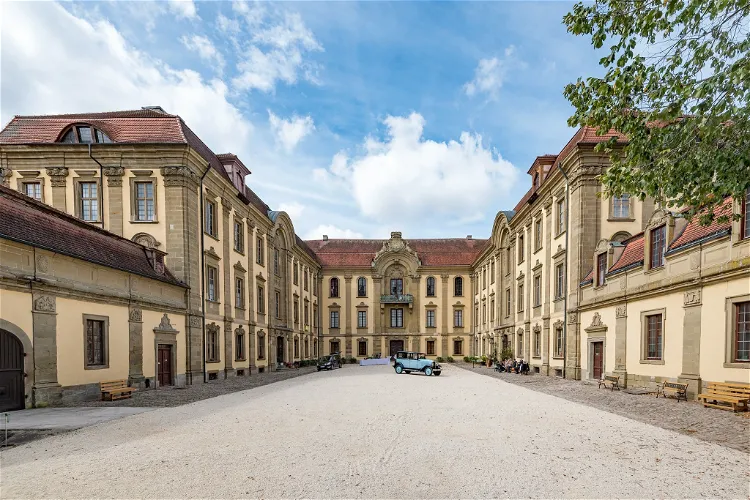
Schloss Schillingsfürst
SchillingsfürstSchloss Schillingsfürst is a castle located in Schillingsfürst near Ansbach in Middle Franconia, Bavaria. It serves as the seat of the old noble family branch Hohenlohe-Schillingsfürst. The castle's history and its connection to the noble family make it a significant site for those interested in history and architecture.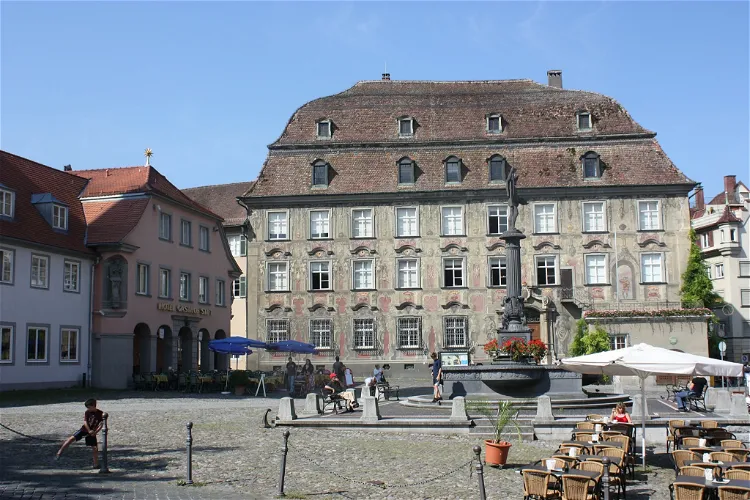
City Museum of Lindau
Lindau (Bodensee)The City Museum of Lindau is situated in the baroque citizen's house Zum Cavazzen, which is located at the market square of the island Lindau (Bodensee). This location is not only central but also steeped in history, making it an interesting destination for tourists who are interested in the rich cultural heritage of Lindau.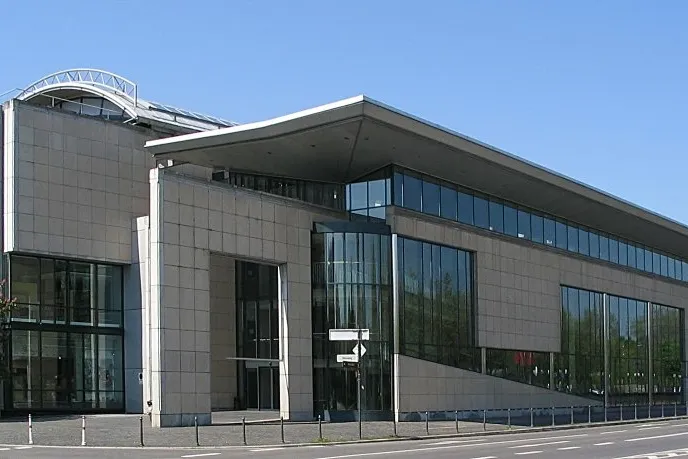
House of the History of the Federal Republic of Germany
BonnThe House of the History of the Federal Republic of Germany, also known as Haus der Geschichte der Bundesrepublik Deutschland or HdG, is a museum located in Bonn. It was established in 1989 and opened to the public in 1994. The museum is dedicated to providing information and documentation on the history of the Federal Republic of Germany and the German Democratic Republic.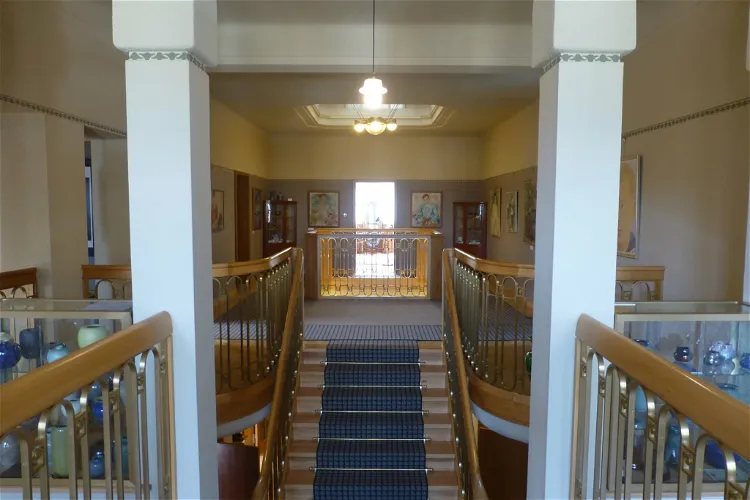
Van de Velde-Museum
GeraThe Schulenburg House, located at Straße des Friedens 120 in Gera, is a grand bourgeois villa designed and built by the renowned architect Henry van de Velde. This architectural masterpiece is under monument protection, preserving its historical and cultural significance.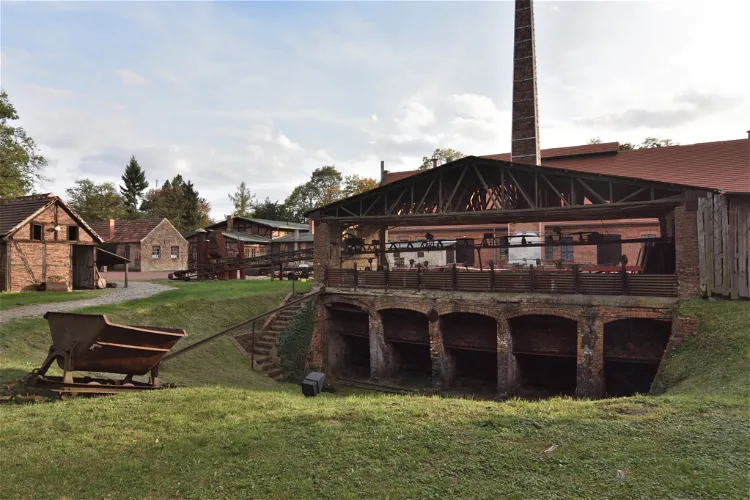
Museumsdorf Glashütte
Baruth/MarkThe Museumsdorf Baruther Glashütte is a technical monument that offers a unique insight into the social and technical history of the old glassmaker's village. Visitors can learn about the craft of glassmaking from a glassmaker and explore an exhibition about Reinhold Burger, the inventor of the thermos flask. The museum is located in the south of the Teltow-Fläming district in Brandenburg.
Heimatmuseum Wennigsen
Wennigsen (Deister)The Heimatmuseum Wennigsen is a significant monument situated in the municipality of Wennigsen (Deister). The museum is housed in a half-timbered house that was constructed around the year 1700. This building has a rich history, having once served as a mill. This historical context adds a unique charm to the museum, making it a fascinating place to visit for those interested in architecture and history.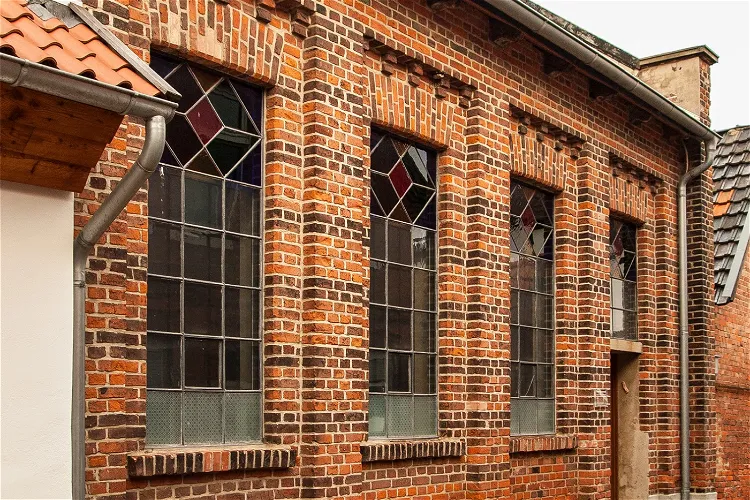
Alte Synagoge Petershagen
PetershagenThe Alte Synagoge Petershagen is a significant historical site located at Goebenstraße in Petershagen, in the district of Minden-Lübbecke, North Rhine-Westphalia. This protected monument offers a glimpse into the rich Jewish history of the region and stands as a testament to the resilience of the Jewish community.
Stadtmuseum Hornmoldhaus
Bietigheim-BissingenThe Hornmoldhaus in Bietigheim stands as a testament to the architectural prowess of the Renaissance period in southern Germany. It is one of the best-preserved citizen houses from this era, offering a unique glimpse into the past. The house's intricate design and well-preserved state make it a significant historical site.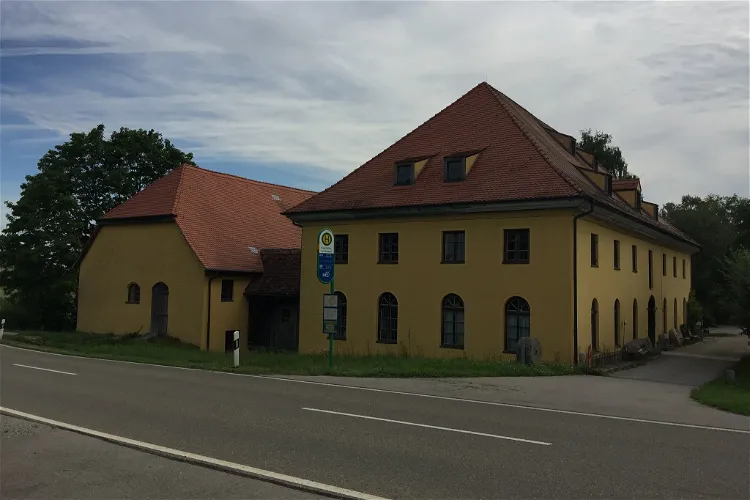
Furthmühle
EgenhofenThe Furthmühle is largely preserved in its original state and is fully functional. Until 2012, it was used for the production of flour, making it a significant technical monument. Visitors can appreciate the historical machinery and understand the process of flour production from the past.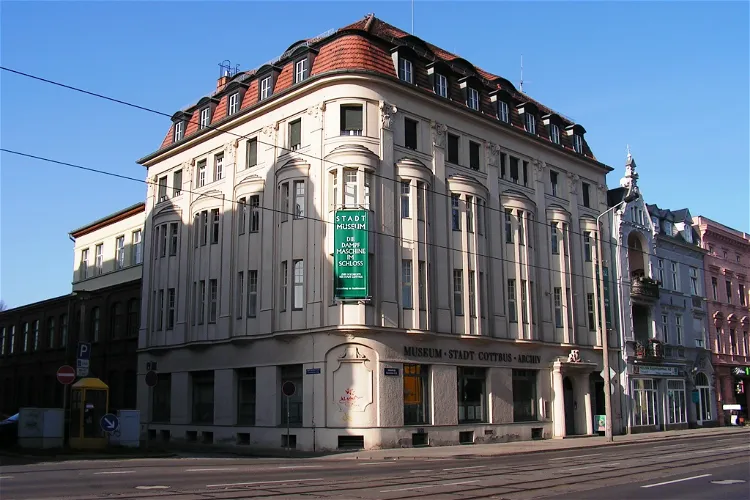
Stadtmuseum Cottbus
CottbusThe Stadtmuseum and -archiv Cottbus, also known as Měsćański muzej a archiw Chóśebuz in Lower Sorbian, is the municipal archive of the city of Cottbus in Brandenburg. It is located in Bahnhofstraße in the Mitte district. This museum and archive serves as a repository for the city's historical documents and also hosts exhibitions on the city's history.
Couven Museum
AachenThe Couven Museum, known as Couven-Museum in German, is situated in the city of Aachen, in the North Rhine-Westphalia region of Germany. This location is significant as it places the museum in a region rich in history and culture, making it an interesting destination for tourists.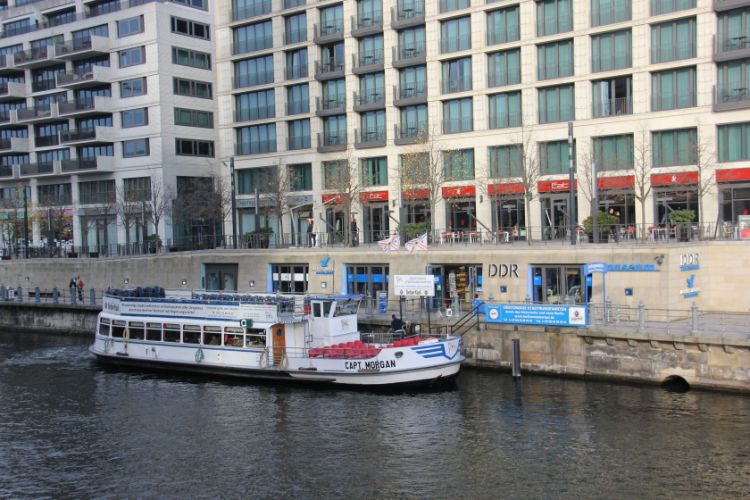
DDR Museum
BerlinThe DDR Museum is an authentic and interactive museum devoted to the daily life in former East Germany (DDR). It is divided into three main areas: Public Life, State and Ideology, and Life in a Tower Block. You can see a typical DDR living room, try on usual DDR clothes, use an original typewriter o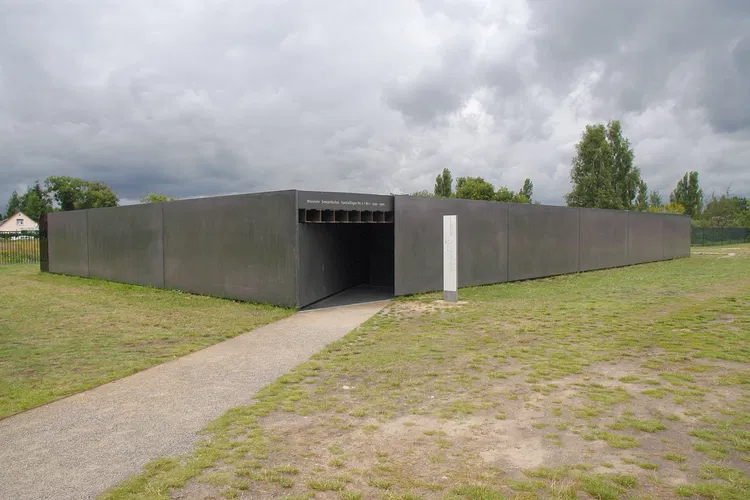
NKVD special camp Nr. 7
OranienburgPresently, the Sachsenhausen Memorial and Museum stands on the site of the former Sachsenhausen Special Camp. The institution serves as a place of remembrance and learning, as well as a modern museum of contemporary history. It follows a decentralized approach, aiming to make history tangible to visitors at the authentic locations where it unfolded.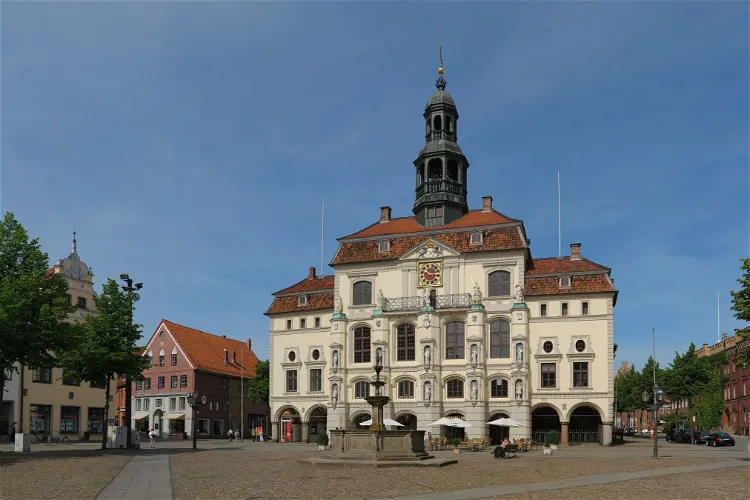
Lüneburg Town Hall
LüneburgThe Lüneburg Town Hall, established around 1230, is a remarkable example of medieval and early modern secular architecture in Northern Germany. Over the centuries, it has been continuously expanded and still serves as the main seat of the council and administration of the Hanseatic city of Lüneburg.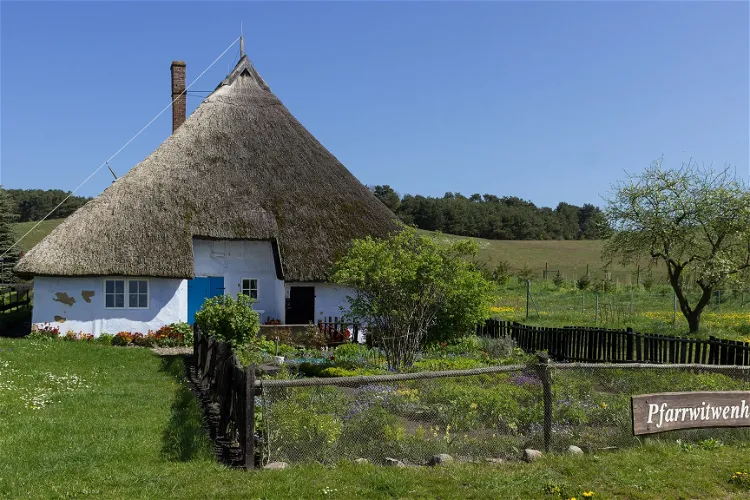
Pfarrwitwenhaus
MönchgutThe Pfarrwitwenhaus Groß Zicker is a significant historical site located in Groß Zicker, a village that is part of the Mönchgut municipality in the southeast of the island of Rügen. Constructed in 1719/20, it stands as one of the oldest residential buildings on Rügen, offering a glimpse into the architectural style and living conditions of the past.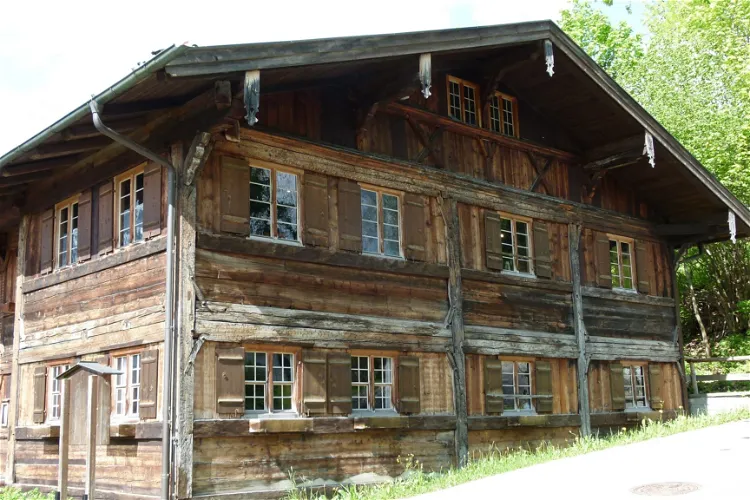
Heimathaus
PfrontenThe Heimathaus in Pfronten is a historical timber-framed building that holds a significant place in the town's history. It is listed in the Pfronten monuments list, indicating its cultural and historical importance. The building's architecture and history offer a glimpse into the past, making it an interesting site for tourists interested in history and architecture.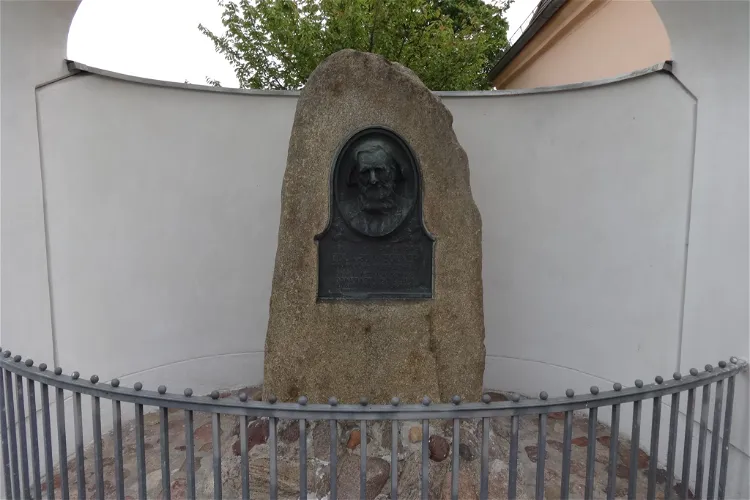
Webermuseum Kloster Zinna
JüterbogBetween 1996 and 1998, the building was transformed into the Weber Museum, which was officially opened to the public on May 1, 1998. In 2002, the museum was renamed as the WebHaus. The museum showcases the history of the monastery and the rise and fall of the weaving industry.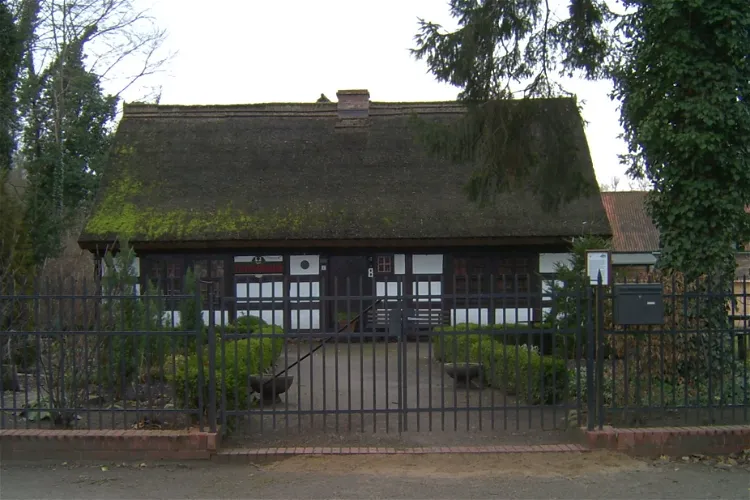
Heimathaus Schöneiche
Schöneiche bei BerlinThe Heimathaus Schöneiche is a significant monument and the oldest preserved residential building in Schöneiche bei Berlin. It is located in the quaint area of Kleinschönebeck, specifically at Dorfaue 8. This historical site offers a glimpse into the architectural and residential history of the region, making it a point of interest for those keen on exploring the past.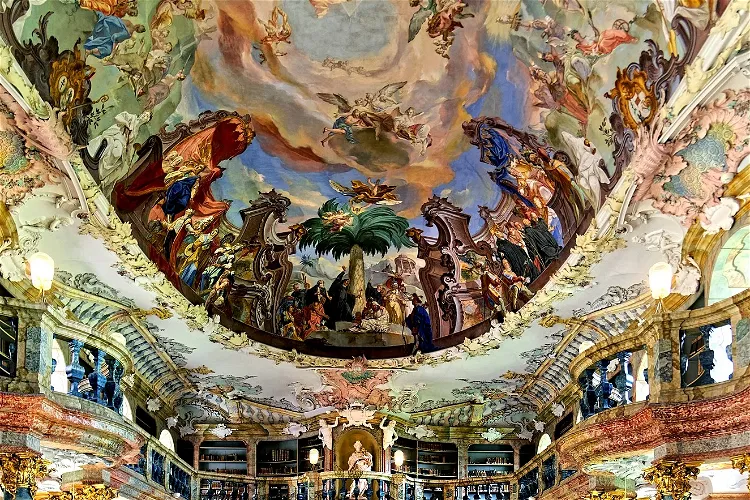
Wiblingen Abbey
UlmWiblingen Abbey, located in Ulm, was once a German Benedictine abbey. Today, the abbey church, which has been converted into a basilica, is one of the preserved structures of the abbey. The abbey was also used as military barracks in the past. This historical site offers a glimpse into the rich history of the region.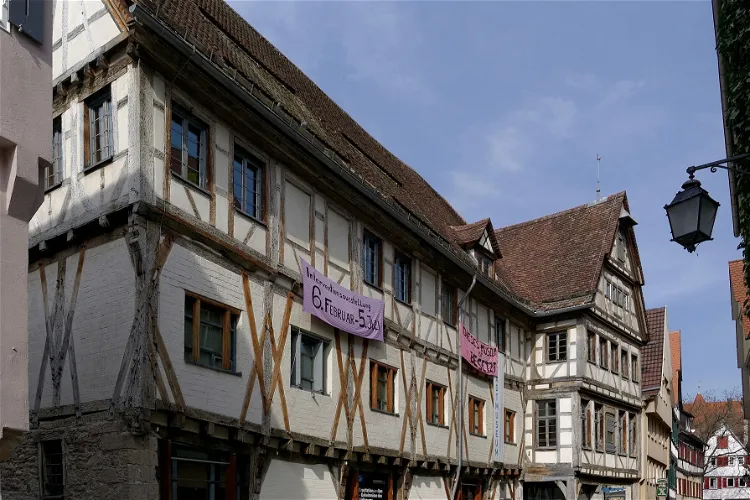
Stadtmuseum Tübingen
TübingenThe Stadtmuseum Tübingen is located in a former granary that is over 500 years old. This historic building is situated in the old town of Tübingen, adding to the charm and historical significance of the museum. Visitors can appreciate the architecture of the building while exploring the various exhibits inside.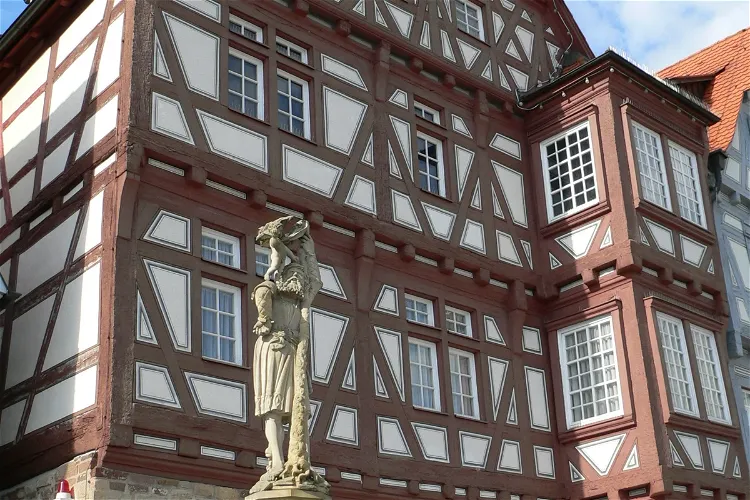
Deutsches Fleischermuseum
BöblingenThe Deutsches Fleischermuseum, located in the heart of Böblingen, is housed in a 16th-century building known as the former Vogtshaus of the city. This historic building adds a unique charm to the museum, making it an interesting destination for tourists who appreciate history and architecture.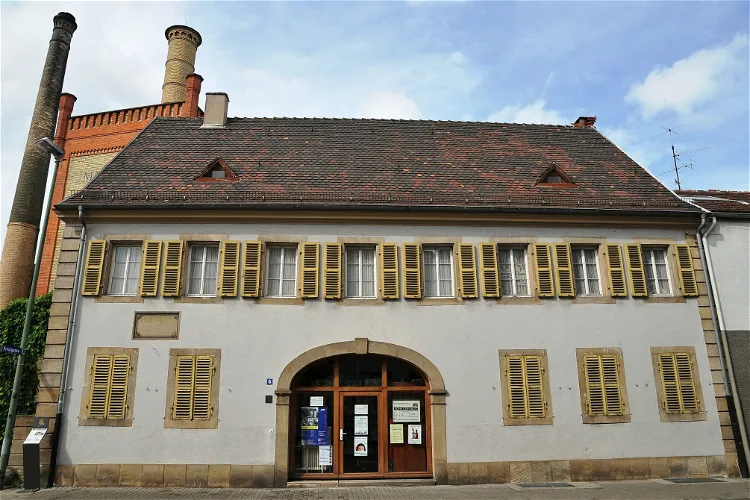
Schillerhaus
MannheimThe Schillerhaus, located in the Ludwigshafen district of Oggersheim, is a significant historical site. It was here that the renowned German poet, philosopher, physician, historian, and playwright Friedrich Schiller stayed under the alias 'Dr. Schmidt' from October 13 to November 30, 1782. This period in Schiller's life was marked by his flight from the Duchy of Württemberg to Mannheim in the Electorate of Palatinate-Bavaria, making the Schillerhaus a key location in his personal history.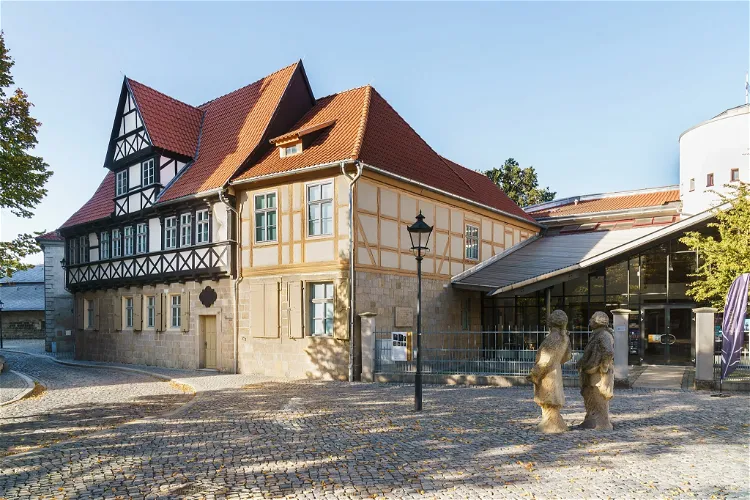
Gleimhaus
HalberstadtThe Gleimhaus in Halberstadt, built in 1862, is recognized as one of the oldest literary museums in Germany. It is situated in the former residence of the renowned poet and collector, Johann Wilhelm Ludwig Gleim. This historical significance of the museum, combined with its rich literary heritage, makes it a fascinating destination for tourists interested in German literature and history.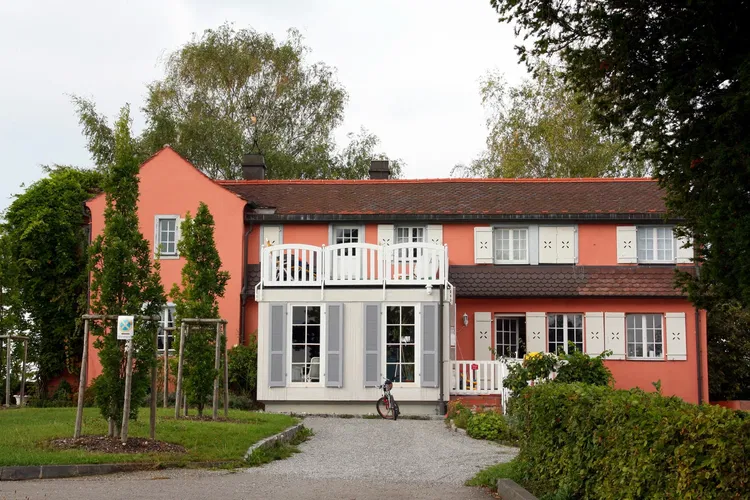
Little House, Meersburg
MeersburgThe Little House, also known as the Prince's House (Fürstenhäusle), is a historic house and museum located in the picturesque town of Meersburg, Germany. It offers a stunning view of Lake Constance, making it a scenic spot for tourists. The house carries a rich history and is a significant cultural landmark in the region.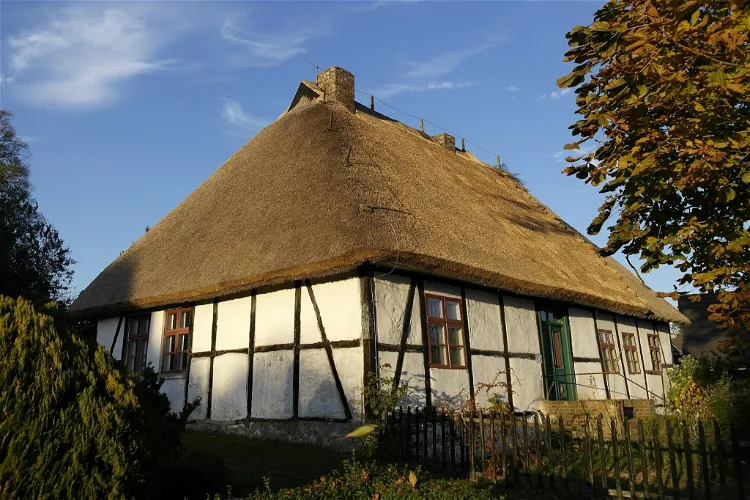
Schulmuseum Middelhagen
MönchgutThe Schulmuseum Middelhagen is a museum that focuses on the history of education on the Mönchgut peninsula. It is situated in Middelhagen, a village on the island of Rügen. The museum provides a unique insight into the evolution of education in this region, making it a fascinating destination for those interested in history and education.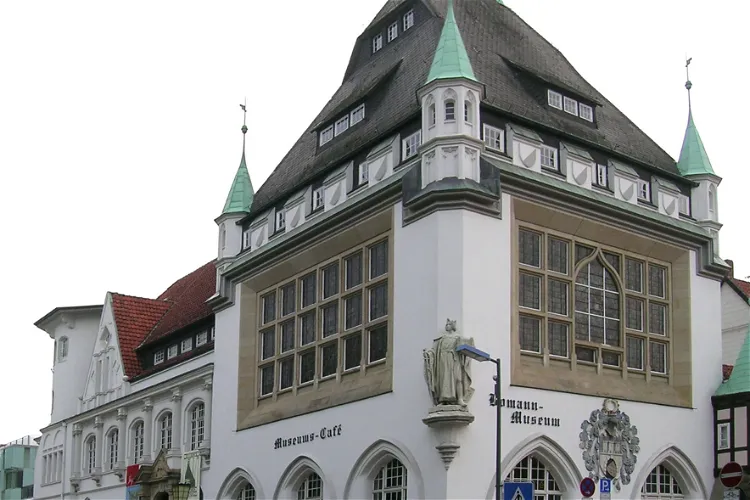
Bomann-Museum
CelleThe Bomann Museum, located in Celle, is a significant institution dedicated to Lower Saxon folklore, state, and city history. It holds the distinction of being the third largest museum in Lower Saxony, making it a notable destination for those interested in regional history and culture.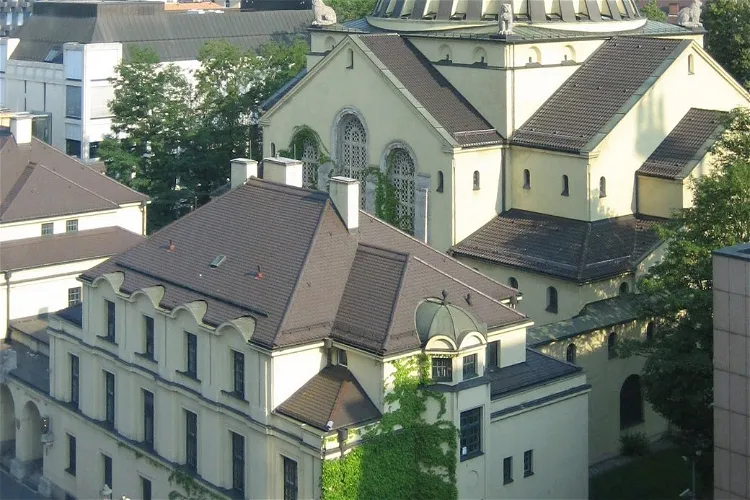
Jewish Museum Augsburg Swabia
AugsburgThe Jewish Museum Augsburg Swabia documents the culture and history of the Jews in Augsburg and Swabia from the Middle Ages to the present. The permanent exhibition, opened in November 2006, presents Jewish history as a dynamic interplay of settlement and expulsion, and of self-assertion and adaptation. It highlights the relationship between the Jewish minority and the Christian majority, emphasizing Jewish history as an integral part of the broader Augsburg and Swabian history.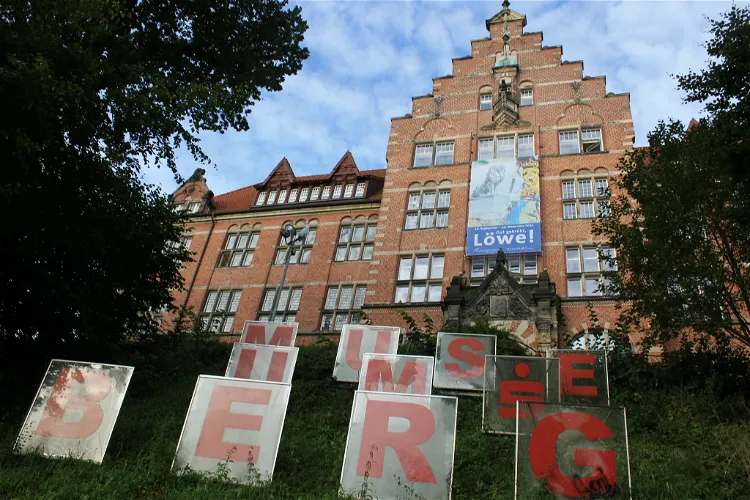
Museumsberg Flensburg
FlensburgMuseumsberg is an art museum located in Flensburg. It is situated in a historic park landscape on a hill next to the inner city. This location provides a unique setting for the museum, offering visitors a chance to enjoy both the art exhibits and the surrounding natural beauty.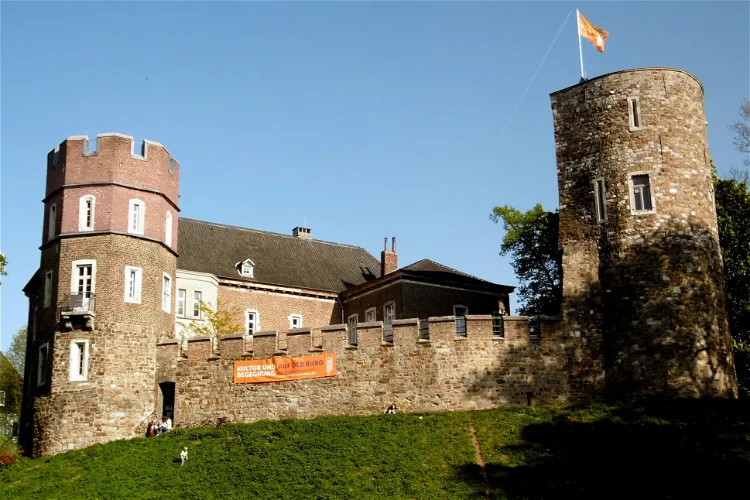
Frankenberg Castle
AachenThe Frankenberg Castle, also known as Burg Frankenberg, is a historical site located in the Frankenberg area of Aachen Mitte, a district of Aachen, Germany. The castle's name originates from the concept of a 'Franke', a type of castle that did not owe fealty to any others. However, shortly after its construction, the castle became a fief of a Graf, equivalent to a Count, and later belonged to the Duchy of Jülich-Cleves-Berg.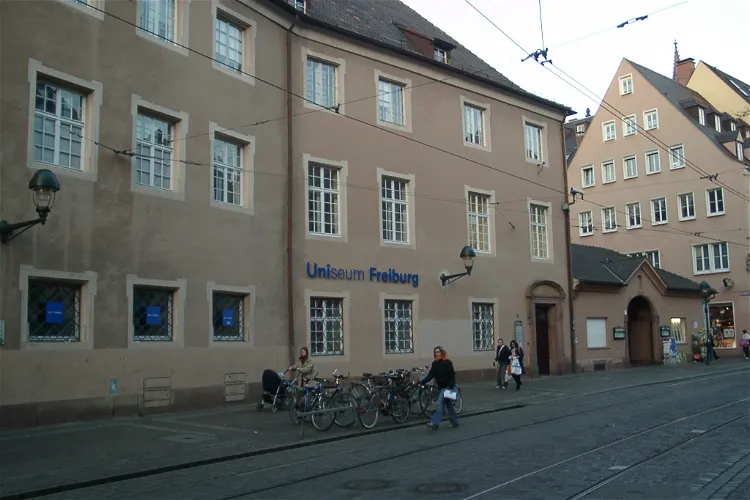
Uniseum
Freiburg im BreisgauThe Uniseum is the University Museum of the Albert-Ludwigs-University in Freiburg im Breisgau. It was opened in July 2004 and provides a comprehensive overview of the university's history. The museum is a great place to learn about the development of the university since its foundation in 1457.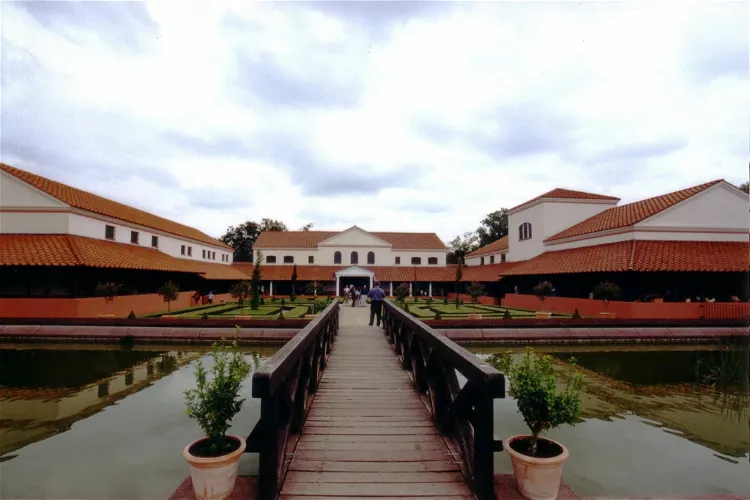
Roman Villa Borg
BorgThe Roman Villa Borg is a reconstructed Roman villa rustica, situated near the villages of Borg and Oberleuken, in the municipality of Perl, Saarland, Germany. This historical site offers a unique opportunity to explore a piece of ancient Roman history in a modern setting.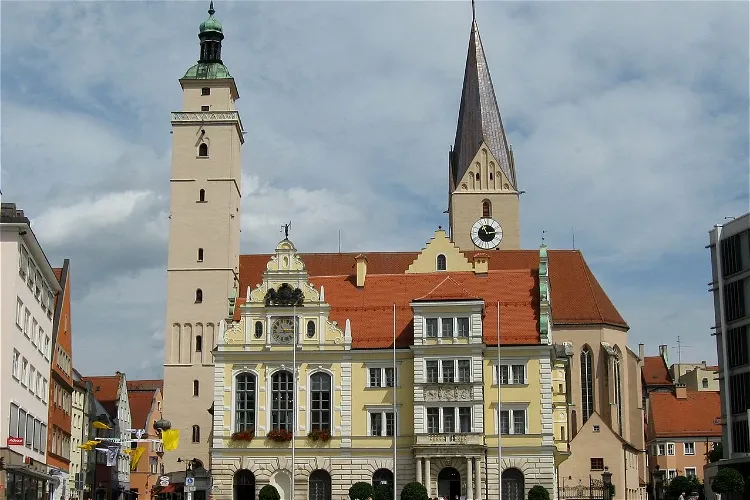
Old Town Hall
IngolstadtBetween 1882 and 1884, the four buildings that make up the Old Town Hall were redesigned and combined by Gabriel von Seidl. The result is a beautiful Neo-Renaissance style structure that stands as a testament to the architectural prowess of the time. Visitors can appreciate the intricate details and craftsmanship that went into this transformation.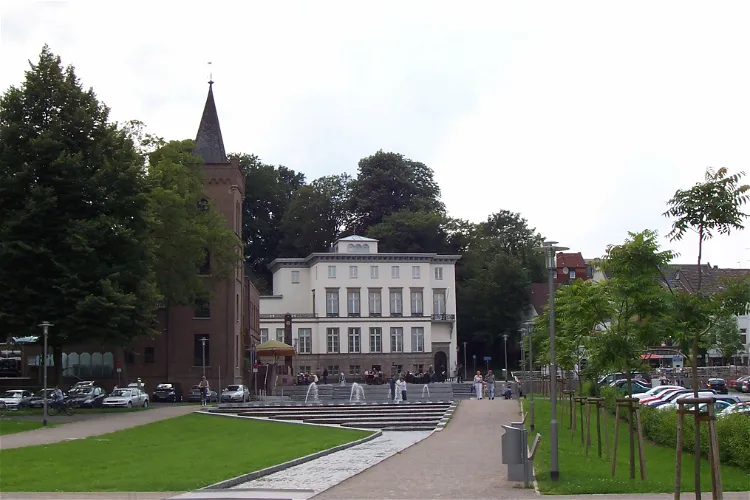
B.C. Koekkoek Haus
ClevesThe B.C. Koekkoek Haus museum is situated in the former residence of the renowned Dutch painter Barend Cornelis Koekkoek and his family. This historic building, located in Cleves, has been serving as a museum since 1960. It offers a unique opportunity to explore the life and works of one of the most famous landscape painters of the Netherlands in the 19th century.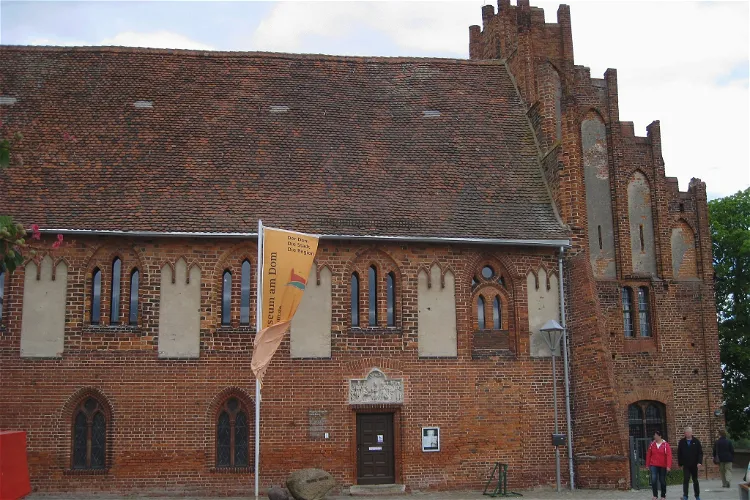
Prignitz-Museum
HavelbergThe Prignitz-Museum in Havelberg welcomes more than 10,000 visitors annually and is open throughout the year. This makes it a popular destination for tourists and locals alike. The museum's year-round availability allows visitors to plan their visit at a time that suits them best, making it a convenient option for those exploring the region.
Fehn- und Schiffahrtsmuseum – Westrhauderfehn
WestrhauderfehnThe Fehn- and Shipping Museum in Westrhauderfehn is a unique institution that provides insights into the history of the Fehn culture, regional shipbuilding, and shipping of the once most important inland port of East Frisia. Visitors can learn about the rich maritime history of the region, including the development of shipbuilding and the significance of the inland port.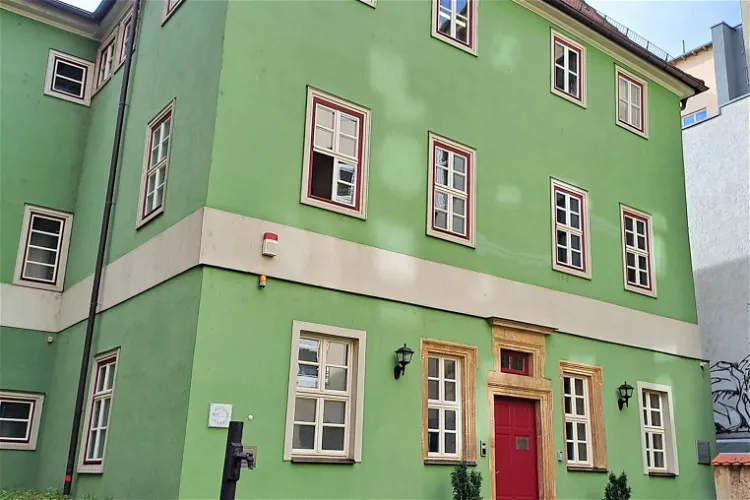
Romantikerhaus
JenaThe Romantikerhaus Jena is a museum that is committed to the research, preservation, and dissemination of the Jena Early Romanticism. It is a part of the Municipal Museums Jena and belongs to the JenaKultur. The museum is the only one in Jena under municipal sponsorship that exclusively commemorates the city's cultural bloom around 1800 and questions its significance for modern art and culture.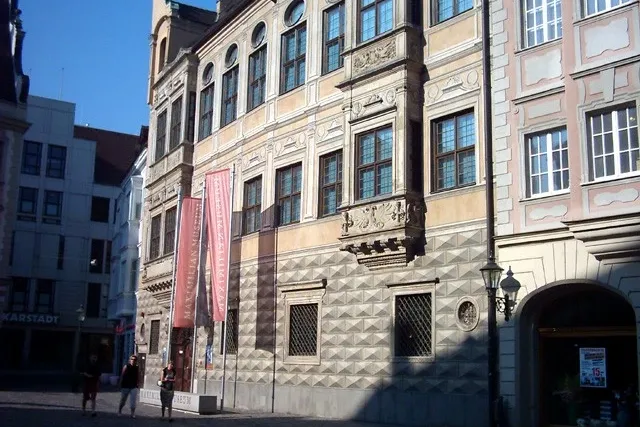
Maximilian Museum
AugsburgThe Maximilian Museum, also known as Maximilianmuseum, holds the distinction of being the oldest museum in Augsburg. It was inaugurated in the year 1854 and since then, it has been dedicated to tracing the city's history from the Middle Ages up until 1805. This museum provides a comprehensive overview of the city's rich and diverse history, making it an interesting visit for those interested in learning about Augsburg's past.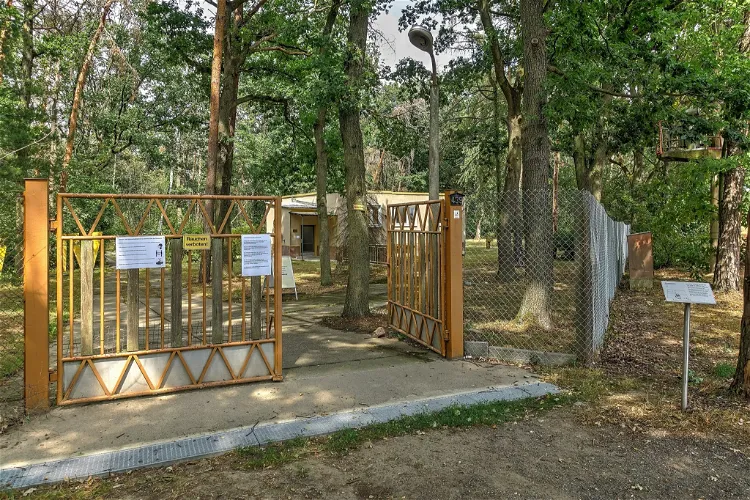
Stasi Bunker Museum
LübschützThe Lübschützer Teiche Bunker Complex, constructed from 1968 to 1972, was intended to serve as an emergency command centre for the District Administration for State Security, Leipzig, in the event of war or a nuclear attack. This historical context provides a unique insight into the Cold War era and the measures taken by the Stasi to ensure their operational continuity in extreme circumstances.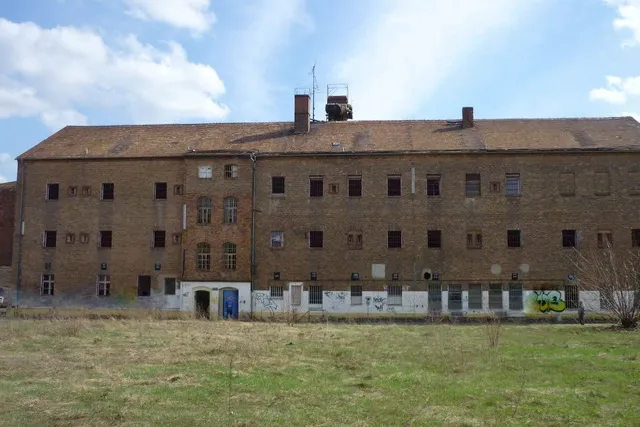
Gedenkstätte Zuchthaus Cottbus
CottbusThe Gedenkstätte Zuchthaus Cottbus, a former prison in Cottbus, is a significant historical site. It was opened in 1860 after three years of construction. This site offers a unique insight into the history of the region and the country's penal system.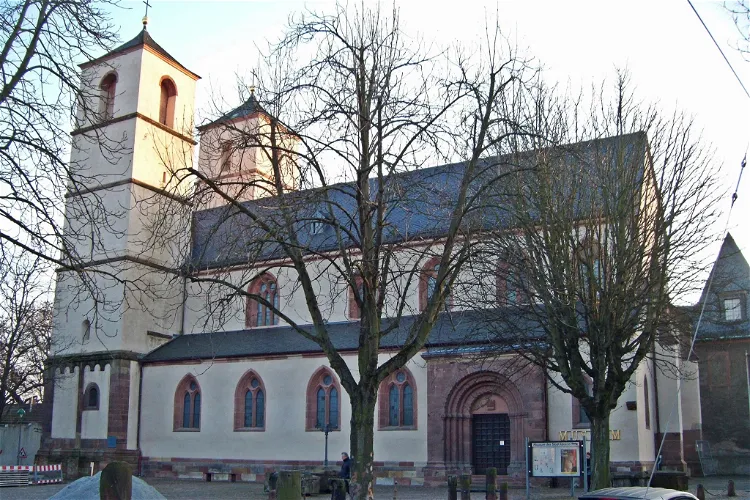
Worms City Museum
WormsThe Worms City Museum is housed in the building of the former Andreasstift. This historic building complex, which includes a courtyard, is a protected monument. The museum is managed by the city of Worms in Rhineland-Palatinate.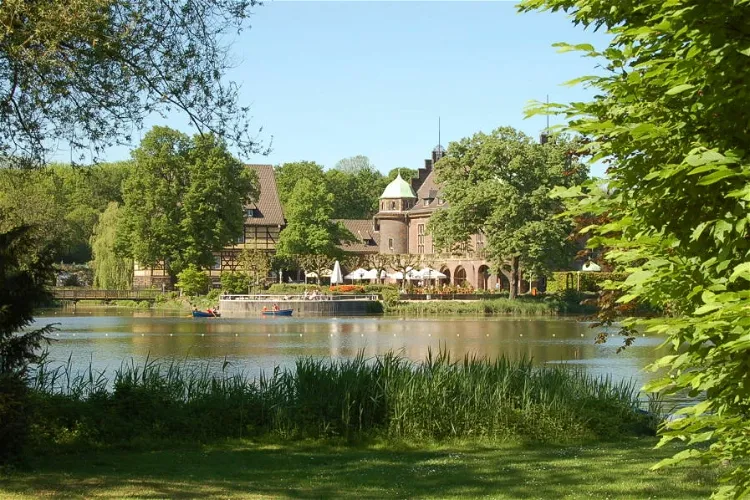
Gladbeck City Museum / Wittringen Castle
GladbeckWittringen Castle, also known as Schloss Wittringen, is a unique architectural marvel located in the state of North Rhine-Westphalia, Germany, near the city of Gladbeck. This fortified castle is surrounded by water, providing a picturesque setting that is sure to captivate any visitor. Its strategic location and historical significance make it a notable point of interest for those exploring the region.
Island Museum Old Lighthouse
WangeroogeThe Old Lighthouse Wangerooge is not just a historical monument, but also a museum. The base of the lighthouse houses a local museum with around 900 exhibits, offering visitors a chance to delve into the rich history and culture of the island.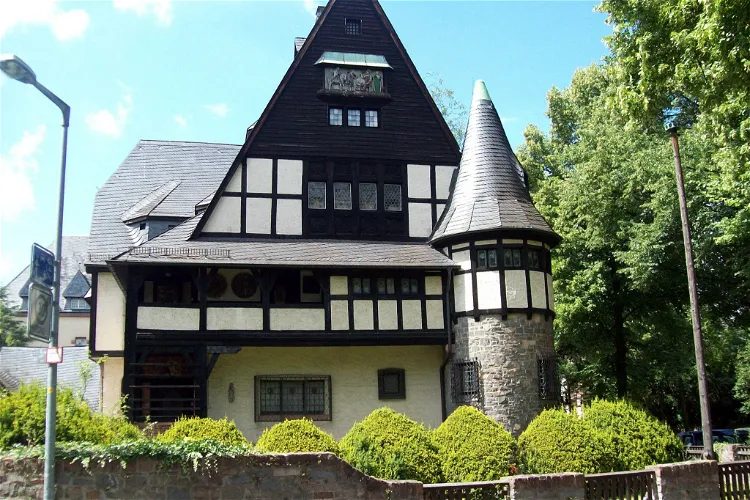
Gentilhaus
AschaffenburgThe Gentil-Haus, also known as Gentilhaus or Haus Gentil, is a museum located in the city of Aschaffenburg. It is home to the collections of Anton Gentil, an industrialist and art collector. The museum is a testament to Gentil's passion for art and his dedication to collecting and preserving various works of art.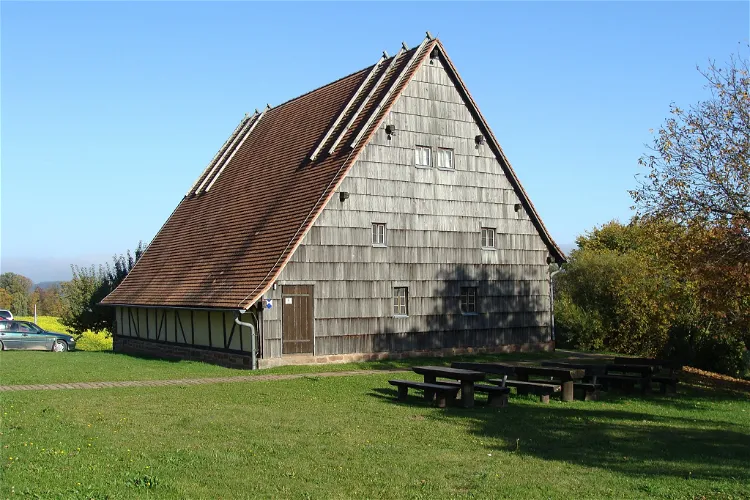
Waldmuseum Watterbacher Haus
PreunschenThe Watterbacher Haus is a significant historical site located in Preunschen, a district of Kirchzell, in the Lower Franconian district of Miltenberg in Bavaria. This historic farmhouse and forest museum offers a unique glimpse into the past, showcasing the traditional architecture and lifestyle of the region. It is a place where history and nature intertwine, providing a rich and immersive experience for visitors.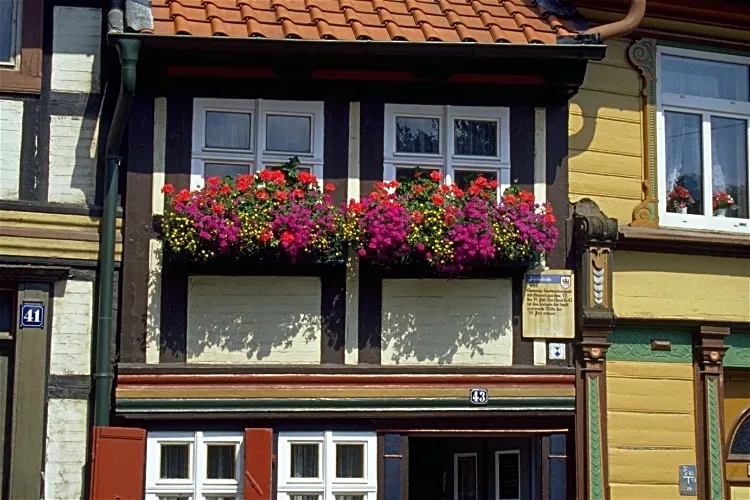
Kleinstes Haus
WernigerodeThe smallest house in the city, located in Wernigerode, is a socio-historical cultural monument. Its small size has made it famous and it is now home to a small folk museum. This unique piece of architecture offers a glimpse into the past, showcasing the living conditions of the city's poorer inhabitants during the late 18th century.
Heimathaus Pfronten
PfrontenThe Heimathaus in Pfronten is a historical monument, recognized for its old timber-framed architecture. This building is listed in the Pfronten monuments list, making it a significant part of the town's cultural heritage.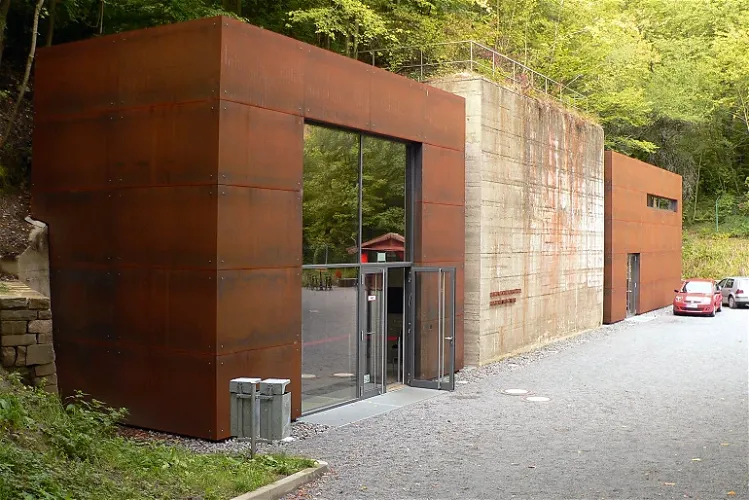
Government bunker
Bad Neuenahr-AhrweilerThe Government Bunker Regierungsbunker in Germany, also known as the Emergency Seat of the Federal Constitutional Organs, was a significant Cold War-era construction. It was designed to house the German government, parliament, and enough federal personnel to maintain the government's functionality in the event of war or severe crisis. This massive underground complex is a testament to the tensions and fears of the Cold War period.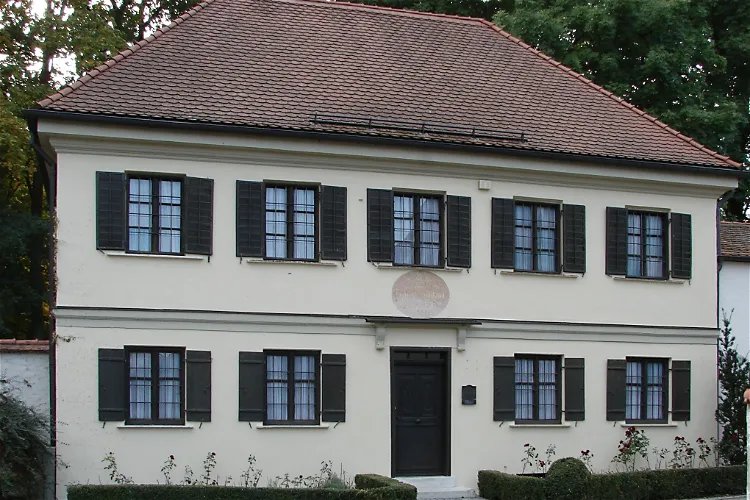
Lenbachmuseum
SchrobenhausenThe Lenbachmuseum is situated in the birthplace of the renowned painter Franz von Lenbach in Schrobenhausen, Bavaria. This location adds a personal touch to the museum, allowing visitors to explore the artist's life and work in the very place where he was born.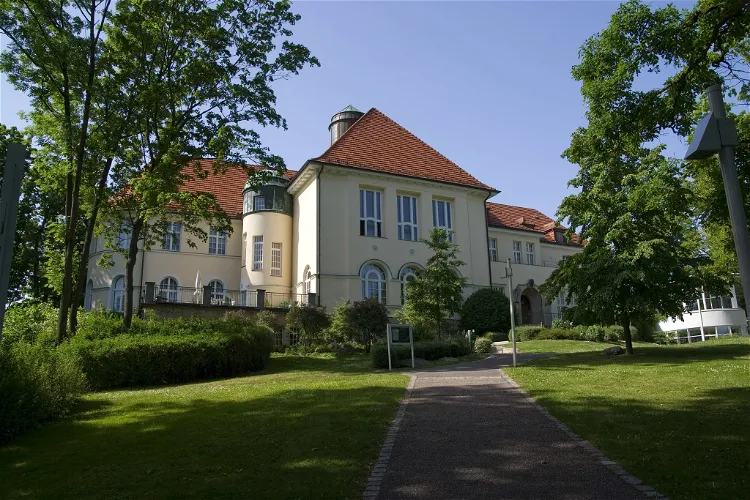
Naturkundemuseum Coburg
CoburgThe Naturkunde-Museum Coburg is a natural history museum located in the city of Coburg. It is situated on the grounds of the Coburg Court Garden, a beautiful location that adds to the overall experience of visiting the museum. The museum's location is not only scenic but also convenient, making it easily accessible for tourists.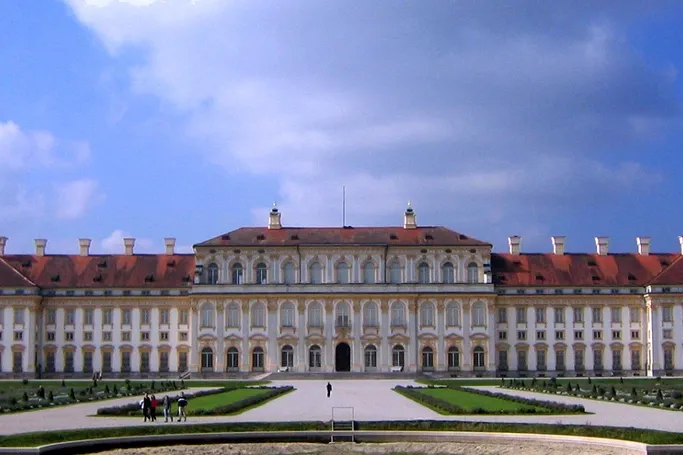
New Schloss Schleißheim
MunichSchleißheim Palace, located in the municipality of Oberschleißheim, north of Munich, is a German palace complex that consists of three palaces. These are the Old Schleißheim Palace and the New Schleißheim Palace, both situated in the western area of the park, and the Lustheim Palace, which is located in the eastern area of the park. Each palace offers a unique glimpse into the history and architecture of the region.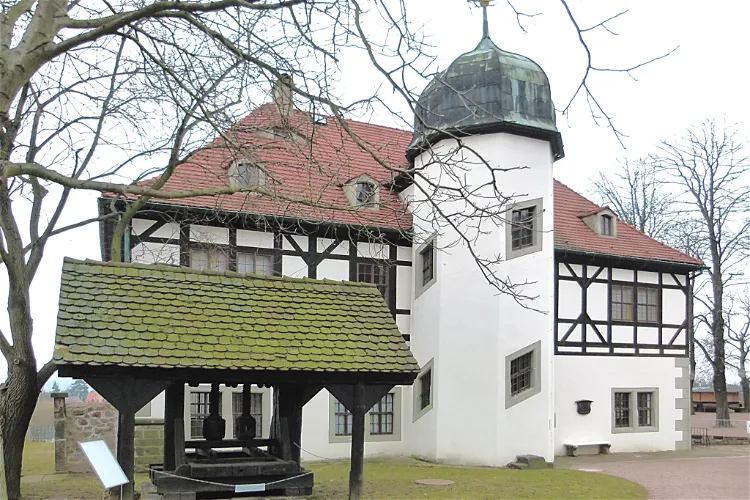
Sächsische Weinbaumuseum
RadebeulThe Berg and Lusthaus Hoflönitz, located in Radebeul Oberlönitz, is the primary structure of the former royal Saxon vineyard, Hoflönitz, which is now municipally owned. This historic building has a rich history and is a significant part of the vineyard.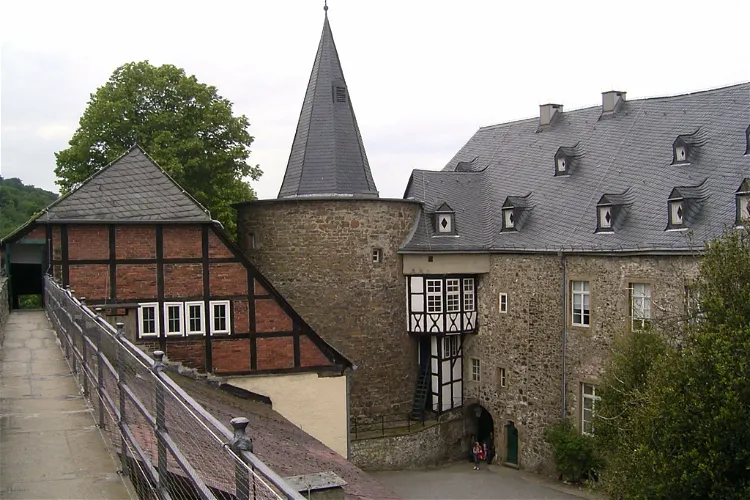
Hohenlimburg Castle
HagenHohenlimburg Castle, located in North Rhine-Westphalia, is a unique historical site as it is the only hilltop castle in Westphalia that has been largely preserved in its medieval original state. This makes it a significant destination for those interested in medieval architecture and history. The castle's location on a hilltop offers picturesque views, earning it the nickname 'Westphalian Heidelberg'.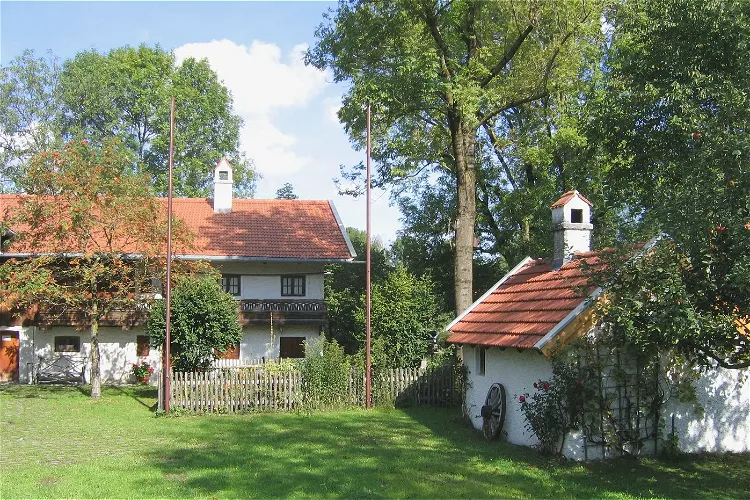
Wolfschneiderhof
TaufkirchenThe Wolfschneiderhof Museum is a significant cultural institution located in the municipality of Taufkirchen, near Munich. It serves as a representation of the local history and culture, providing visitors with an opportunity to learn about the region's past.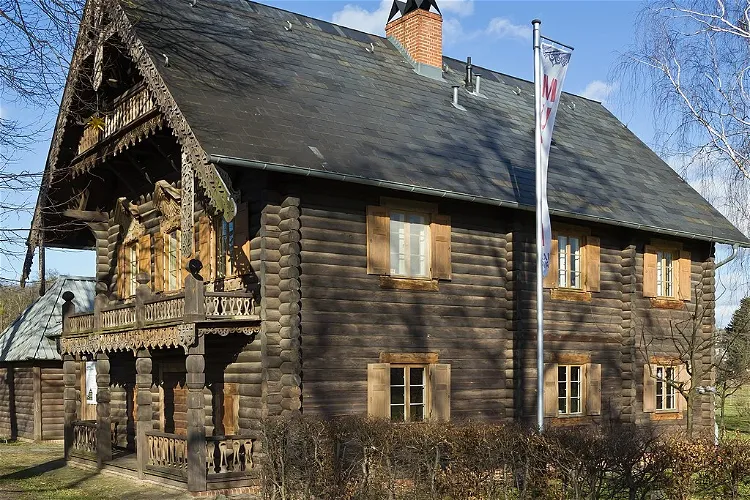
Museum Alexandrowka
PotsdamMuseum Alexandrowka is situated in House No. 2 of the Russian Colony Alexandrowka in Potsdam. This location is significant as it is part of the Potsdam World Heritage site. The museum is housed in a building that is a monument of architectural and cultural history dating back to 1826.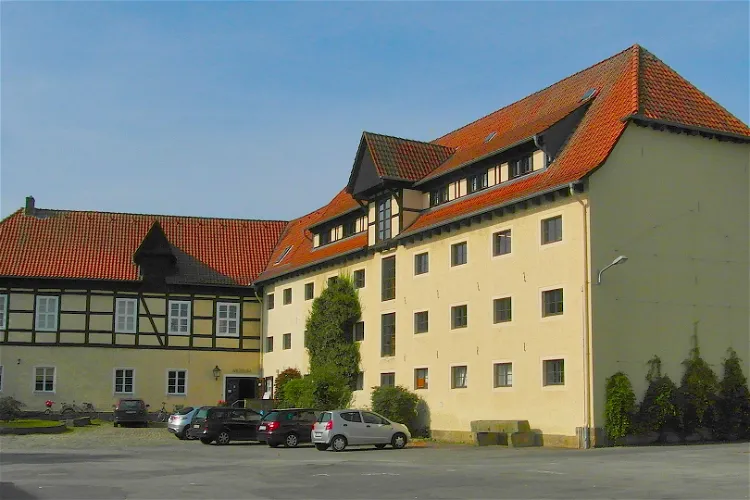
Ilsenburg Abbey
IlsenburgIlsenburg Abbey, located near Wernigerode in Saxony-Anhalt, Germany, was a monastery of the Benedictine Order. This historical site offers a glimpse into the religious and architectural history of the region.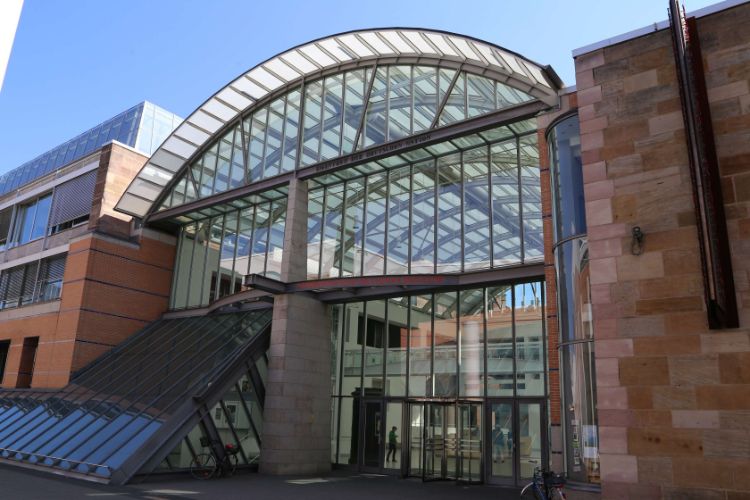
Germanisches Nationalmuseum
NurembergThe Germanisches Nationalmuseum is the largest museum of cultural history in Germany, located in Nuremberg. The museum holds and exhibits a large collection of items related to German culture and art from prehistoric times to the present day. The collection consists of around 1,3 million objects of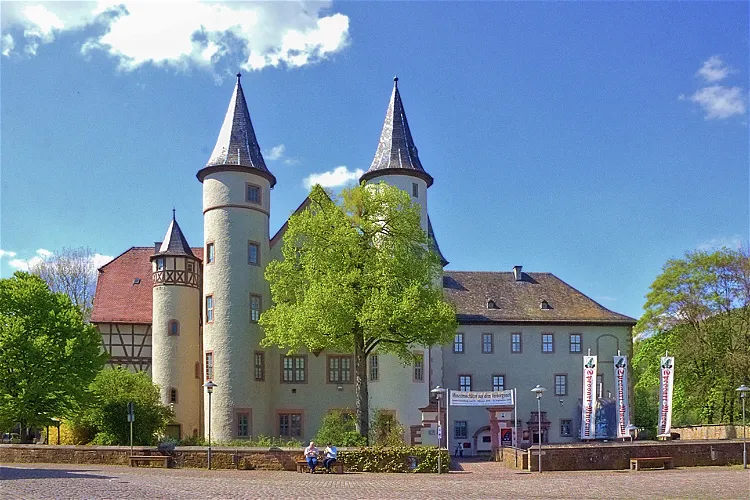
Spessartmuseum
Lohr am MainThe Spessartmuseum, located in Lohr Castle in Lohr am Main, is a place where visitors can delve into the history of the castle and the Spessart region. The museum provides a comprehensive overview of the past, offering a unique insight into the historical context of the area.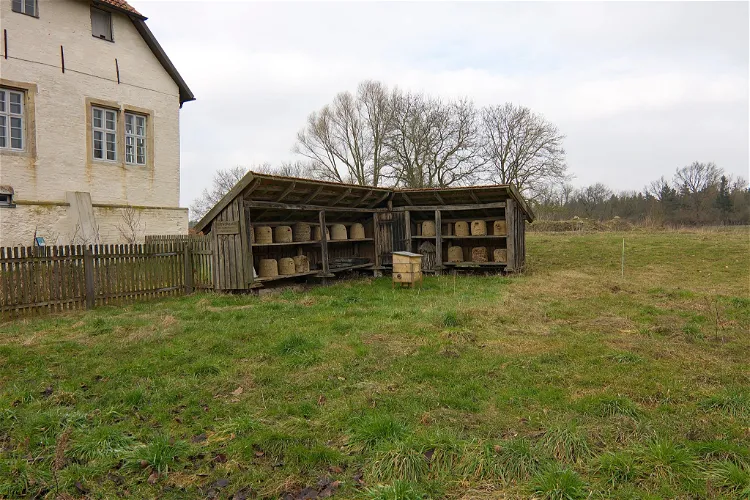
Burg Brome
AltendorfBurg Brome, located in Brome, Lower Saxony, is a partially well-preserved, medieval moated castle. It is considered one of the most significant historical fortifications in the Gifhorn district. The castle's rich history and architectural features make it a fascinating destination for tourists interested in medieval architecture and history.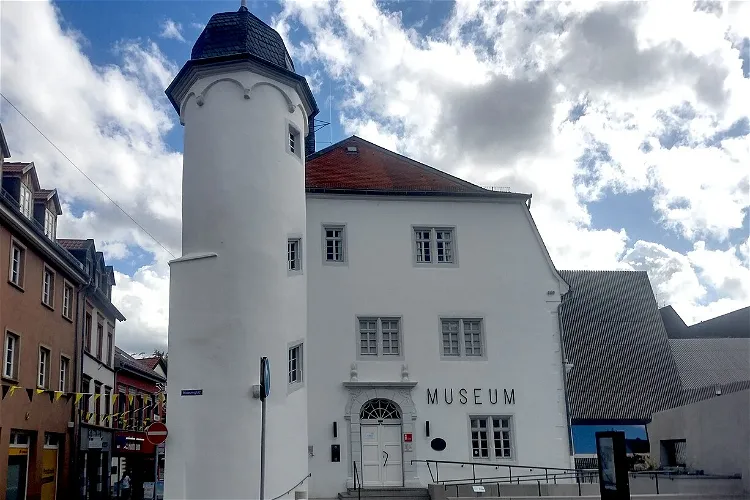
Museum Alzey
AlzeyThe Museum of the City of Alzey, a local history museum, was established in 1906 by the Antiquities Association for Alzey and its surroundings. The museum's mission is to explore the history and natural conditions of Alzey and its surroundings, collect and preserve antiquities and natural objects, and exhibit them.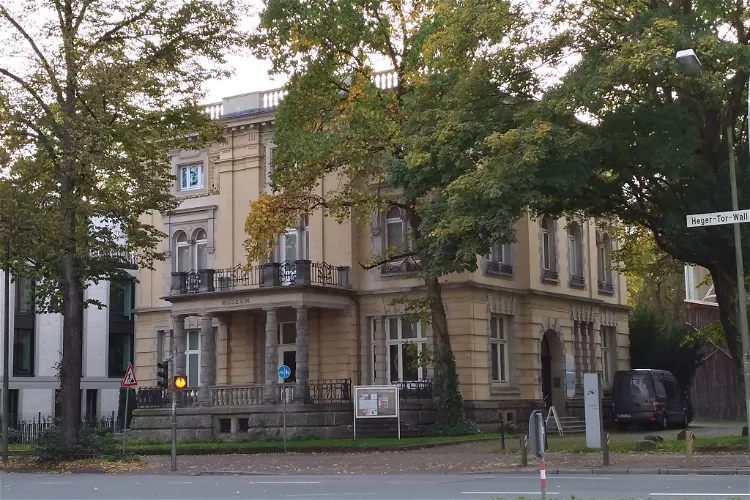
Kulturgeschichtliches Museum
OsnabrückThe Kulturgeschichtliches Museum Osnabrück, also known as the Museum am Heger Tor, is a museum located in Osnabrück. It showcases a wide range of exhibits that cover various aspects of history and culture. These include prehistory and early history, city history and everyday culture, as well as ancient art, arts and crafts and design. The museum also houses a collection of costumes, weapons and armor, coins and medals.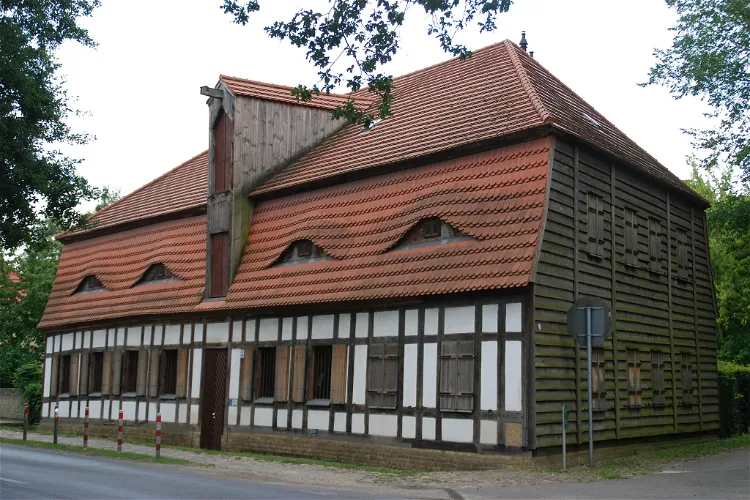
Raufutterspeicher
Schöneiche bei BerlinThe Raufutterspeicher Schöneiche is a baroque-style half-timbered house with three floors: ground, upper, and attic (mansard roof). The upper part of the roof is covered with slate, while the lower part is covered with beaver tails. The grain was stored on the upper floor and transported up via a lift, and down via a chute, which is still preserved. This architectural design provides a glimpse into the historical agricultural practices of the region.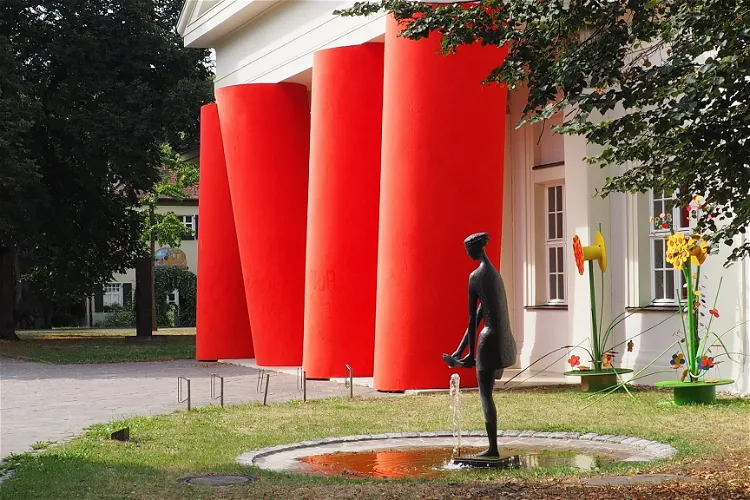
Kunstforum Ostdeutsche Galerie
RegensburgThe Kunstforum Ostdeutsche Galerie (KOG) in Regensburg is a unique art collection that showcases works by German artists from the formerly German eastern territories and the German settlement areas in Eastern and Southeastern Europe. This collection provides a unique perspective on the cultural and artistic history of these regions, making it a fascinating destination for art enthusiasts and history buffs alike.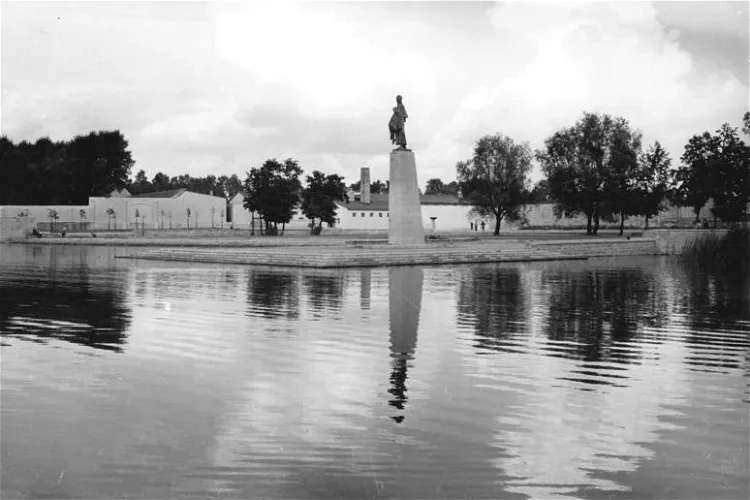
Mahn- und Gedenkstätte Ravensbrück
Fürstenberg/HavelThe Ravensbrück Memorial and Museum is a significant historical site located in the city of Fürstenberg/Havel. It serves as a memorial for the victims of several Nazi concentration camps, including Ravensbrück and neighboring camps. The site was part of the SS forced labor system during World War II.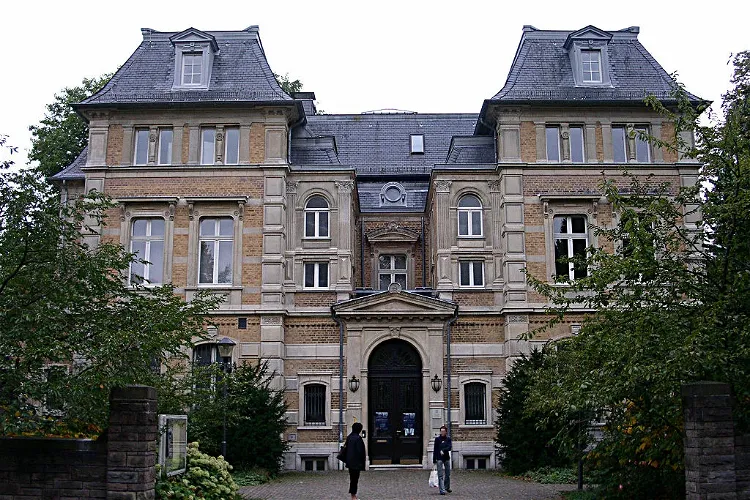
Kunstmuseum Villa Zanders
Bergisch GladbachVilla Zanders, located in Bergisch Gladbach in the Rheinisch-Bergischen Kreis of North Rhine-Westphalia, is a former industrialist villa that belonged to the Zanders family. This three-story brick building is structured with natural stone in the style of the French Renaissance. The villa was built in 1873-1874 for Maria Zanders, the widow of Carl Richard Zanders, and was originally situated in the middle of a small park, of which only remnants remain.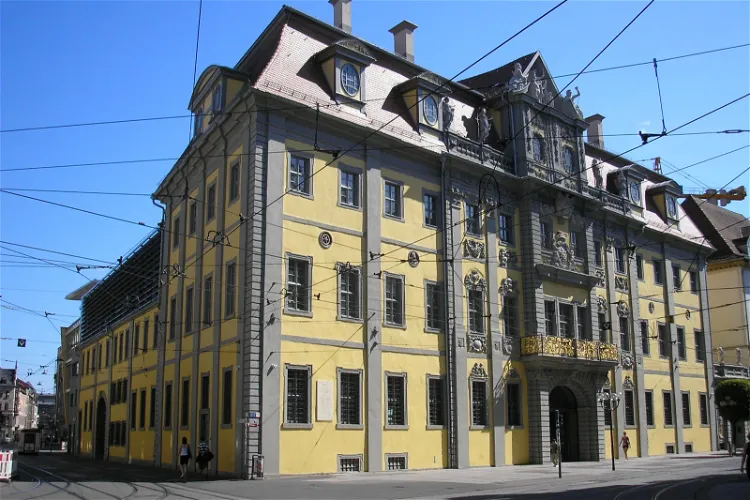
Angermuseum
ErfurtThe Angermuseum, an art museum in Erfurt, was opened on 27 June 1886. The museum is located in a historic building that once served as Erfurt's public weighing scales, where travelling merchants would bring their goods to be weighed for the payment of the city's customs duties.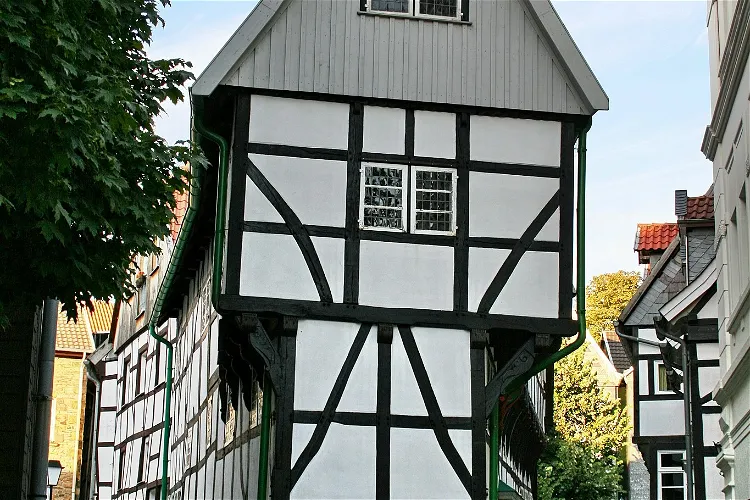
Bügeleisenhaus
HattingenThe Bügeleisenhaus, located in the old town of Hattingen in the southern Ruhr area, is a half-timbered house built in 1611. Its unique shape, reminiscent of an iron, has given it its name. This distinctive shape is a result of the house's location at the intersection of two alleys.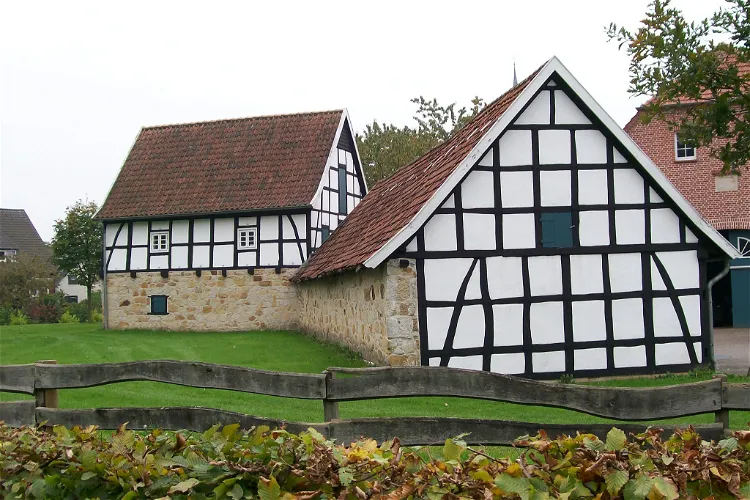
Averbecks Speicher
Bad IburgAverbecks Speicher is a local history museum situated in Glane, a district of Bad Iburg in Lower Saxony. This museum is housed in the former granary of the Averbeck full farmstead, which has a rich history dating back to the 11th century. The museum offers a unique opportunity to delve into the local history and culture of the region.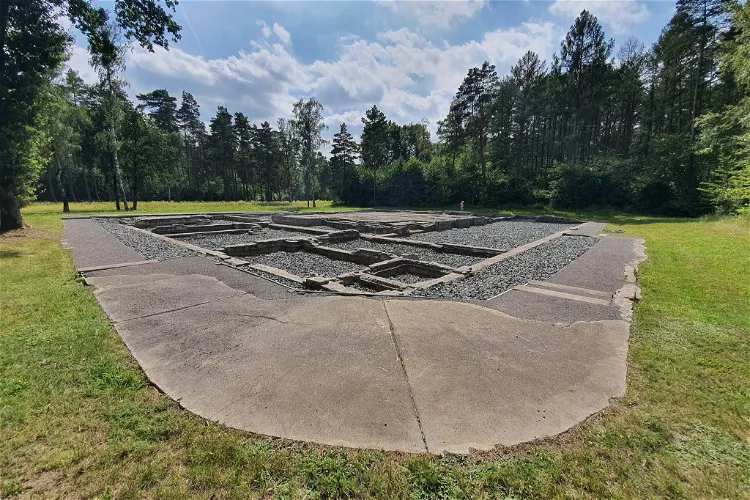
Bergen-Belsen Concentration Camp
LohheideBergen-Belsen was a concentration camp during the Nazi era, situated in the present-day German state of Lower Saxony, specifically in the urban district of Celle. It was operational from 1940 and initially served as a camp for prisoners of war. Over the years, it saw a significant increase in population, especially with the arrival of Soviet prisoners in 1941.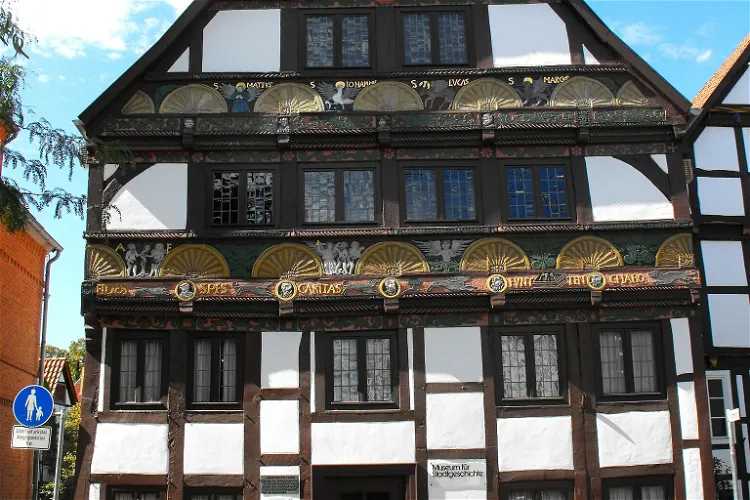
Adam- und Eva-Haus
PaderbornThe Adam-und-Eva-Haus, situated at Hathumarstraße 7, is recognized as one of the oldest and most intricately decorated half-timbered houses in Paderborn that still stands today. This three-story gabled house, built around 1560, is particularly known for its rich carvings on the friezes of the gable front. The most impressive of the three ornamental and figurative friezes is the lower one, which gave the house its name. It tells the story of Adam and Eve's fall from grace, from left to right, ending with their expulsion from paradise.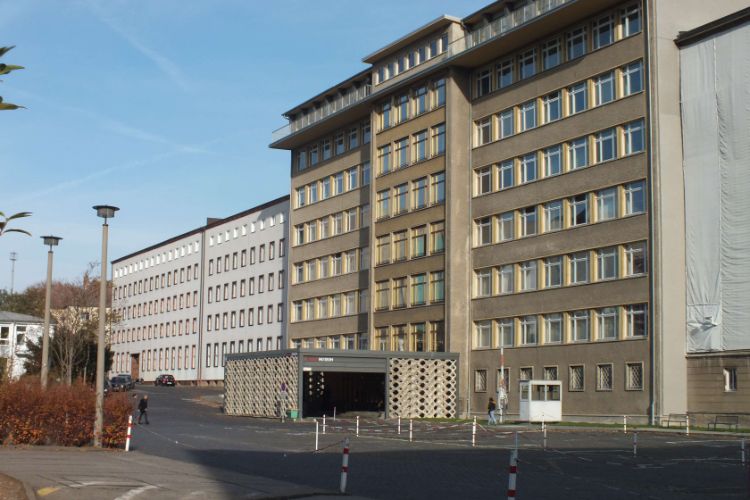
Stasi Museum
BerlinThe Stasi Museum, also known as Forschungs- und Gedenkstätte Normannenstraße, is a facility located in Berlin. It is dedicated to providing information about the activities of the State Security, resistance movements and opposition in the GDR, and various aspects of the political system of the GDR. This museum offers a comprehensive insight into the history and operations of the State Security during the GDR era.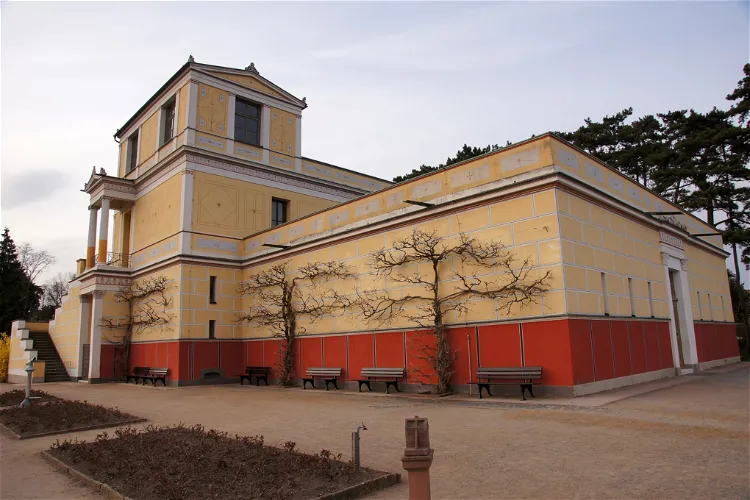
Pompejanum
AschaffenburgThe Pompejanum in Aschaffenburg is a unique attraction as it is a replica of a Roman villa, specifically modeled after the Casa dei Dioscuri in Pompeii. This architectural marvel stands on the high bank of the Main, offering a glimpse into the ancient Roman lifestyle and culture.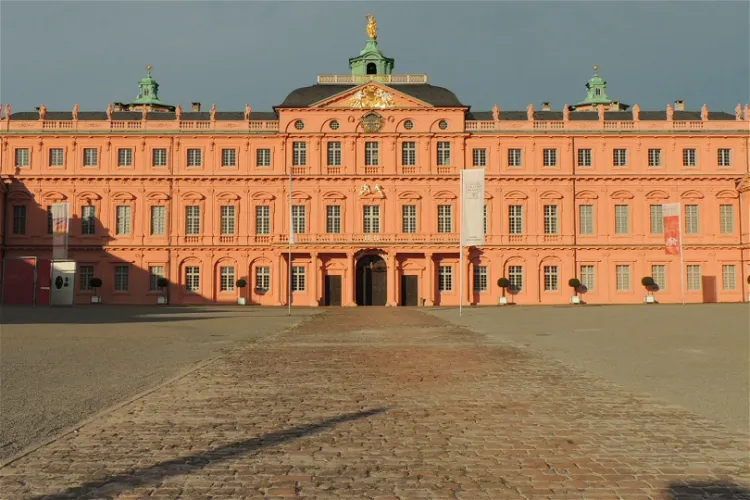
Schloss Rastatt
RastattSchloss Rastatt, situated in Baden, Germany, is a historical site that was once the residence of the Margraves of Baden. The castle was constructed in 1700 by the Italian architect Domenico Egidio Rossi for Margrave Louis William of Baden. This historical context adds to the rich tapestry of the castle's past, making it a fascinating destination for those interested in history and architecture.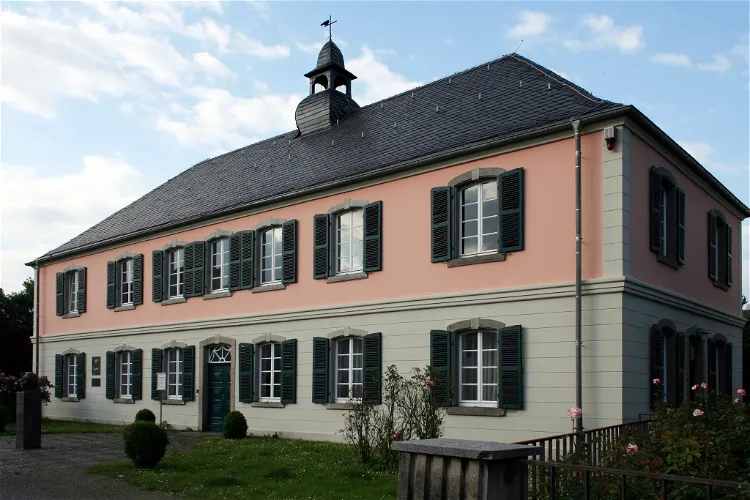
Schumannhaus Bonn
BonnThe Schumannhaus Bonn is a significant site in the history of classical music, as it is the house where the renowned German composer Robert Schumann spent his last days. Located in the Endenich district of Bonn, this house is a must-visit for anyone interested in the life and works of Schumann.
Henriette-Davidis-Museum
Wetter (Ruhr)The Henriette-Davidis-Museum, which was inaugurated in 1994 in Wetter - Wengern, is dedicated to showcasing the life and work of Henriette Davidis, the most famous German cookbook author. The museum provides an in-depth look into the author's life, her contributions to the culinary world, and her influence on German cuisine.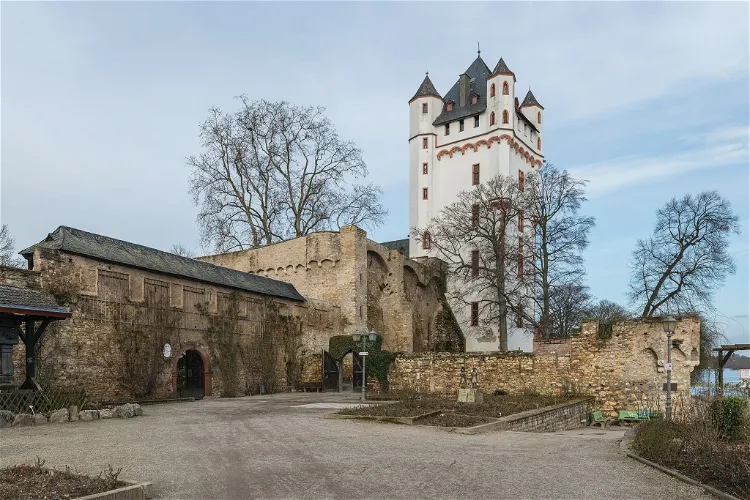
Eltville Castle
Eltville am RheinEltville Castle, also known as the Kurfürstliche Burg, is a significant urban castle located in Eltville am Rhein in the Hessian county of Rheingau-Taunus. The castle serves as a symbol of the town and is a key point of interest for visitors.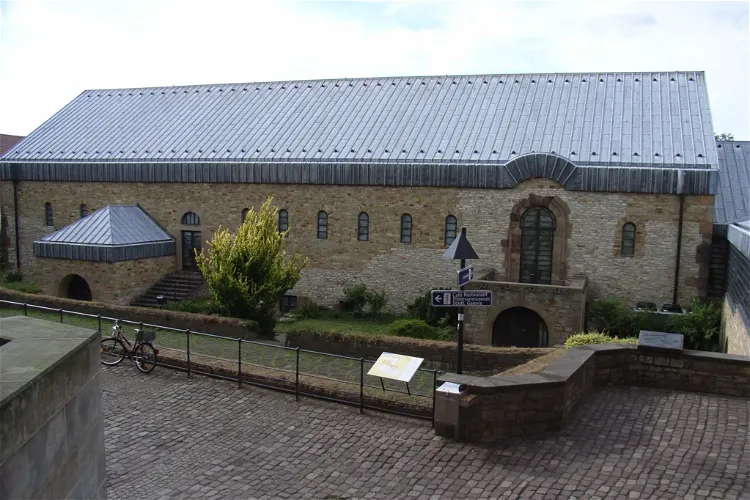
LWL-Museum in der Kaiserpfalz
PaderbornThe LWL-Museum in der Kaiserpfalz is situated in the East Westphalian city of Paderborn, in the North Rhine-Westphalia region of Germany. It is conveniently located near the city's cathedral, making it an accessible destination for tourists visiting the area.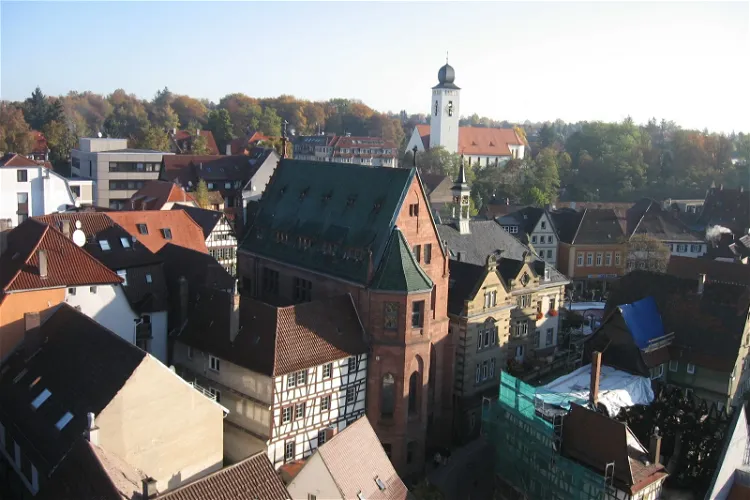
European Melanchthon Academy of Bretten
BrettenThe Melanchthonhaus in Bretten serves as a museum and research institution dedicated to the history of the Reformation and the life of Philipp Melanchthon. It offers a unique insight into the life and work of this important figure of the Reformation, making it a significant destination for those interested in history and religion.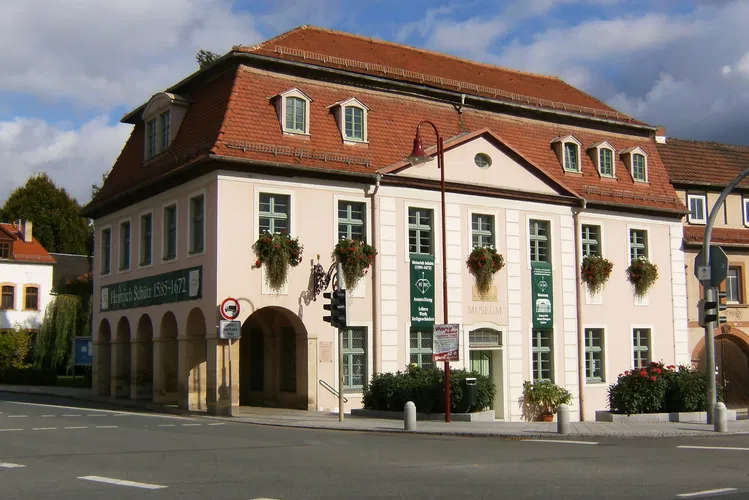
Heinrich Schütz House, Bad Köstritz
DürrenbergThe Heinrich Schütz House, located in Bad Köstritz, Thuringia, Germany, is a cultural site dedicated to the life and work of the renowned composer Heinrich Schütz. This historic building, where Schütz was born, now serves as a museum, providing visitors with a comprehensive understanding of the composer's life, his contributions to music, and his cultural background.
Büchel-Museum Rote Burg
AachenThe Rote Burg is a historic residential building located in Aachen, specifically at Büchel, house number 14. It holds significant historical value and is recognized as a monument in the city of Aachen's monument list. This makes it a point of interest for tourists who are keen on exploring the rich history of Aachen.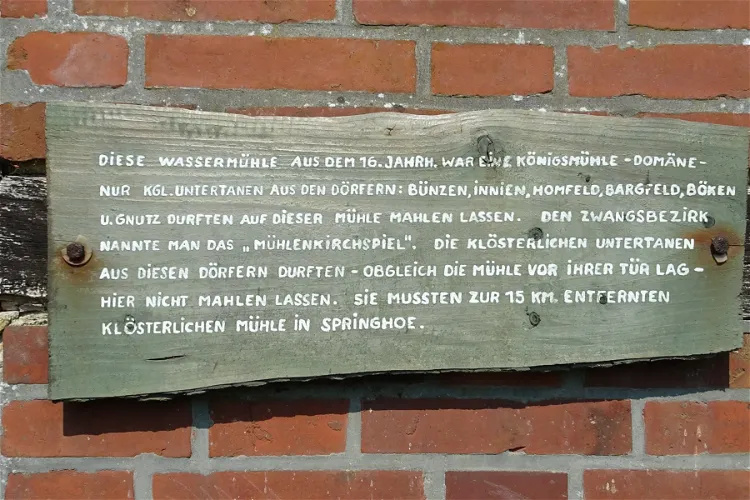
Bünzer Wassermühle
BünzenThe Bünzer Wassermühle is a historical site located in the Bünzen district of the Aukrug municipality. This well-preserved watermill dates back to the 16th century, offering visitors a glimpse into the past. Although the exact year of construction is unknown, there are records of repairs dating back to 1594. Today, the mill is no longer in operation but stands as a testament to the region's rich history.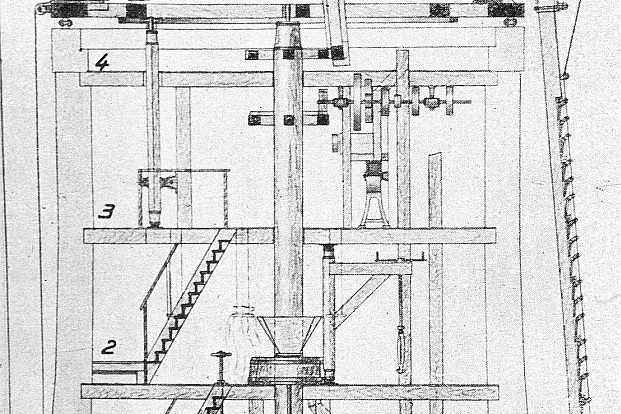
Holländerwindmühle Syrau
SyrauThe Holländerwindmühle Syrau in Syrau is the only Dutch windmill in Vogtland, Germany. This unique feature makes it a distinctive landmark in the region, offering visitors a glimpse into the historical and cultural significance of windmills in the area.
Sonnenstein Euthanasia Centre
PirnaSonnenstein Castle in Pirna, Saxony, Germany, was the site of the Nazi extermination center, Pirna-Sonnenstein. The castle, which had been serving as a hospital since 1811, became a significant location in the history of the Holocaust. It was here that the Aktion T4 and Aktion 14f13 programs were carried out, leading to the death of approximately 15,000 disabled individuals and concentration camp detainees.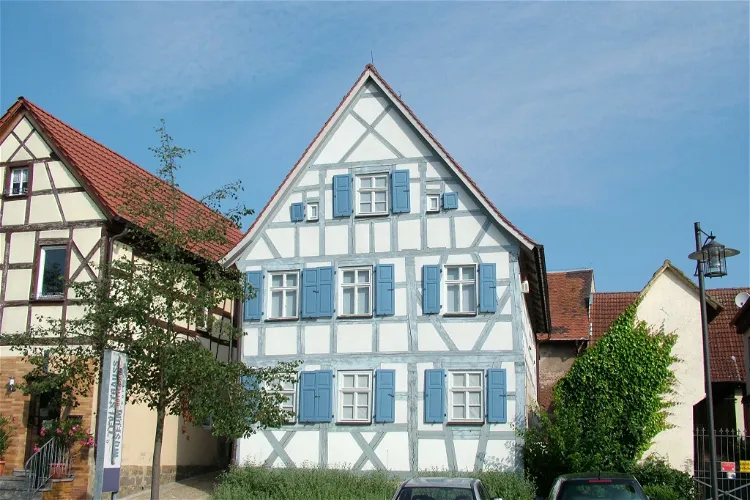
Birthplace Levi Strauss Museum
ButtenheimThe Levi Strauss Museum in Buttenheim, opened in 2000, is located in the birthplace of Levi Strauss, the inventor of jeans. This museum is a tribute to the life and work of Levi Strauss and offers a unique insight into the history of jeans.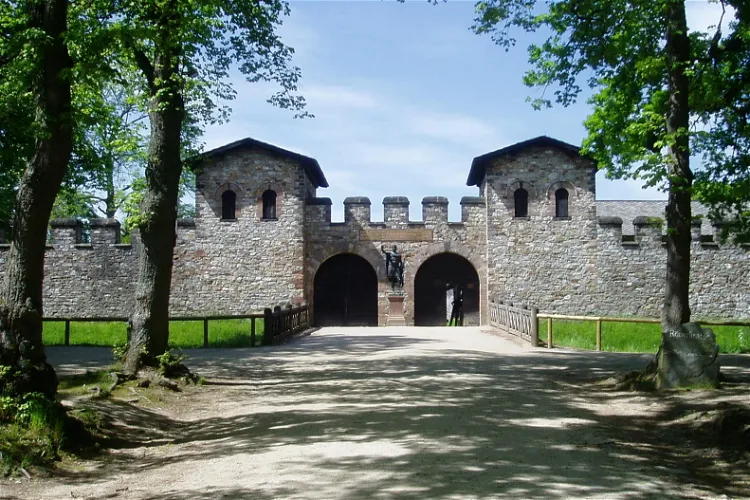
Saalburg
Bad Homburg vor der HöheLa Saalburg is an ancient Roman fort located in the Taunus mountain range, in the state of Hesse, Germany. It was part of the Germanic Limes, a series of forts established at the northern border of the Roman Empire. This historical site offers a unique insight into the Roman Empire's northernmost frontier and its defensive structures. It's a great place for history enthusiasts and those interested in archaeology.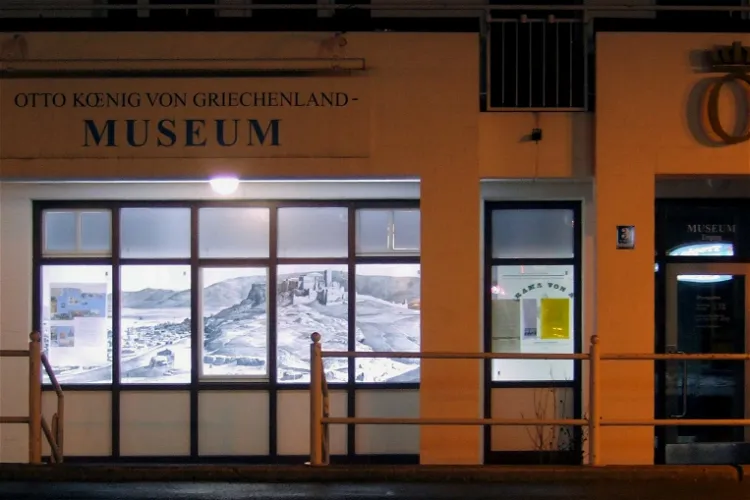
Otto-König-von-Griechenland-Museum
OttobrunnThe Otto-König-von-Griechenland-Museum in Ottobrunn is a non-governmental museum located in Bavaria. It is dedicated to the namesake of Ottobrunn, the Wittelsbach King Otto of Greece, and his work in Greece and contemporary history. This museum provides a unique opportunity to delve into the life and work of King Otto, offering a comprehensive understanding of his influence in Greece and the historical context of his reign.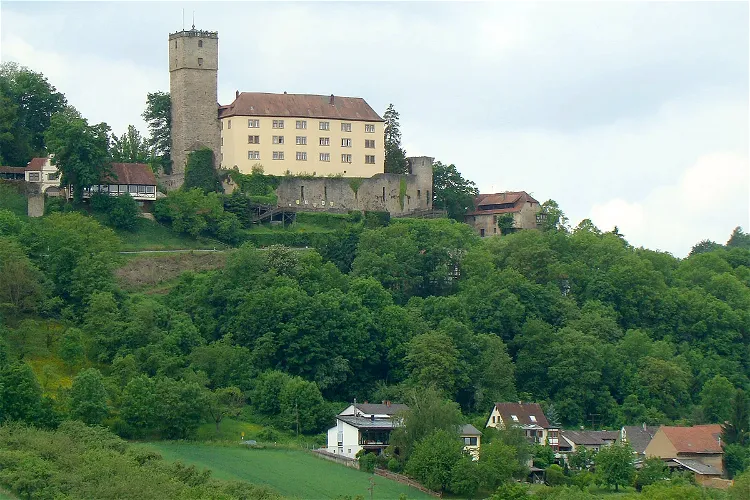
Burg Guttenberg Haßmersheim
NeckarmühlbachBurg Guttenberg is a late medieval castle situated above Neckarmühlbach, a district of Haßmersheim in the Neckar-Odenwald district in Baden-Württemberg. The castle has never been destroyed and has been continuously inhabited for almost 800 years. Since the mid-15th century, it has been occupied by the Gemmingen-Guttenberg line of the Barons of Gemmingen.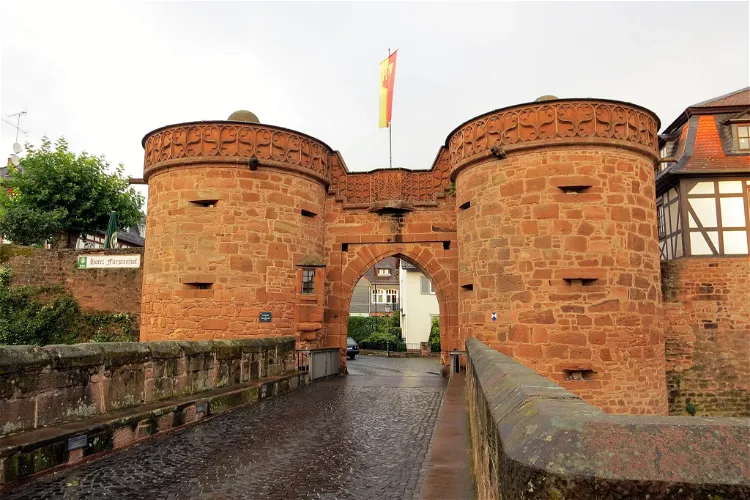
Sandrosenmuseum
BüdingenThe Untertor, also known as the Jerusalemer Tor or Kreuztor, is a medieval double tower gate that forms the western entrance to the historic old town of Büdingen in Hessen, Germany. This prominent structure is a symbol of the city and is considered a protected cultural asset under the Hague Convention for the Protection of Cultural Property in the Event of Armed Conflict. The gate is notable for its fish bladder tracery and lion-shaped water spouts.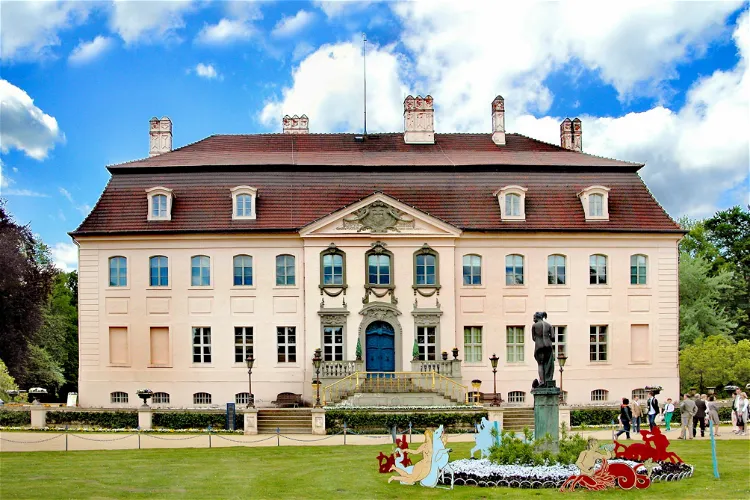
Branitz Palace - Stiftung Fürst-Pückler-Museum
CottbusBranitz Palace, located in Cottbus, Brandenburg, is a baroque palace featuring interiors designed by Prince Hermann von Pückler-Muskau. The palace was constructed in the 1770s, and most of its furnishings date back to around 1860. This historical site offers visitors a glimpse into the past, showcasing the architectural and interior design styles of the period.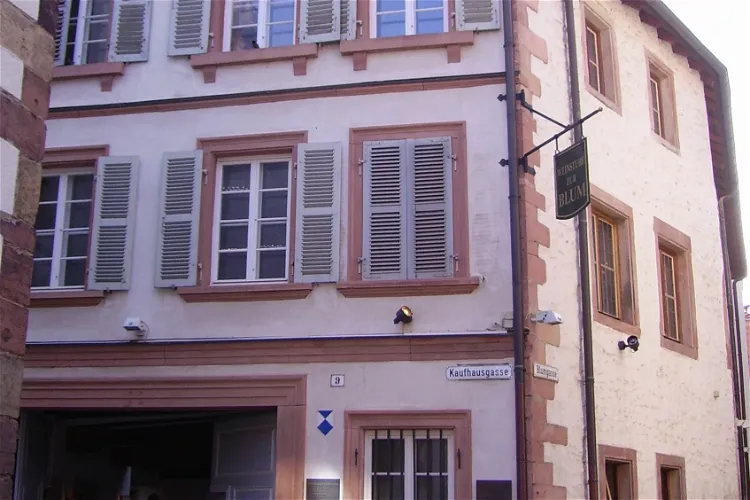
Frank-Loebsches Haus
Landau in der PfalzThe Frank-Loebsche Haus is a historic building located in Landau in der Pfalz. It is named after its former owners, the Jewish Frank-Loeb family. This three-story four-wing building with arcades has a rich history that dates back to between the 15th and 17th centuries. It is a significant symbol of Jewish culture in Landau society before the era of National Socialism.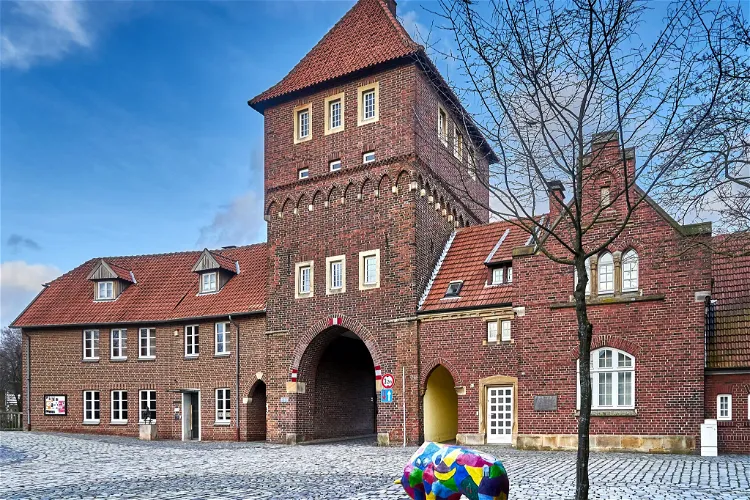
Walkenbrückentor
CoesfeldThe Walkenbrückentor is not just a historical monument, but also a cultural hub. Since 1988, it has been home to the Municipal Tower Gallery and the City Museum. The museum was thoroughly renovated and redesigned before its reopening under the name 'Das Tor' on January 29, 2012. It offers a unique insight into the city's history and culture.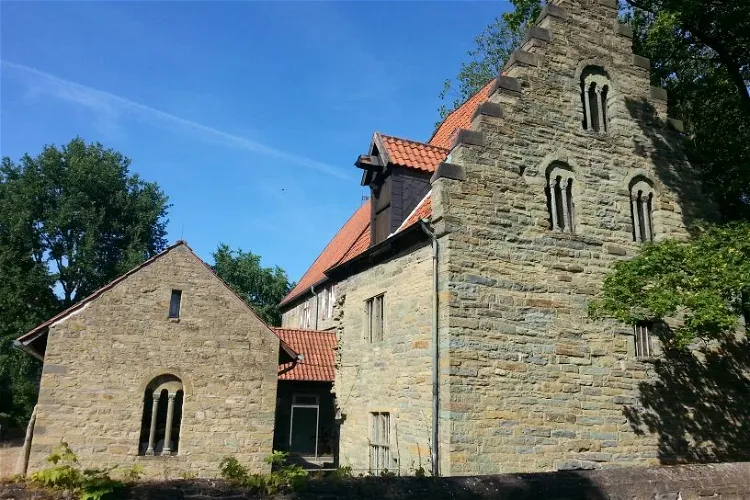
Burghofmuseum Soest
SoestThe Burghof is a historic patrician house located in Soest, which now houses a city history museum. This museum offers a deep dive into the rich history of the city, providing visitors with a unique opportunity to learn about the past. The Burghof also features a historic banquet hall, which adds to the charm and historical significance of the place.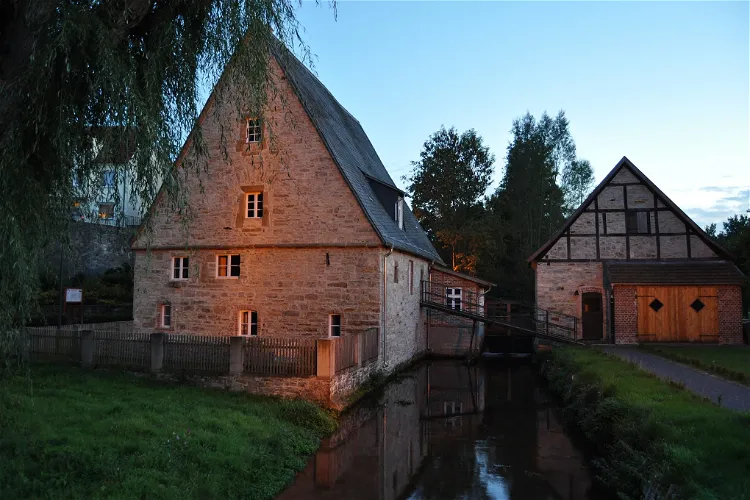
Mittel- und Bohrmühle
BürenThe Mittelmühle, located in Almetal, is one of the two ancient mills in Büren, Westphalia. It holds the distinction of being one of the few preserved color mills in the northern German region. This historical site offers a unique glimpse into the past, showcasing the traditional milling processes and the rich history of the region.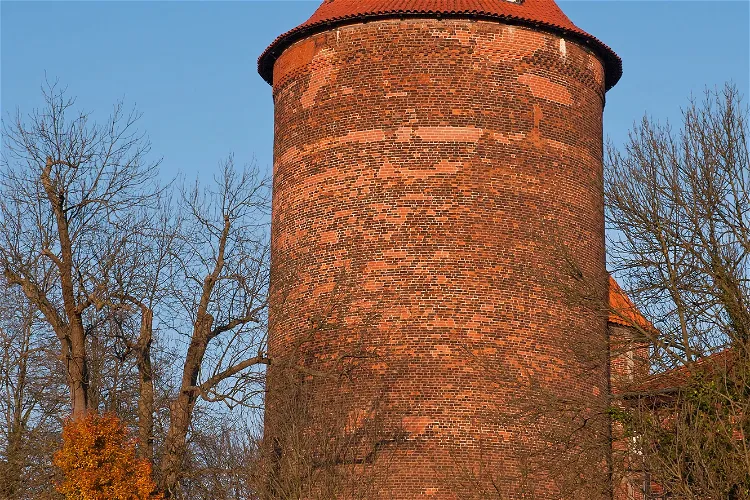
Museum im Waldemarturm Dannenberg
DannenbergThe Waldemarturm, located on the Amtsberg in Dannenberg (Elbe), is a former keep and the only remaining part of a medieval castle and the later Dannenberg Castle. This historical structure offers a glimpse into the past and provides a unique perspective on the region's history.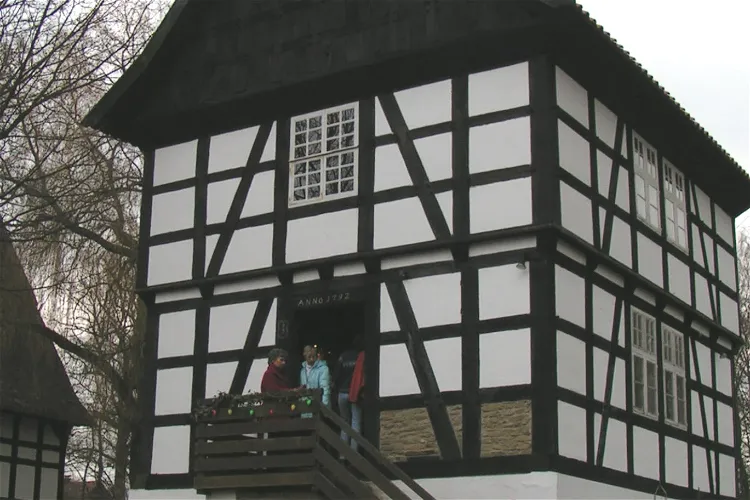
Museumshof Bad Oeynhausen
Bad OeynhausenThe Museumshof Bad Oeynhausen, a local museum in the East Westphalian spa town, was inaugurated in 1969. This museum serves as a testament to the rich history and culture of the region, providing visitors with a glimpse into the past.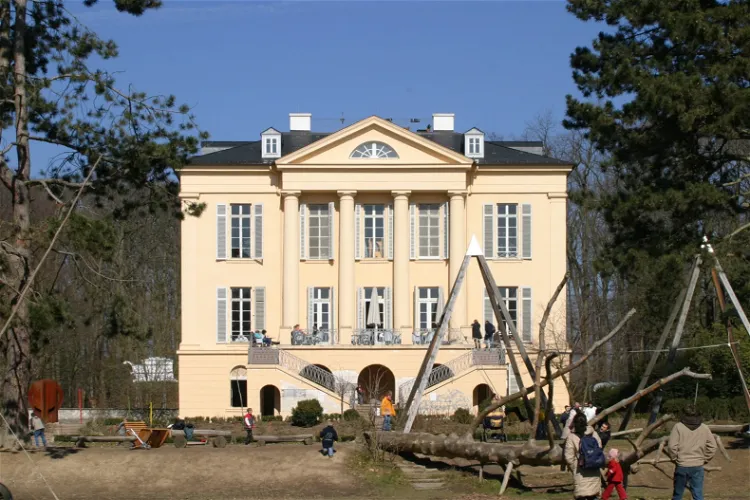
Schloss Freudenberg
WiesbadenSchloss Freudenberg is a significant historical site located in Wiesbaden, Germany. Constructed in 1904, this large villa was initially built as a private residence. Its architectural design and historical significance make it an interesting destination for tourists.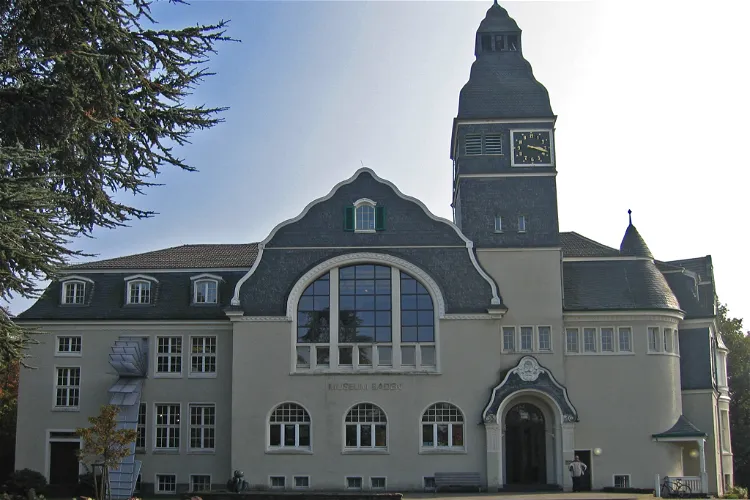
Solingen Art Museum
SolingenThe Solingen Art Museum, previously known as Museum Baden, is a significant cultural institution that has been operational since 1996. It is housed in the former town hall of Gräfrath, a building constructed in the Neuberg style between 1907 and 1908. The museum also includes a rear extension that was added between 1995 and 1996.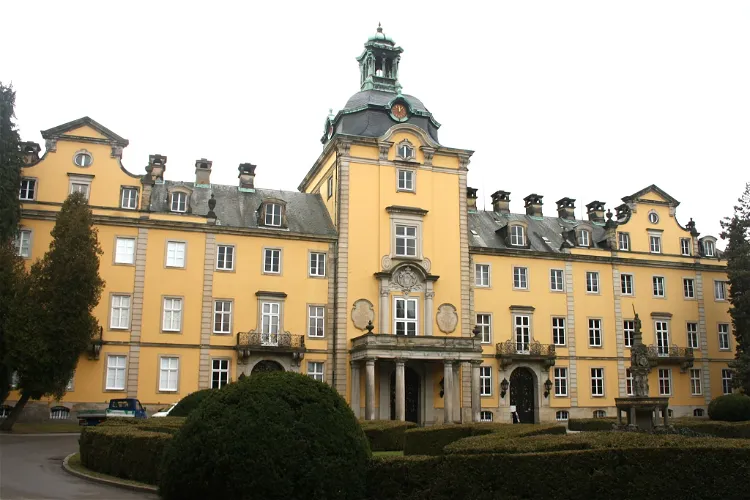
Schloss Bückeburg
BückeburgVisitors can explore Schloss Bückeburg through pre-booked tours. These tours offer a comprehensive experience of the castle, including themed tours that may include a visit to the mausoleum, a meal at the castle restaurant, or horse riding demonstrations. This provides a unique opportunity to delve into the history and culture of the castle and its surroundings.
Schloss Brandenstein
RanisSchloss Brandenstein, also known as Burg Brandenstein, is a historic castle located in the Brandenstein district of the city of Ranis in the Saale-Orla district in Thuringia. The castle is situated on a Zechstein reef, a unique geological feature that adds to the charm and historical significance of the site.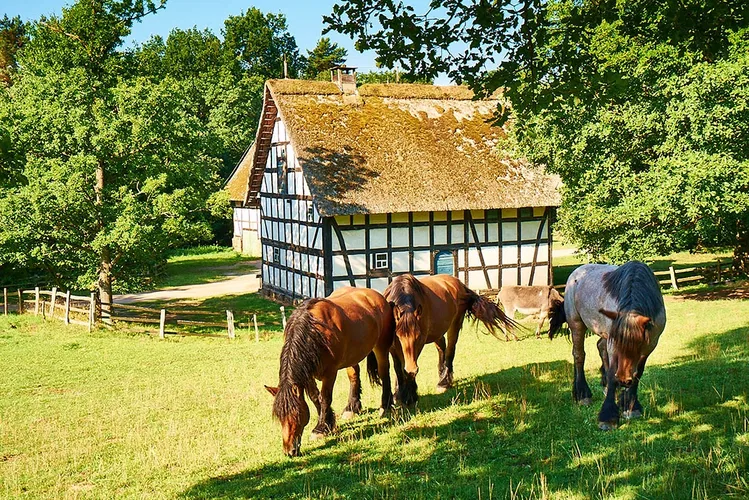
Kommern Open Air Museum
MechernichThe Kommern Open Air Museum, located in Kommern/Eifel, is recognized as one of the largest open air museums in Europe. It spans an impressive area of over 95 hectares and showcases approximately 67 historic buildings that originate from the Prussian Rhine Province. The museum is operated by the Rhineland Regional Association (Landschaftsverband Rheinland, LVR).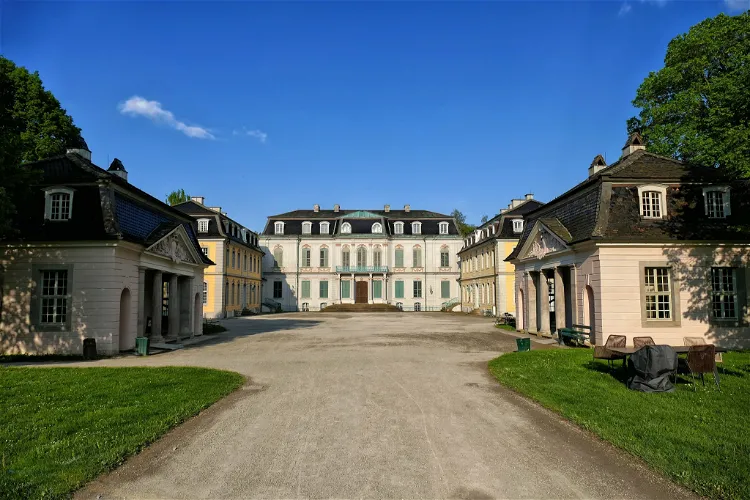
Schloss Wilhelmsthal
CaldenVisitors can explore the castle building as part of daily tours. The park, which has been part of the European Garden Heritage Network since 2009, is freely accessible all year round until dusk. This offers a great opportunity to enjoy the beautiful surroundings and the historical architecture of the castle.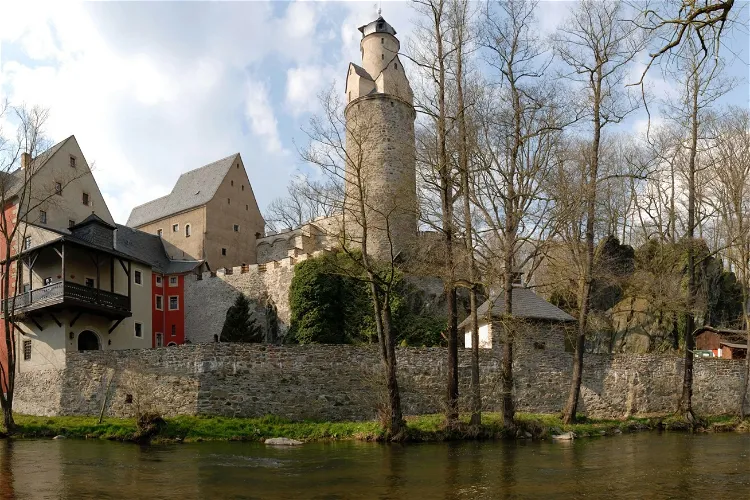
Stein Castle
HartensteinStein Castle, also known as Burg Stein or Burg und Schloss Stein, is a historic Saxon castle situated in the village of Stein, within the municipality of Hartenstein. The castle is located southeast of Zwickau, on the rocky banks of the Zwickauer Mulde, in the eastern German state of Saxony. This location offers visitors a unique blend of natural beauty and historical significance.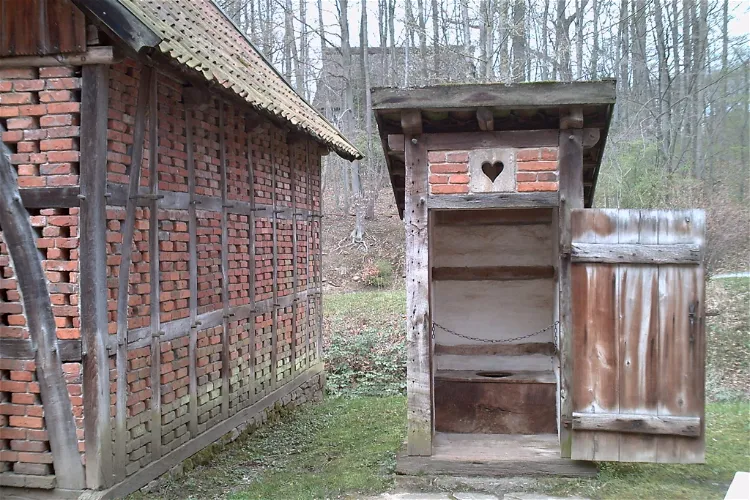
Open-Air Museum Detmold
DetmoldThe LWL Open-Air Museum Detmold, also known as LWL-Freilichtmuseum Detmold, is an open-air museum situated in the city of Detmold in Germany. This museum offers a unique opportunity to explore the rich history and culture of the region in an immersive outdoor setting.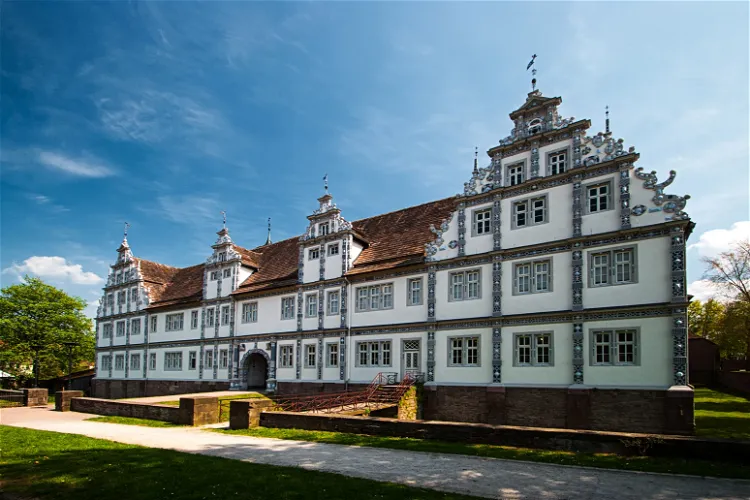
Bevern Castle
BevernBevern Castle, situated in the southern part of the Holzminden district in Lower Saxony, is a significant architectural monument of the Weser Renaissance. The castle was constructed between 1603 and 1612 by Statius von Münchhausen, replacing an old manor that previously occupied the site.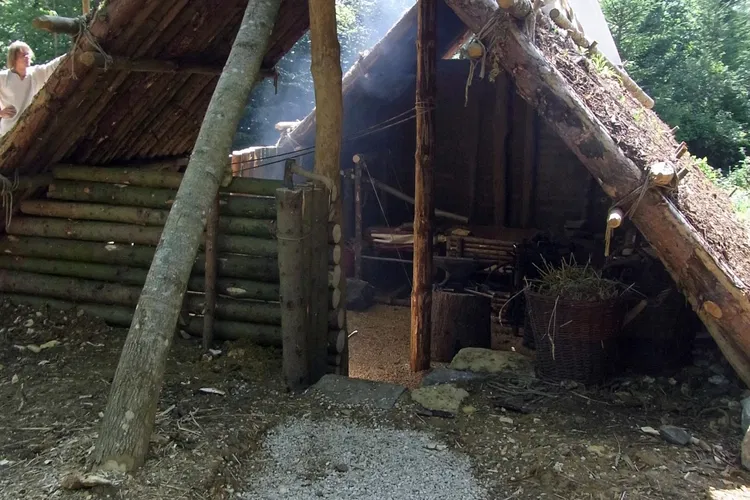
Campus Galli
MeßkirchCampus Galli is a unique project located in Meßkirch, Baden-Württemberg, Germany. It is a Carolingian monastic community that is currently under construction. The project aims to build a medieval monastery according to the early ninth-century Plan of Saint Gall using techniques from that era. This makes it a living history site where visitors can witness the construction process and learn about the historical techniques used.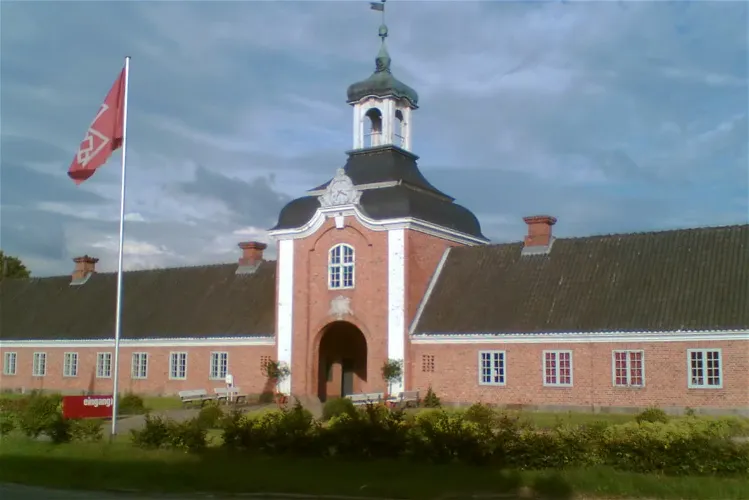
Freilichtmuseum Molfsee
RammseeThe Schleswig-Holstein Open Air Museum, located in the village of Molfsee just south of Kiel, is a significant open-air museum in northern Germany. It offers a unique opportunity to explore the historical and cultural heritage of the region in an immersive outdoor setting.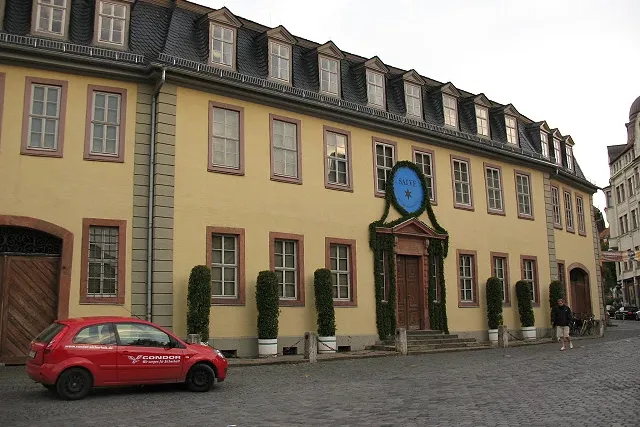
Goethe's House
WeimarGoethe's House, also known as the House on Frauenplan, is a museum located in Weimar. It is operated by the Klassik Stiftung Weimar and is situated in the residence where the renowned German writer Johann Wolfgang von Goethe lived and died. This historical site offers a unique insight into Goethe's life and work.
Richard-Wagner-Museum
BayreuthRichard Wagner's body was returned to Wahnfried in a public procession through Bayreuth on 18 February. His grave, located on the grounds of the villa, lies next to that of his wife, Cosima.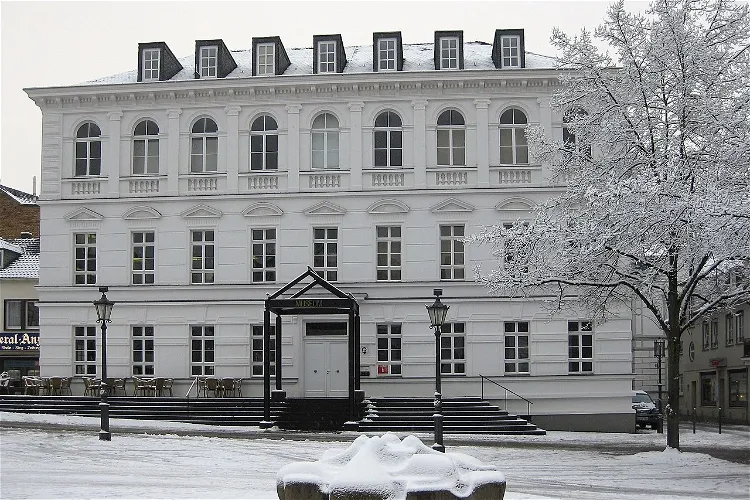
Stadtmuseum Siegburg
SiegburgThe Stadtmuseum Siegburg is a museum that focuses on archaeology, art, and cultural history. It provides a comprehensive documentation of the history of Siegburg, from its earliest times to the present day. The museum's exhibits cover a wide range of topics, making it a fascinating destination for anyone interested in learning more about the city's past.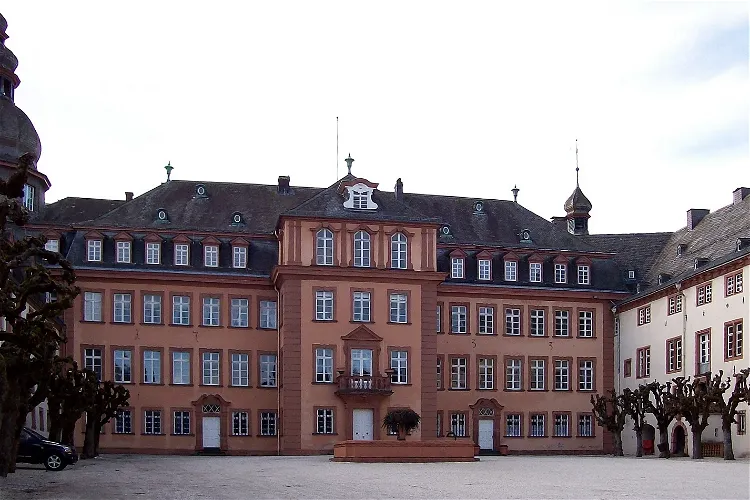
Schloss Berleburg
Bad BerleburgSchloss Berleburg, situated in the rural town of Bad Berleburg in Germany, is the official residence of the Princes of Sayn-Wittgenstein-Berleburg. This historic castle, with a history spanning over 600 years, is currently occupied by Gustav, the 7th Prince of Sayn-Wittgenstein-Berleburg. The castle's rich history and its royal residents make it a fascinating destination for tourists interested in history and royalty.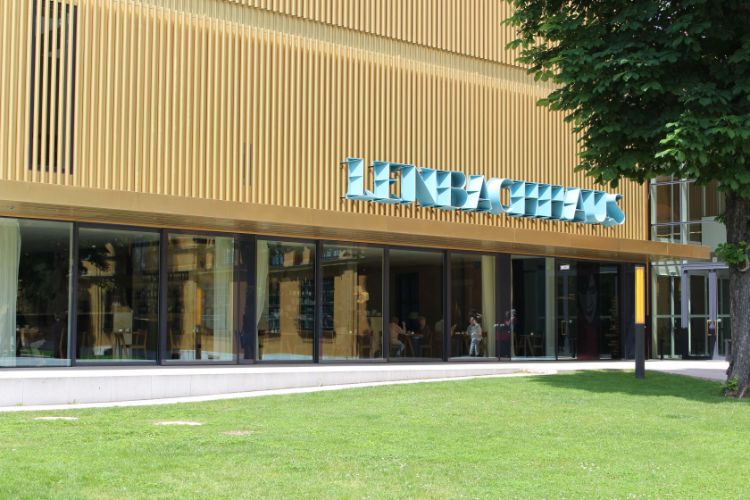
Municipal Gallery in Lenbach House
MunichThe Municipal Gallery in Lenbach House is a museum in Munich that is housed in the former villa of the German painter Franz von Lenbach, built between 1887 and 1891. The museum primarily displays work by painters that worked in Munich in the 18th and 19th centuries. The paintings of the Münchner Sch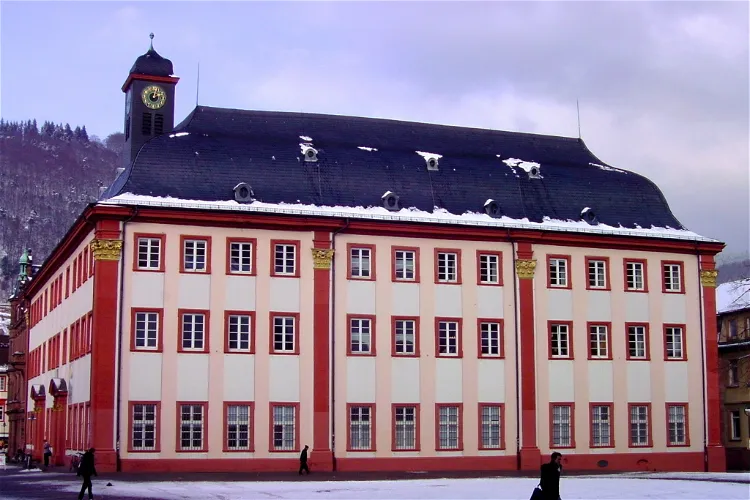
Old University
HeidelbergToday, the Old University houses the Rectorate of the University and the University Museum, which was established in 1996. The museum documents the development history of the Ruprecht-Karls-University, providing visitors with a comprehensive understanding of the university's evolution over the centuries.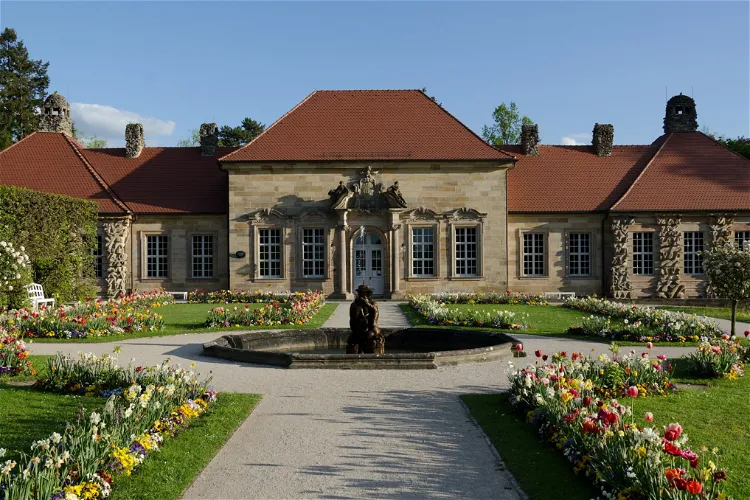
Old palace, Eremitage
BayreuthThe Old Palace, or 'das alte Schloß' as it is known in German, is a historic site located within the Hermitage Park in the city of Bayreuth. This palace is one of two castles within the park and is a significant part of the city's history. It's important to note that this Old Palace should not be confused with another Old Palace located in the city center.
Wildgehege Moritzburg
MoritzburgThe Wildgehege Moritzburg is a wildlife park that spans approximately 40 hectares. It is situated in the Saxon municipality of Moritzburg, about ten kilometers north of Dresden, near the Moritzburg Castle. As a historical hunting enclosure, it is part of the overall Moritzburg ensemble. The park is home to various native wildlife species, with a focus on the historical development of the wildlife park. The significance of hunting, forestry, and nature conservation and their impact on the forest ecosystem are presented.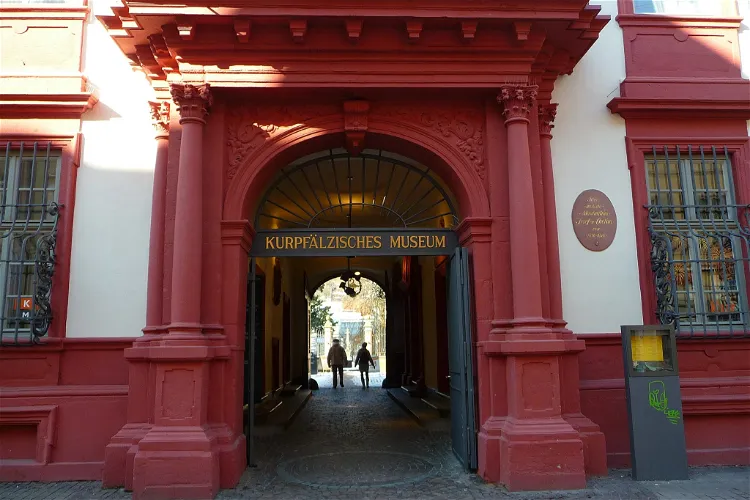
Palatinate Museum
HeidelbergThe Palatinate Museum, also known as the Kurpfälzisches Museum, is a renowned museum of art and archaeology situated in Heidelberg, Germany. The museum is housed in the historic Palais Morass, adding to its charm and appeal.
Hohenloher Freilandmuseum
Schwäbisch HallThe Hohenloher Freilandmuseum Wackershofen is a regional open-air museum located in the hamlet of Wackershofen, part of Schwäbisch Hall. Opened in 1983, the museum showcases old buildings from the northeast of Baden-Württemberg, primarily from the districts of Hohenlohe and Schwäbisch Hall. It also features structures from the Main-Tauber district, the Heilbronn district, the Rems-Murr and Ostalbkreis, as well as the districts of Heidenheim and Ludwigsburg.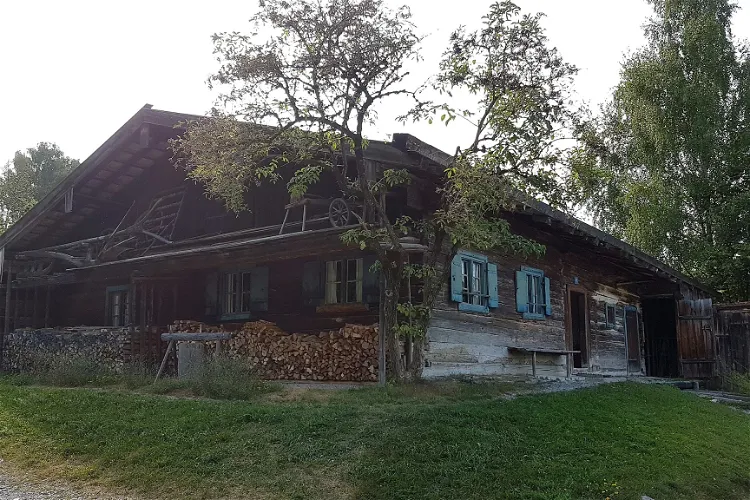
Freilichtmuseum Glentleiten
GroßweilThe Freilichtmuseum Glentleiten is a museum located in Oberbayern, dedicated to showcasing the rural life, living conditions, and economy of past centuries. It provides a unique opportunity for visitors to step back in time and experience the way of life in rural Oberbayern during the past centuries. The museum is a testament to the region's rich history and cultural heritage.
Kröpeliner Tor
RostockThe Kröpeliner Tor is a significant historical landmark in Rostock, built around 1270 in the Gothic style. It is the westernmost of the four large gates of the Rostock city fortification. This gate, with its two floors, was very large for its time and remained one of the most formidable of the city's gates.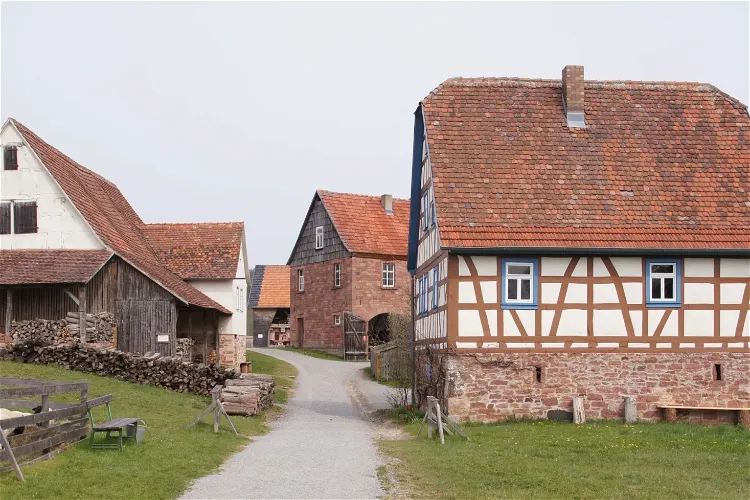
Odenwälder Freilandmuseum
WalldürnThe Odenwälder Freilandmuseum is an open-air museum located in Gottersdorf, a district of Walldürn. It is managed by the Förderverein Odenwälder Freilandmuseum e.V. The museum is open to the public from the 1st of April until the end of October each year, providing a unique opportunity to explore the history and culture of the region.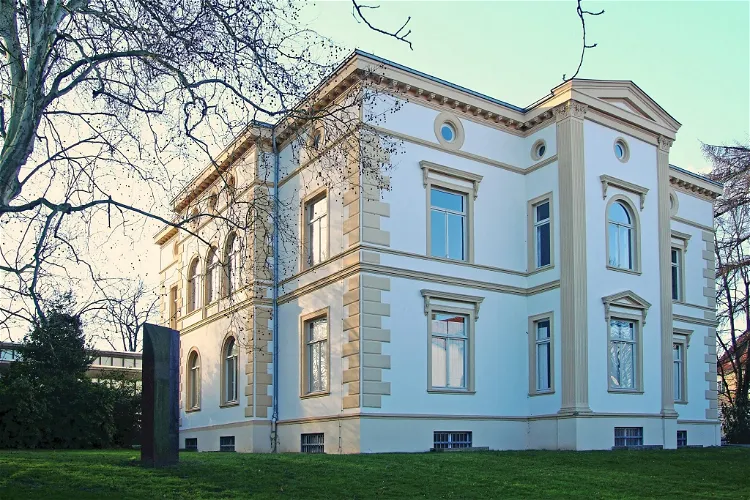
Daniel-Pöppelmann-Haus
HerfordThe Daniel-Pöppelmann-Haus is a city museum with an art association located in the East Westphalian city of Herford in North Rhine-Westphalia. Named after the architect Matthäus Daniel Pöppelmann, who was born in Herford, the museum is situated in Radewig, not far from the Gänsemarkt. The museum complex consists of the late classicist Villa Schönfeld, which houses a permanent city history exhibition, and a modern extension building made of exposed concrete, mainly used for changing art exhibitions.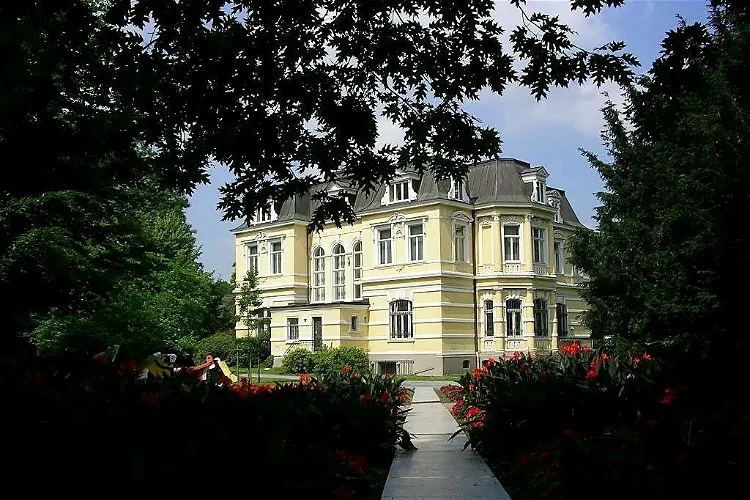
Villa Erckens - Museum der Niederrheinischen Seele
GrevenbroichToday, Villa Erckens is home to the permanent exhibition titled "Museum of the Lower Rhine Soul". This exhibition spans approximately 370 m² and provides an overview of the everyday life, culture, and mentality of the Lower Rhine region. Visitors can gain a comprehensive understanding of the region's history and culture through this exhibition.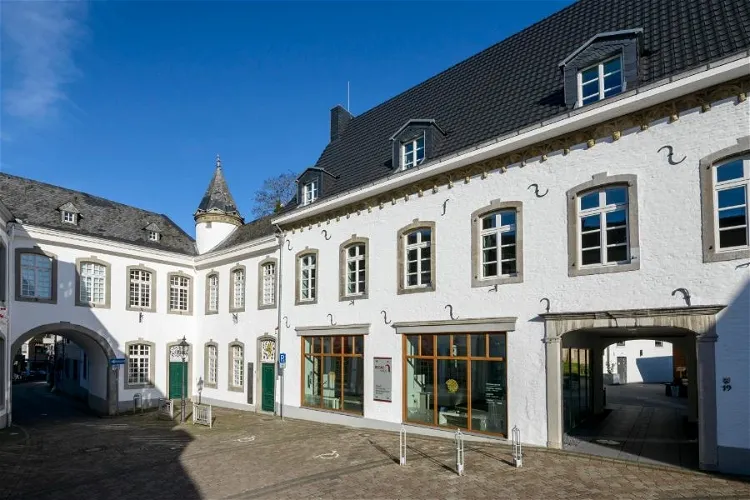
BEGAS HAUS - Museum für Kunst- und Regionalgeschichte Heinsberg
HeinsbergThe Begas Haus is the Museum for Art and Regional History in Heinsberg. It is named after the Begas family, a lineage of artists who were active over four generations. The patriarch of the family, Carl Joseph Begas, was born in Heinsberg in 1794. The museum is a testament to the family's artistic legacy and the regional history of Heinsberg.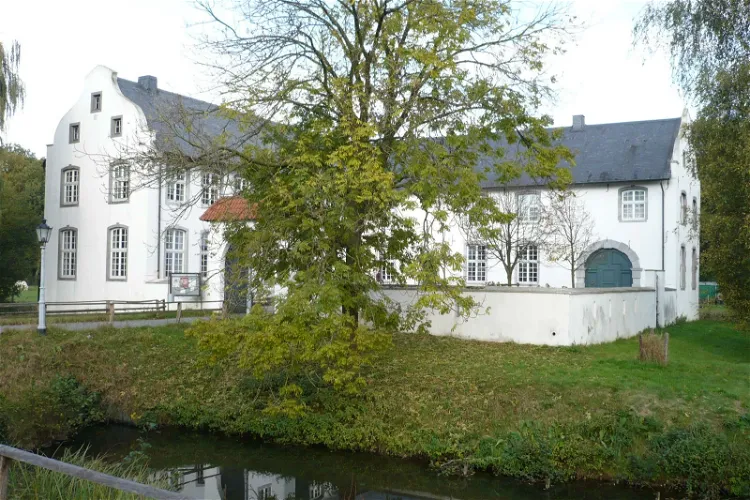
Dorenburg Open-Air Museum
GrefrathThe Niederrheinische Freilichtmuseum is a folkloric open-air museum that provides a glimpse into the rural and artisanal culture of the central Lower Rhine region. It is an excellent place for tourists who are interested in history and culture to learn about the traditional ways of life in this part of Germany.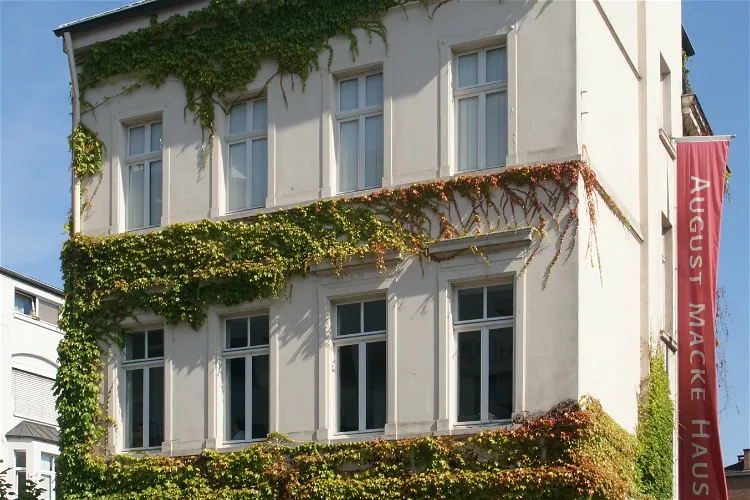
August Macke House
BonnThe August-Macke-Haus, also known as the August Macke House, is a museum located in Bonn, Germany. It was opened in 1991 and is dedicated to the life and works of the expressionist painter August Macke. The museum is housed in Macke's former residence, where he lived from 1911 to 1914. It offers a unique insight into the artist's life and his artistic journey.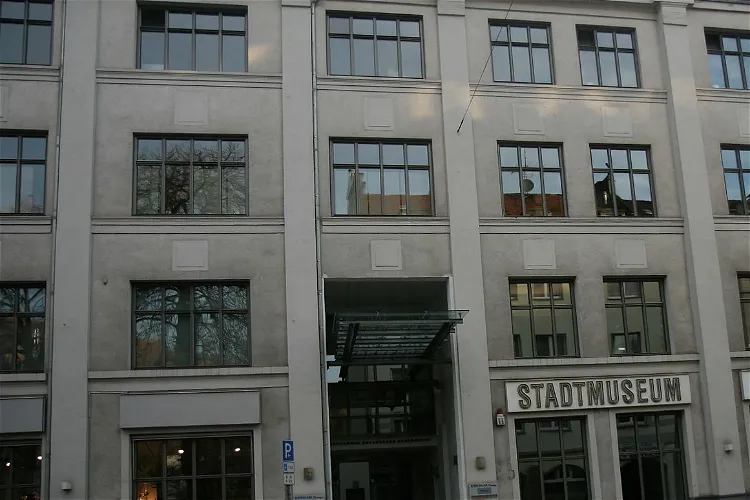
Stadtmuseum Hagen
HagenThe Stadtmuseum Hagen is a museum that focuses on the history of the independent Westphalian city of Hagen and the surrounding region. This includes the former counties of Mark and Limburg. The museum provides a comprehensive overview of the region's history, making it a valuable resource for those interested in understanding the area's past.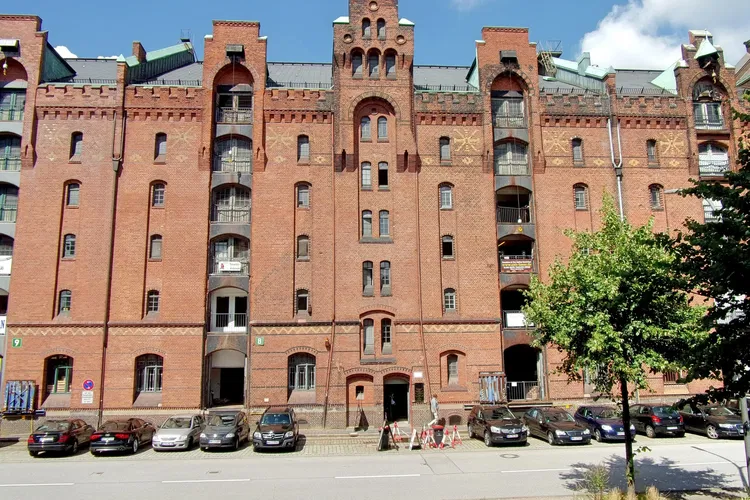
Spicy's Spice Museum
HamburgThe museum is situated in the historic Speicherstadt, on an old storage floor in the Speicher Block L. This location adds to the charm and authenticity of the museum, providing a fitting backdrop for the exploration of spices.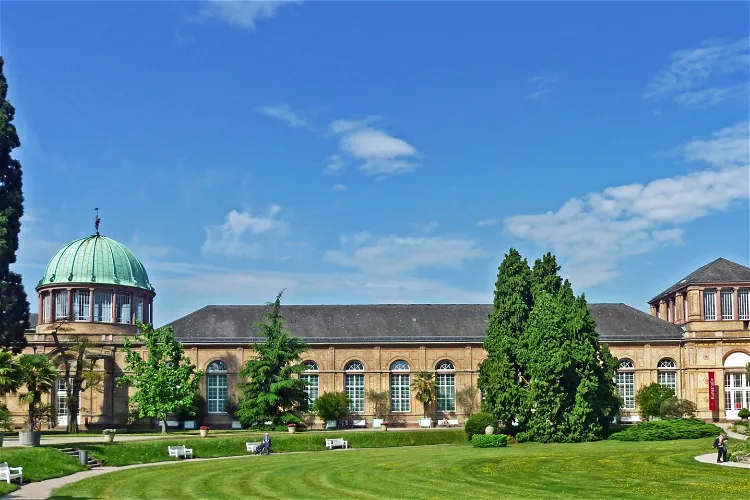
Orangerie
KarlsruheThe Orangerie in Karlsruhe, located in Baden-Württemberg, Germany, is a historical site that was once the orangery of the city's botanical garden. Today, it serves a new purpose as an exhibition hall for the Kunsthalle Karlsruhe, showcasing works from the 20th and 21st centuries.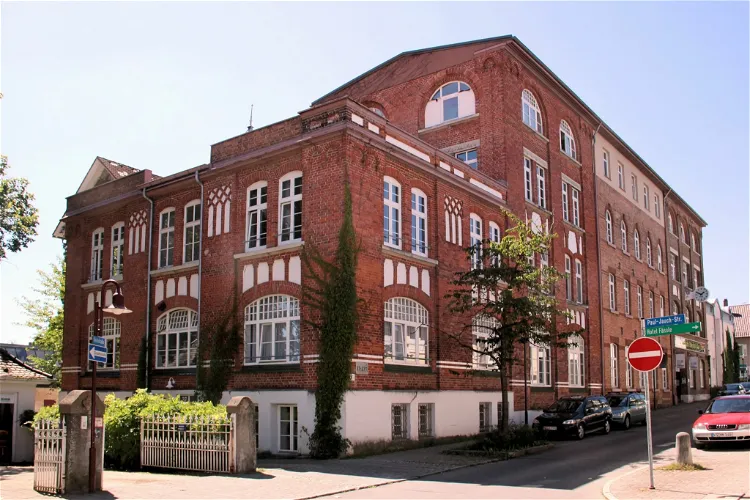
Museum of Clockmaking
Villingen-SchwenningenThe Museum of Clockmaking, also known as Uhrenindustriemuseum in German, is situated in the town of Villingen-Schwenningen in Germany. The museum is dedicated to preserving and showcasing the history of the clockmaking industry that was once a significant part of the town's identity. It provides a unique insight into the town's past and the evolution of the clockmaking industry.